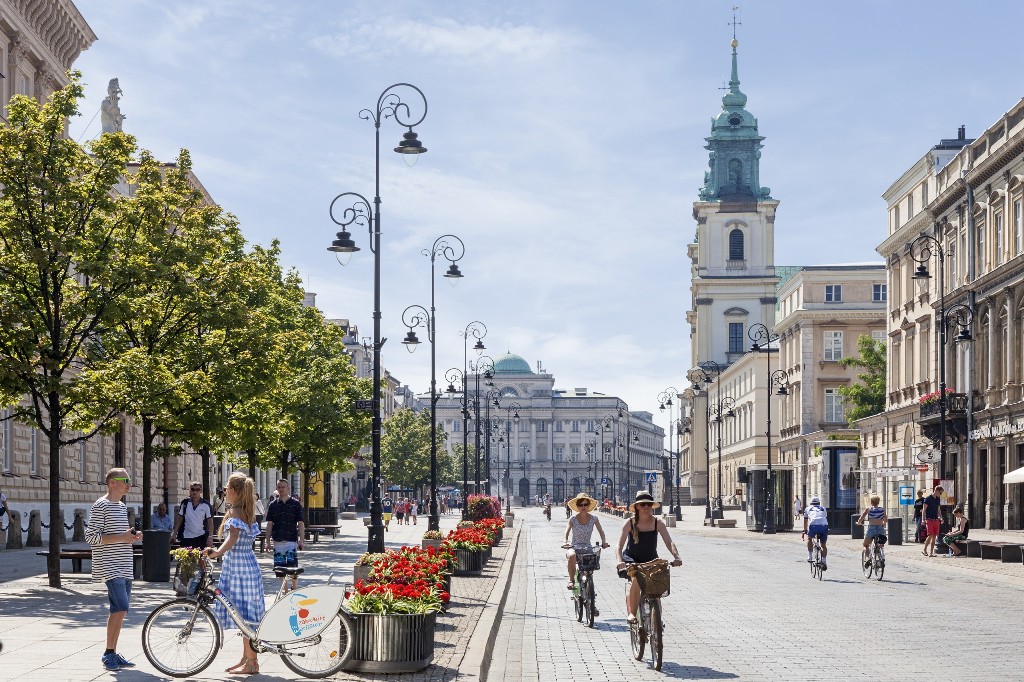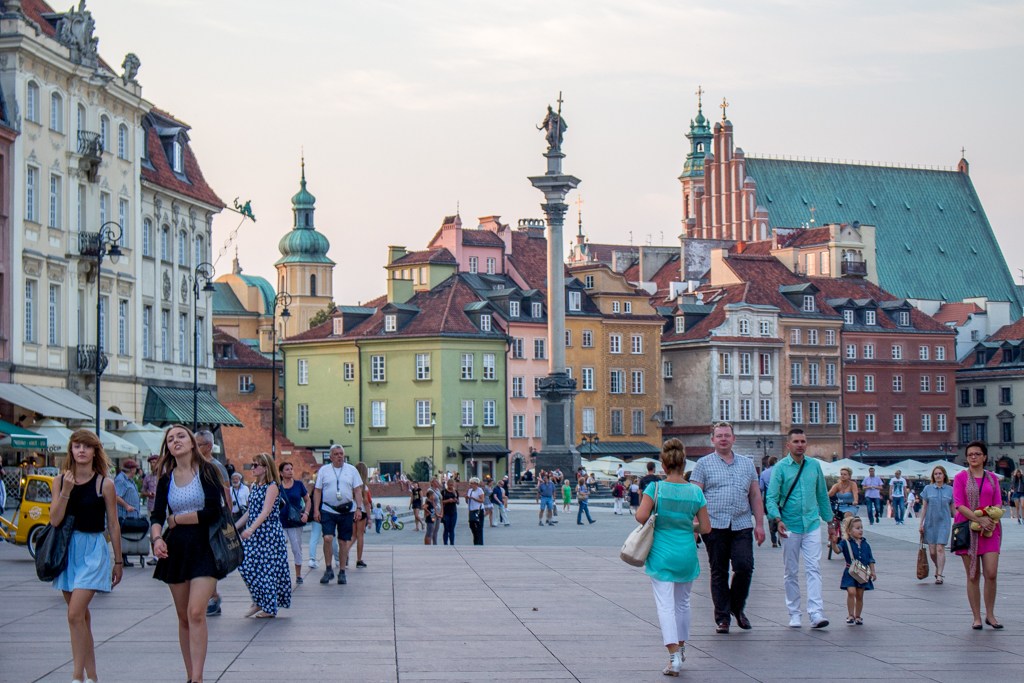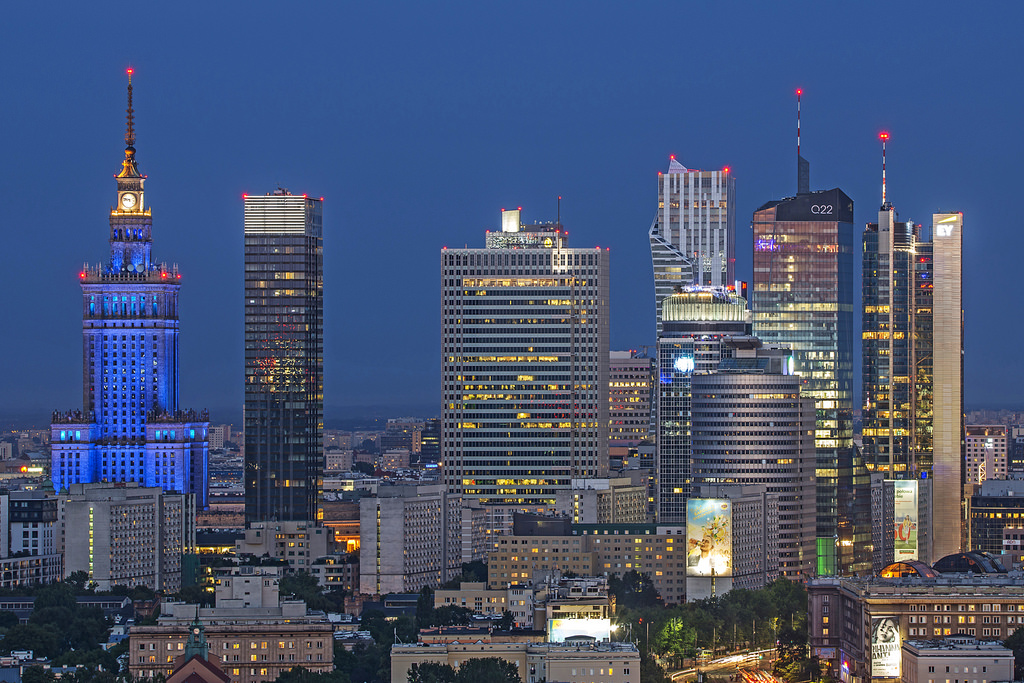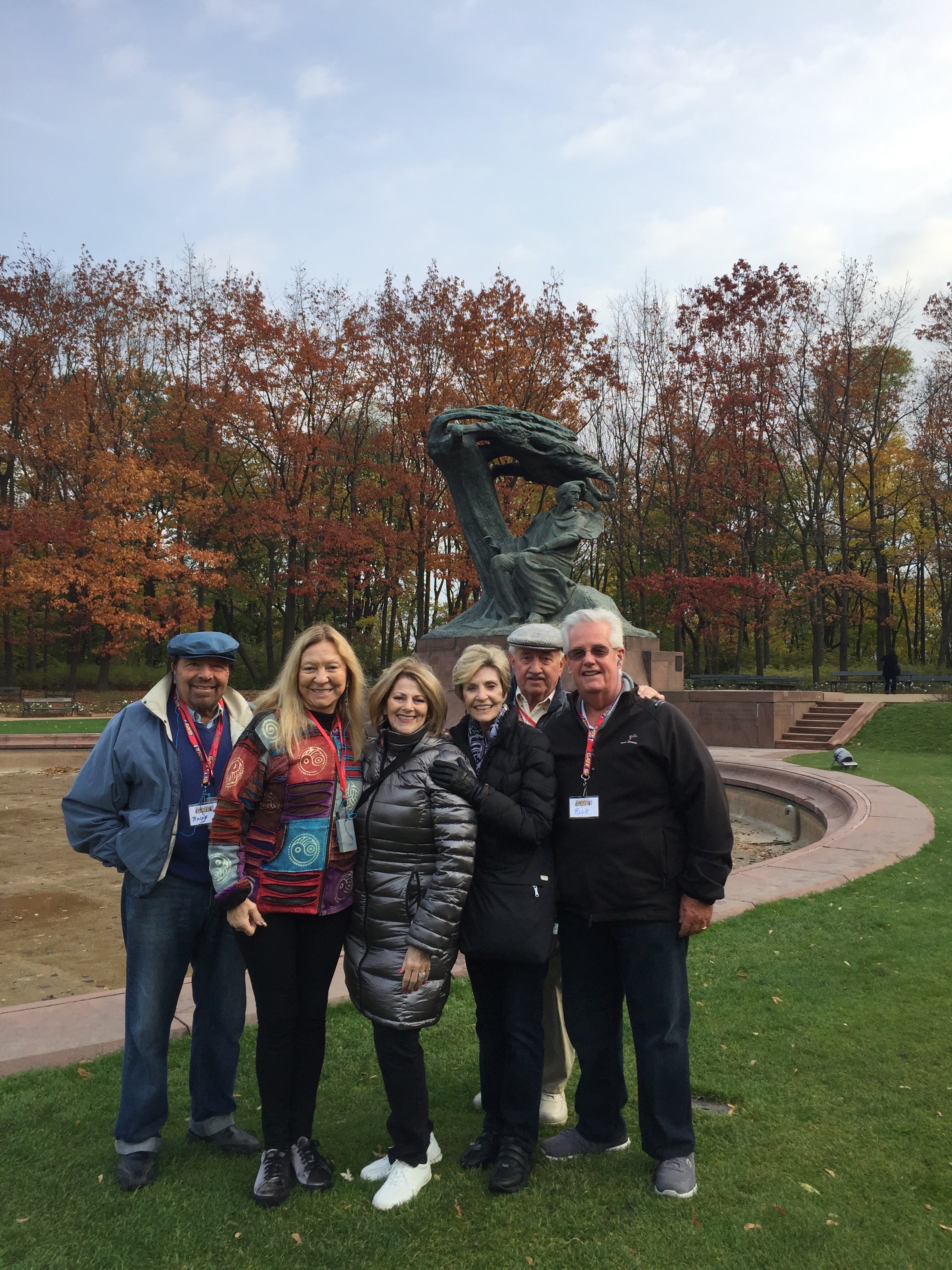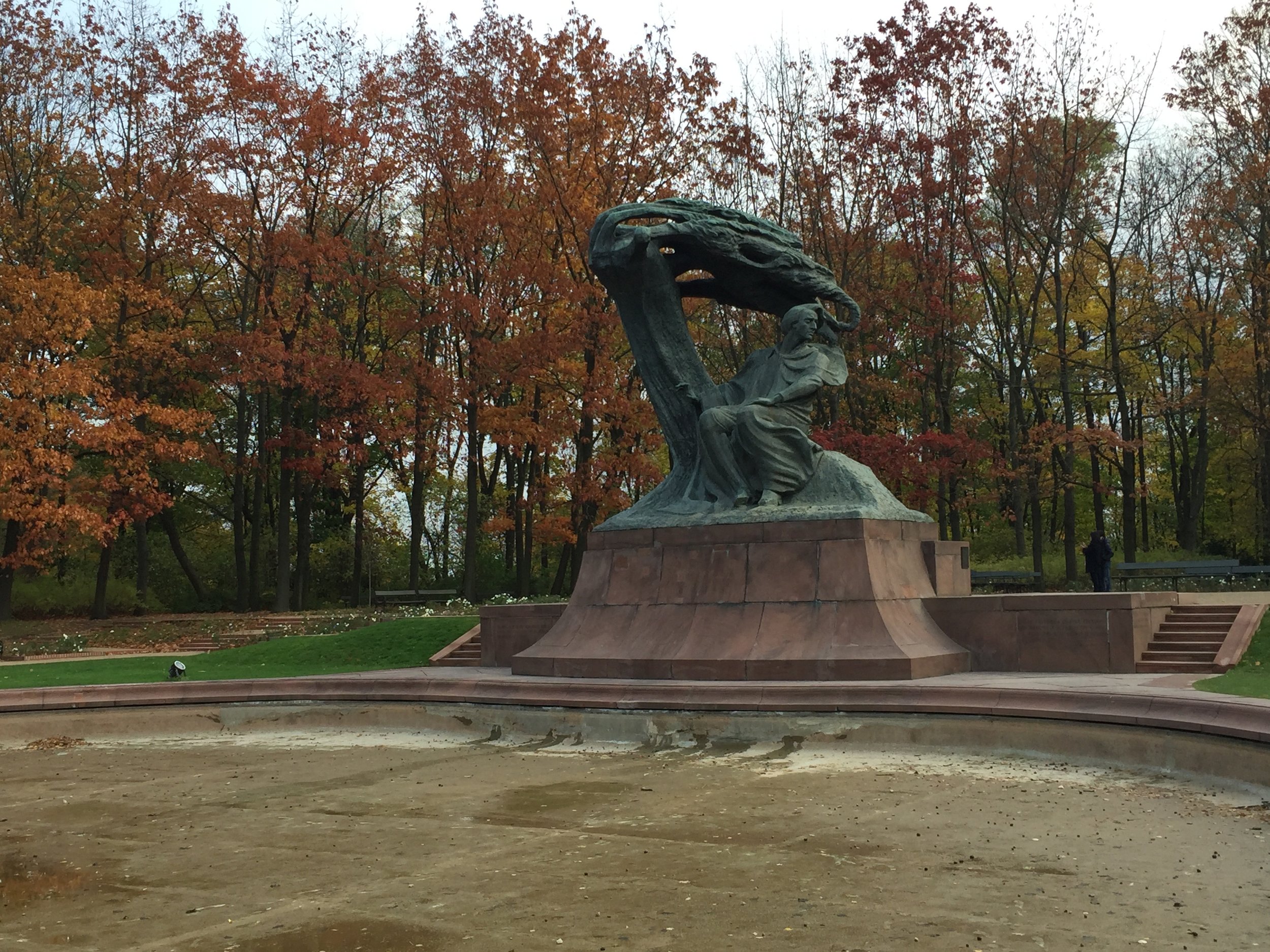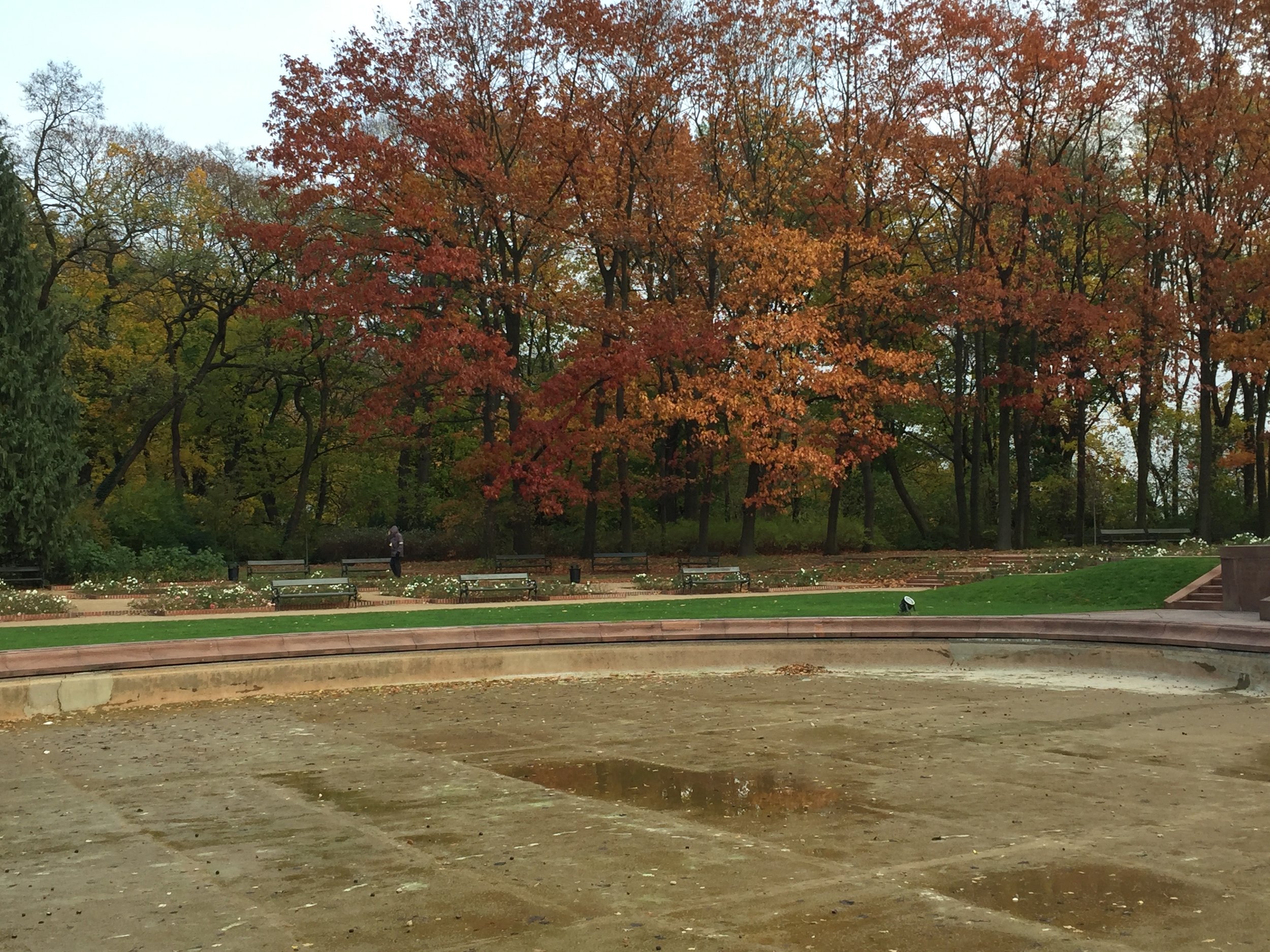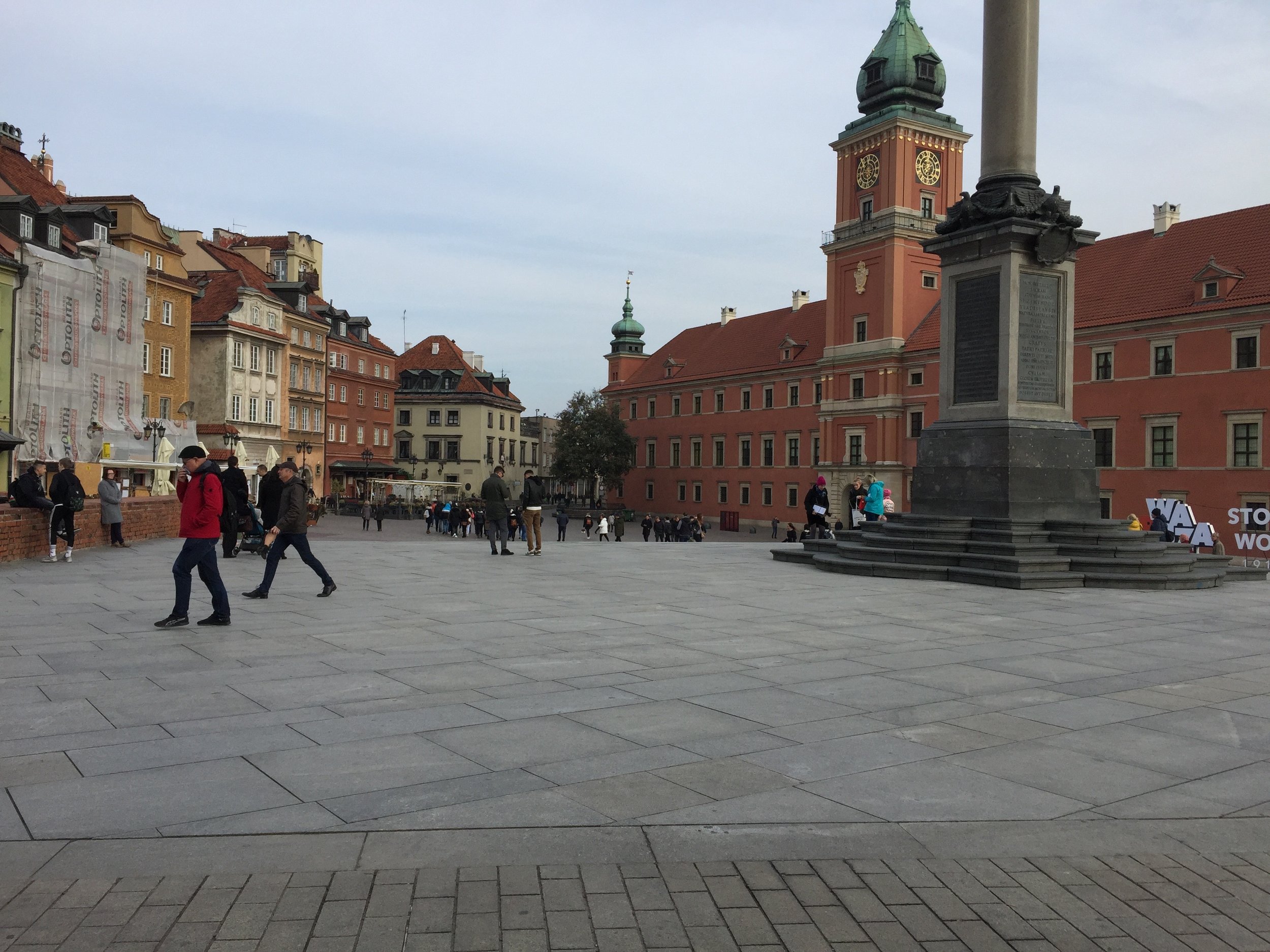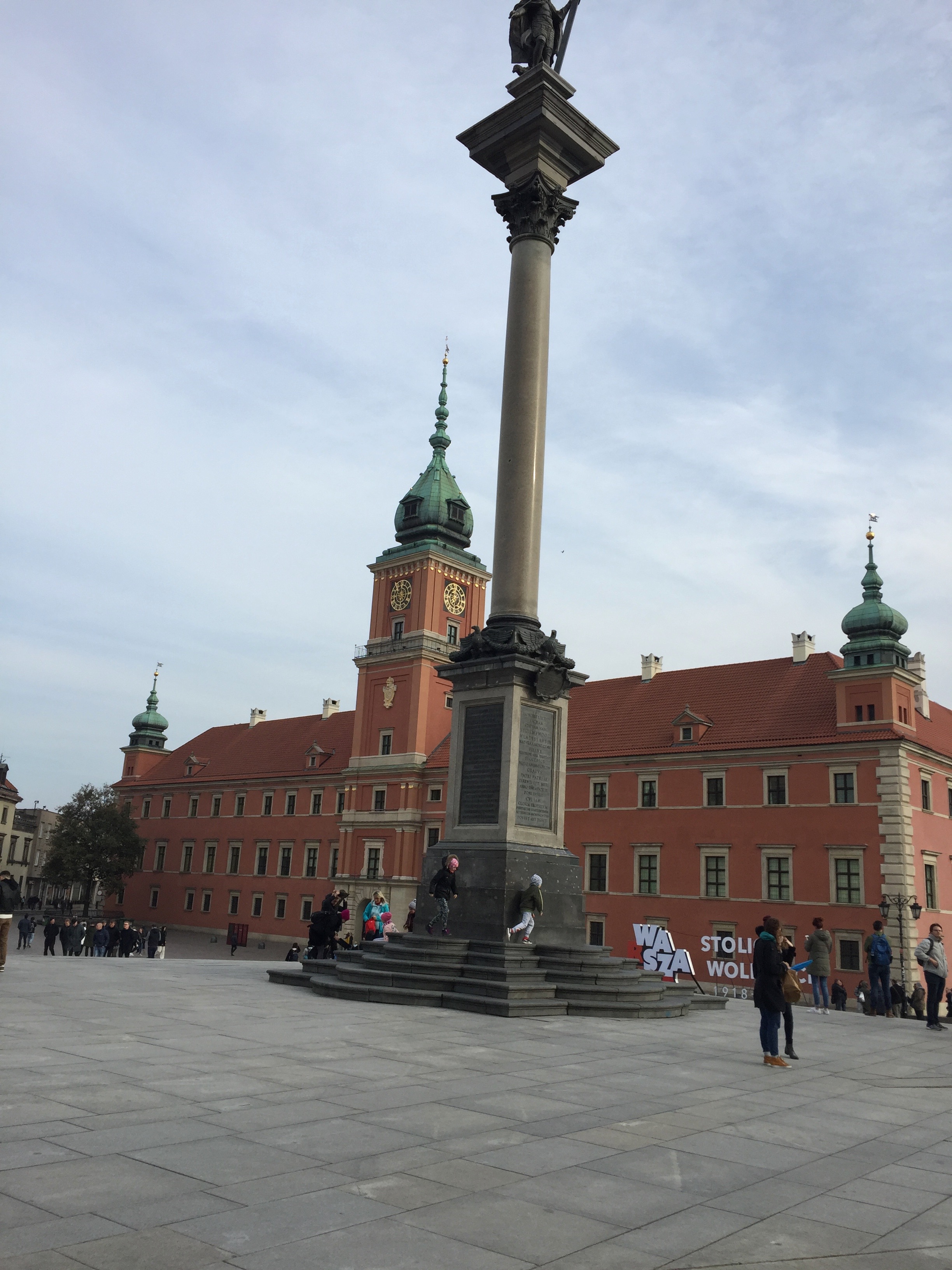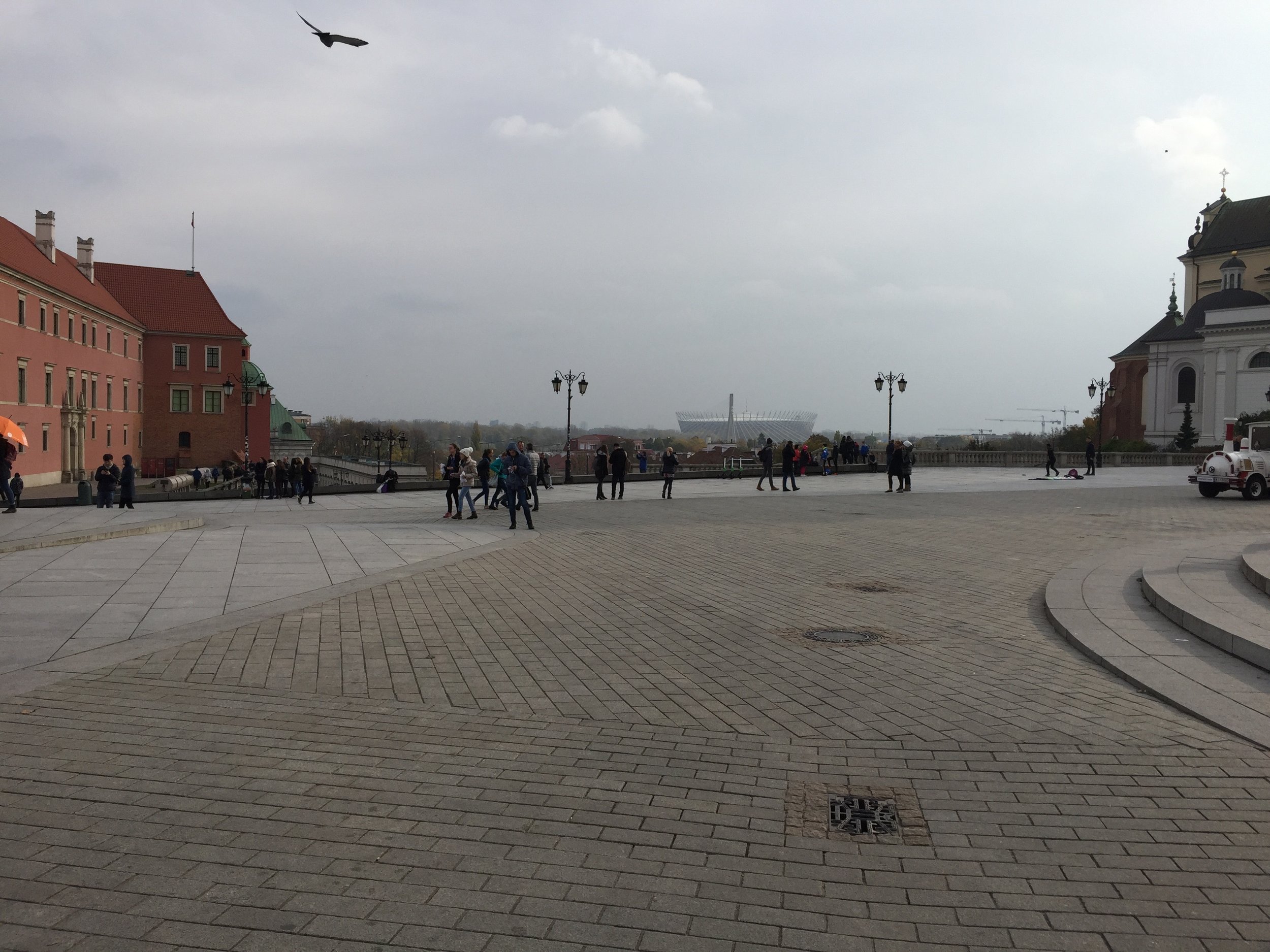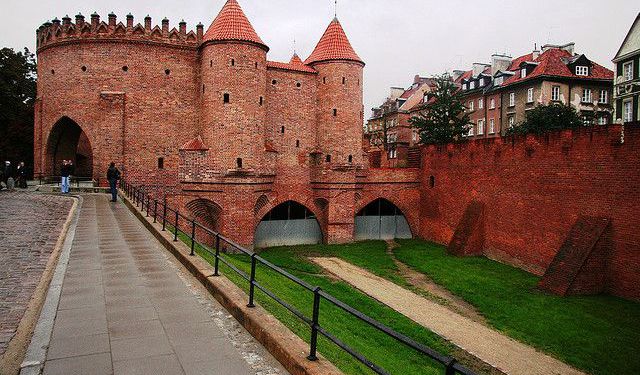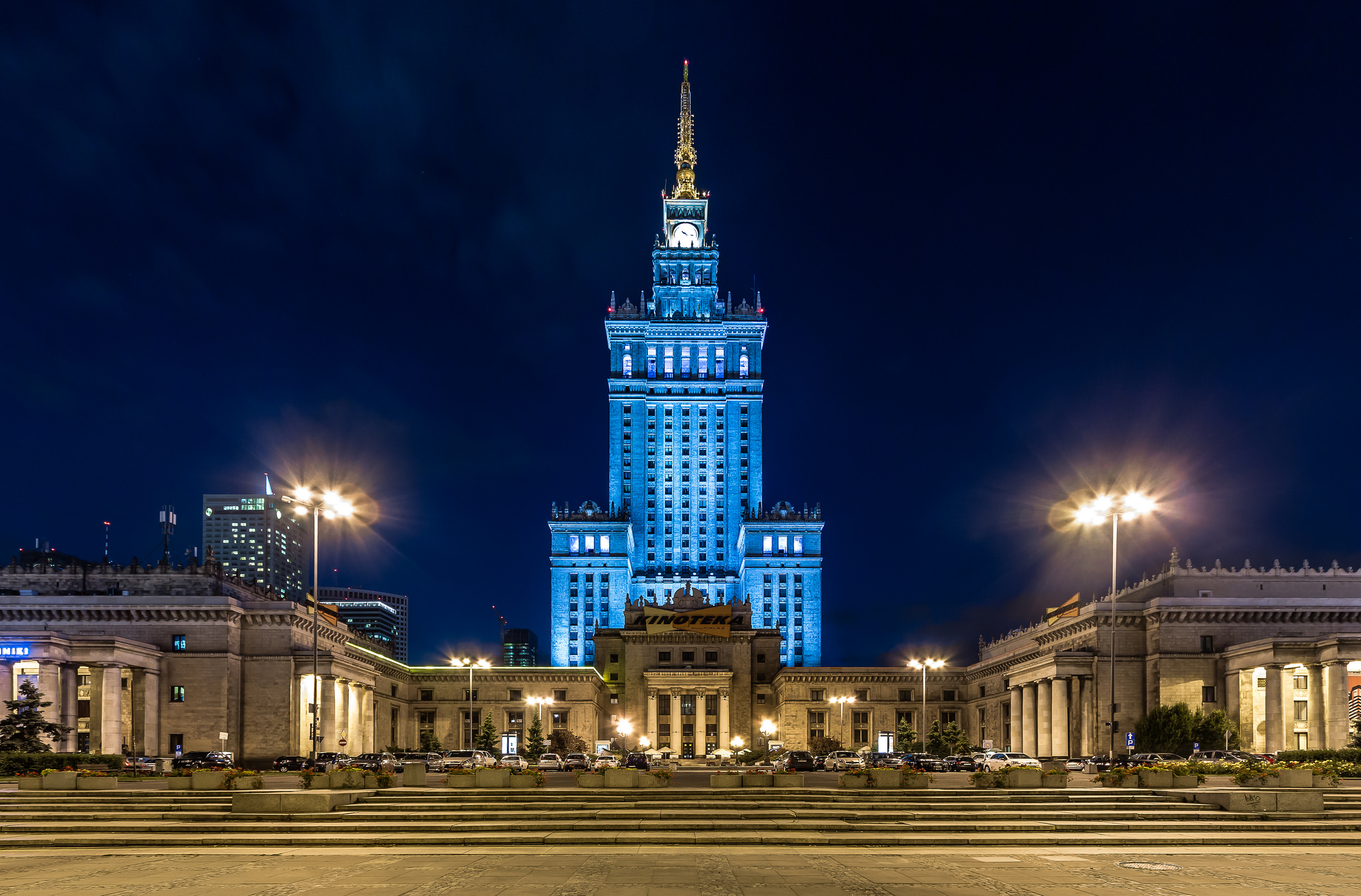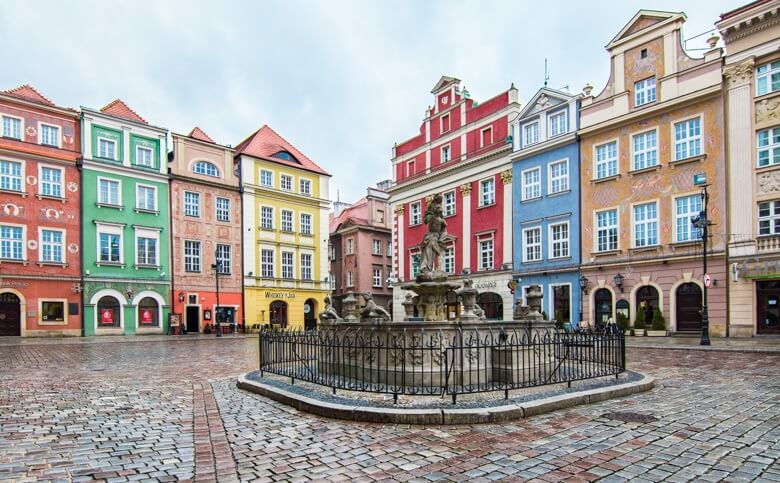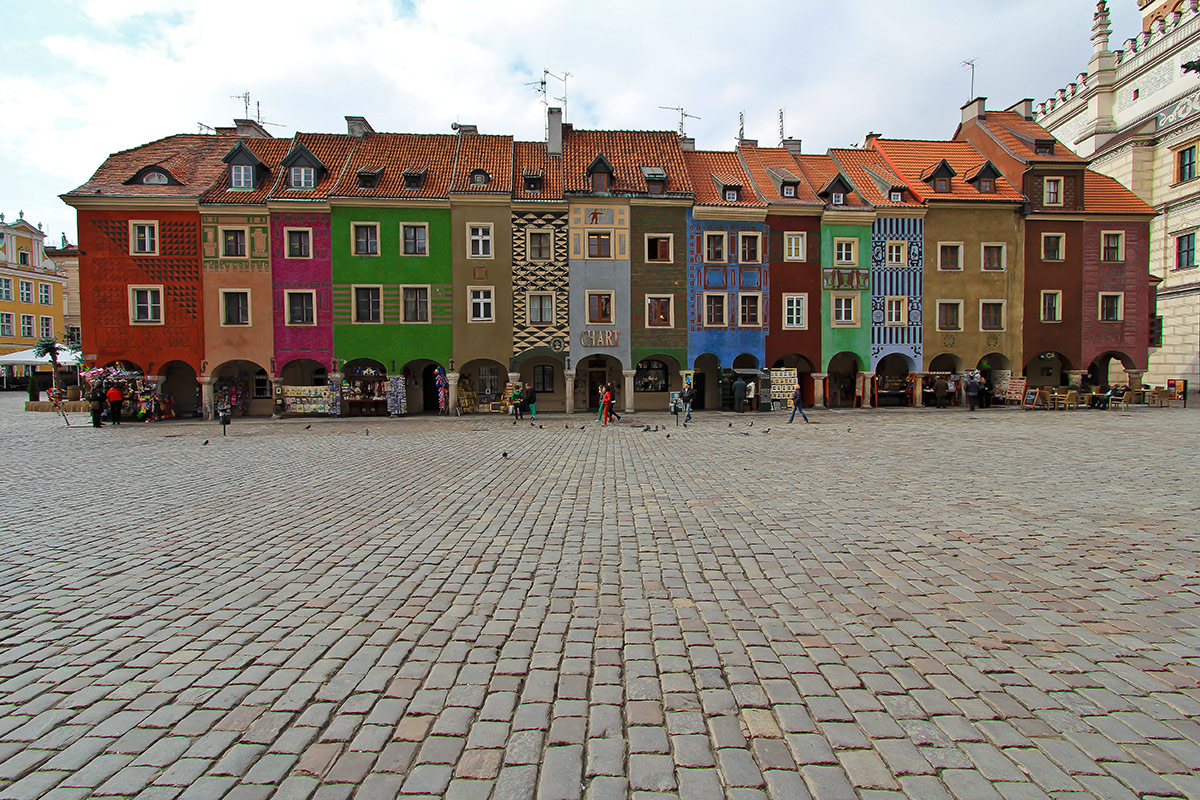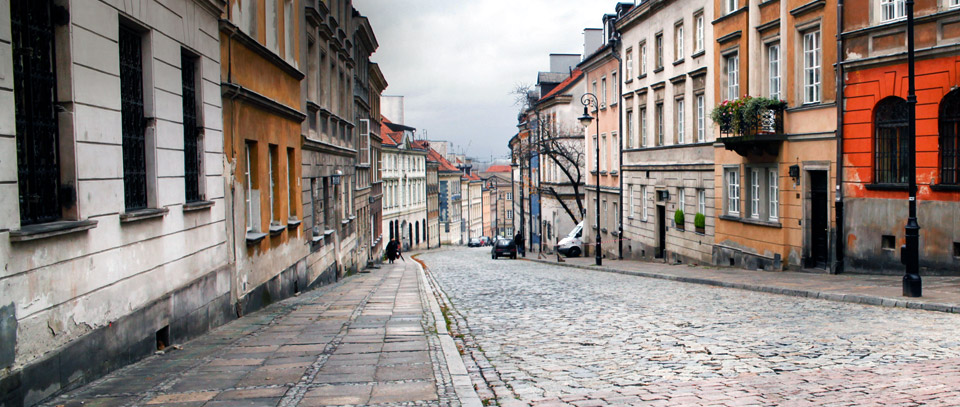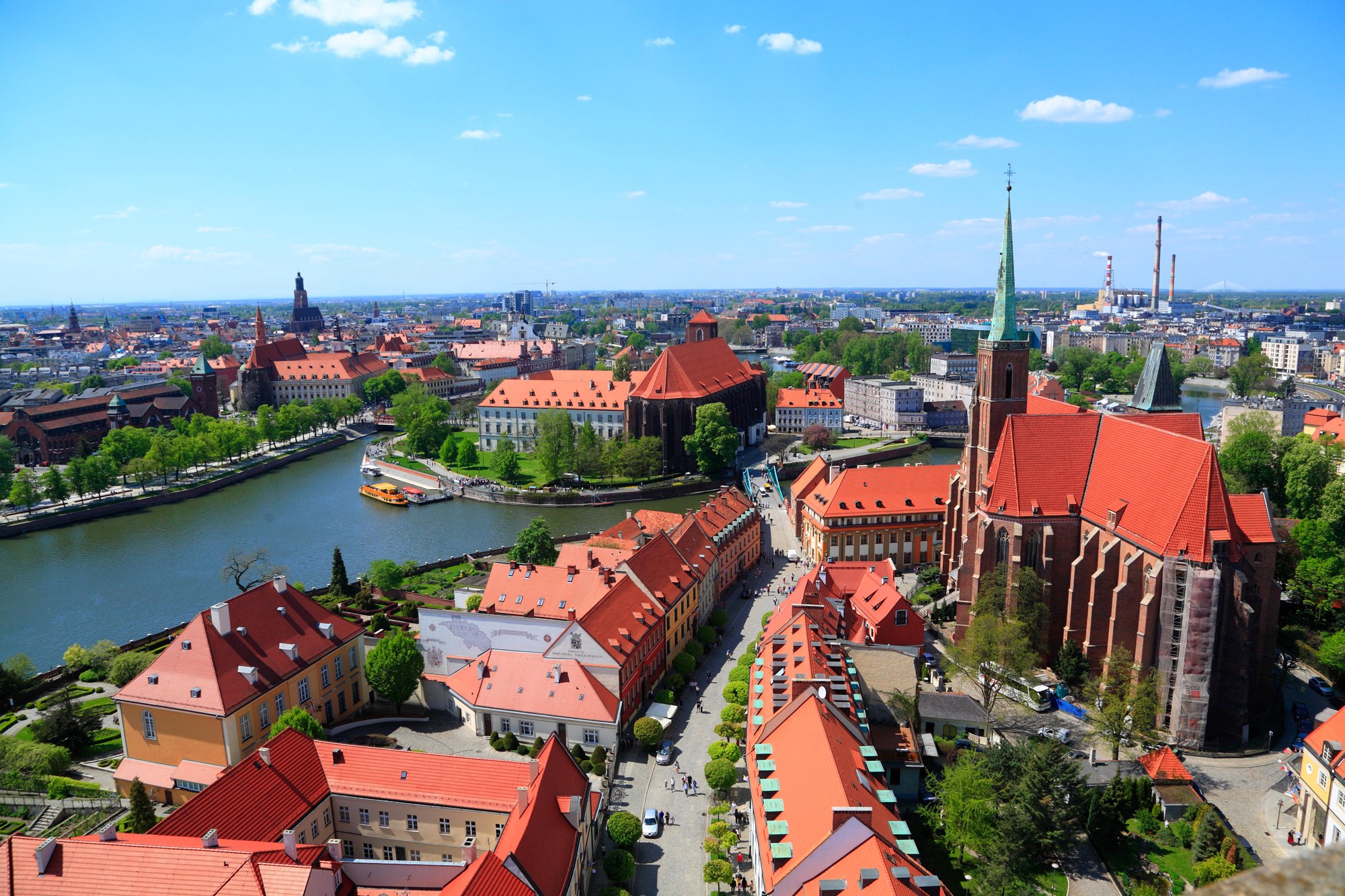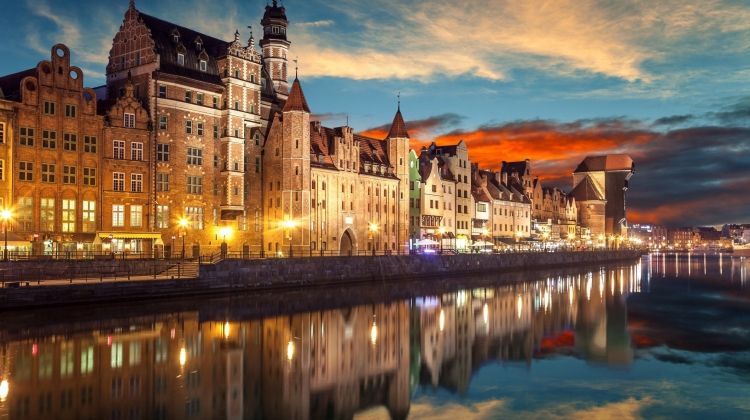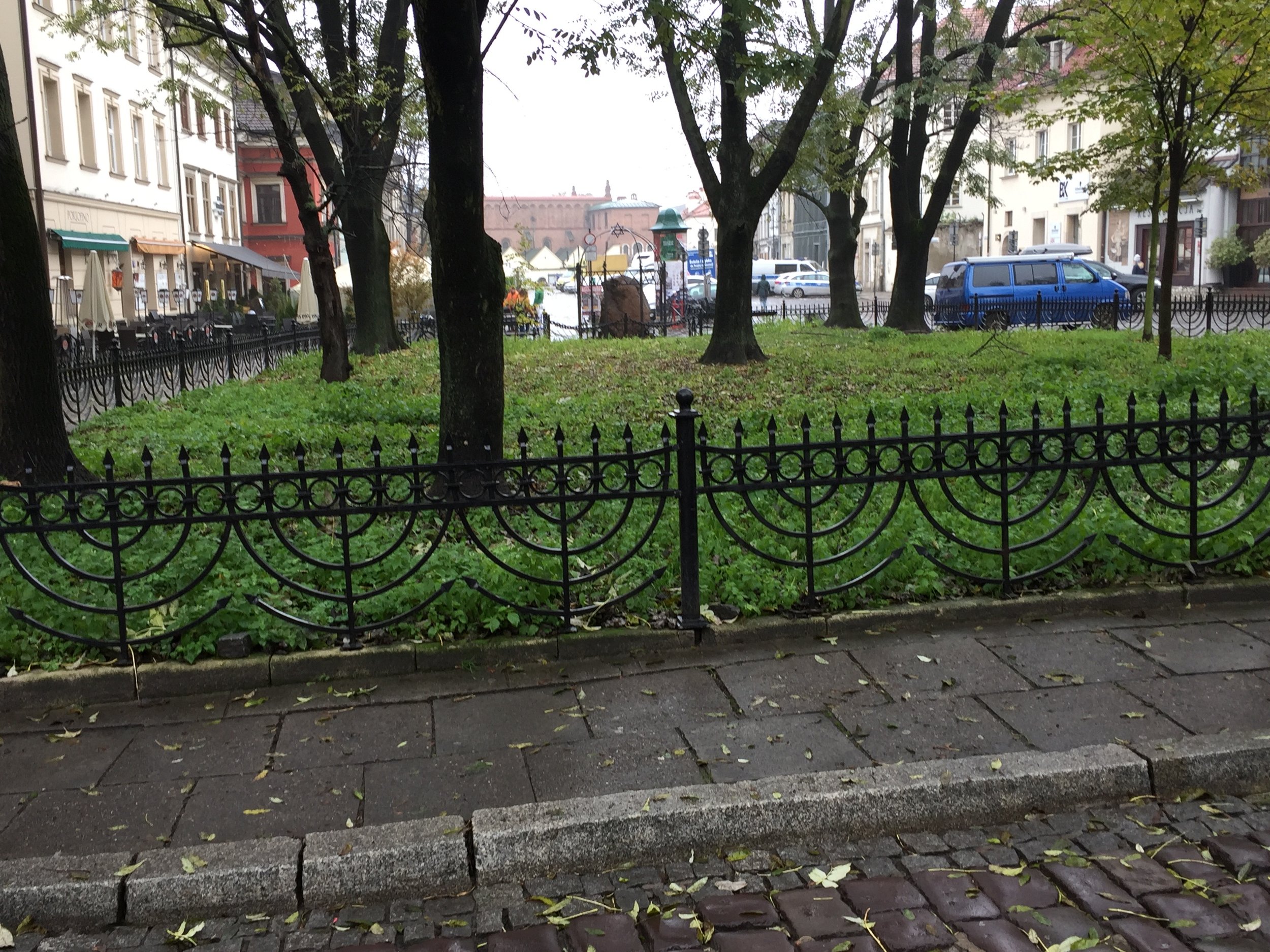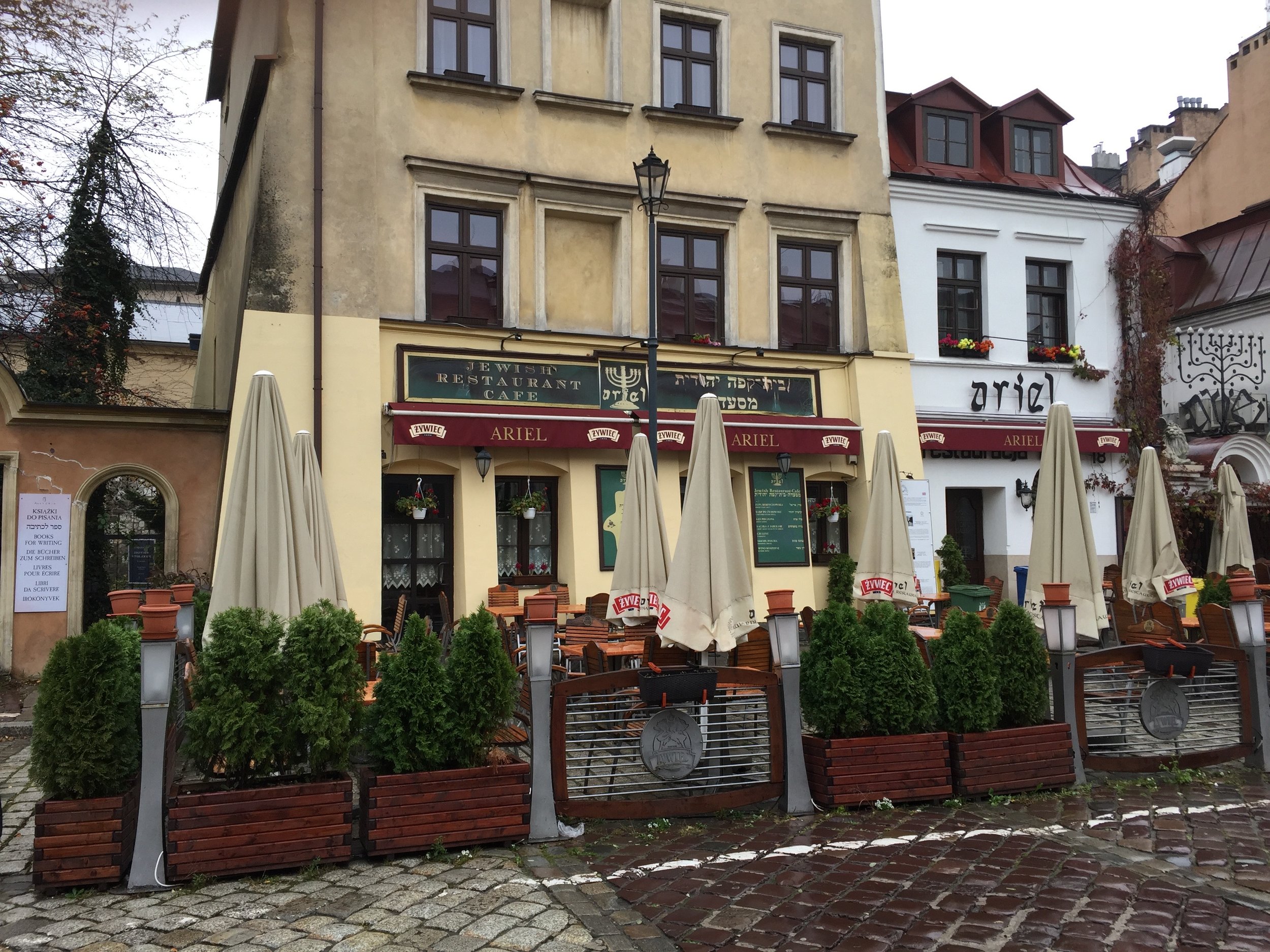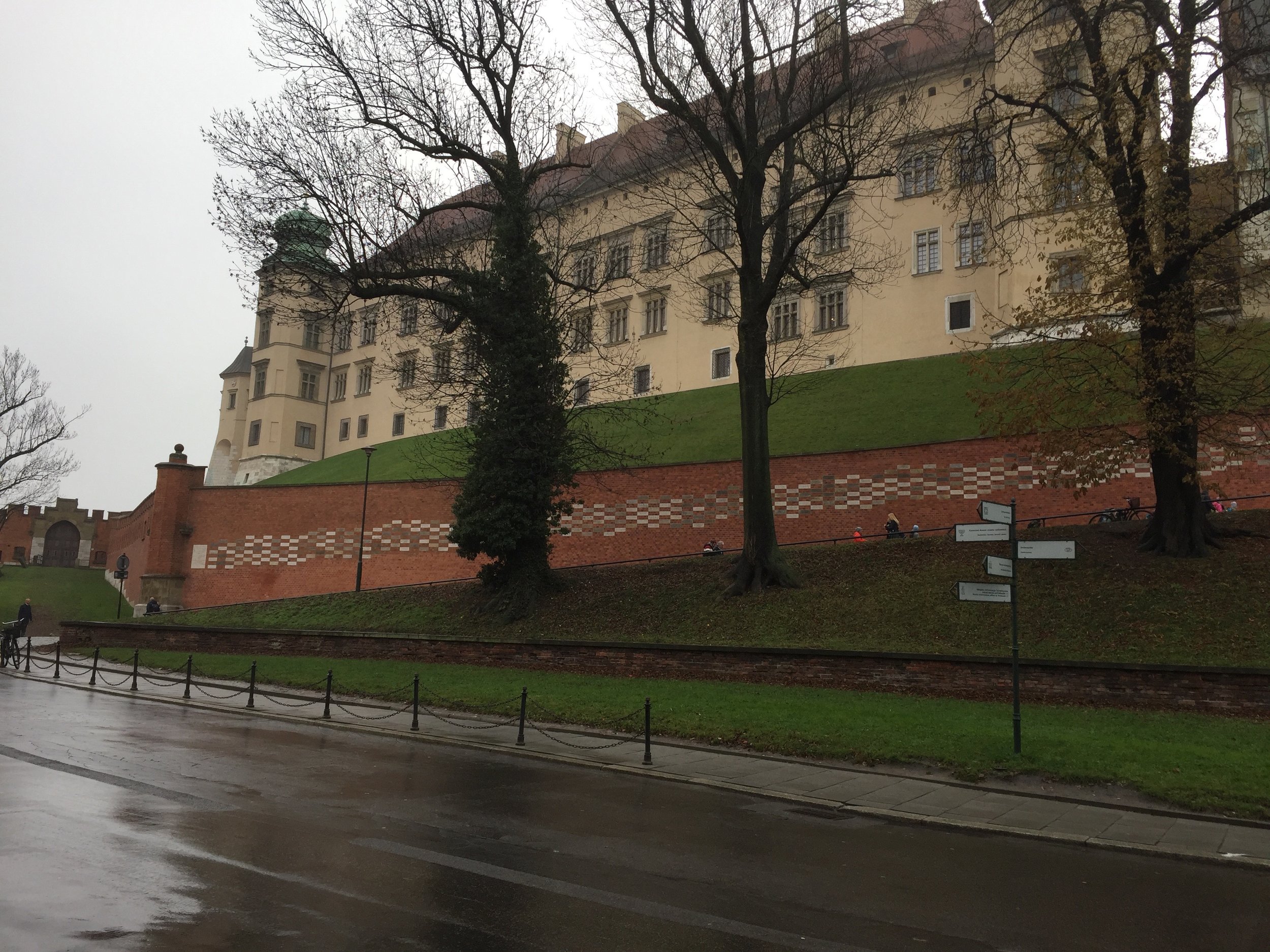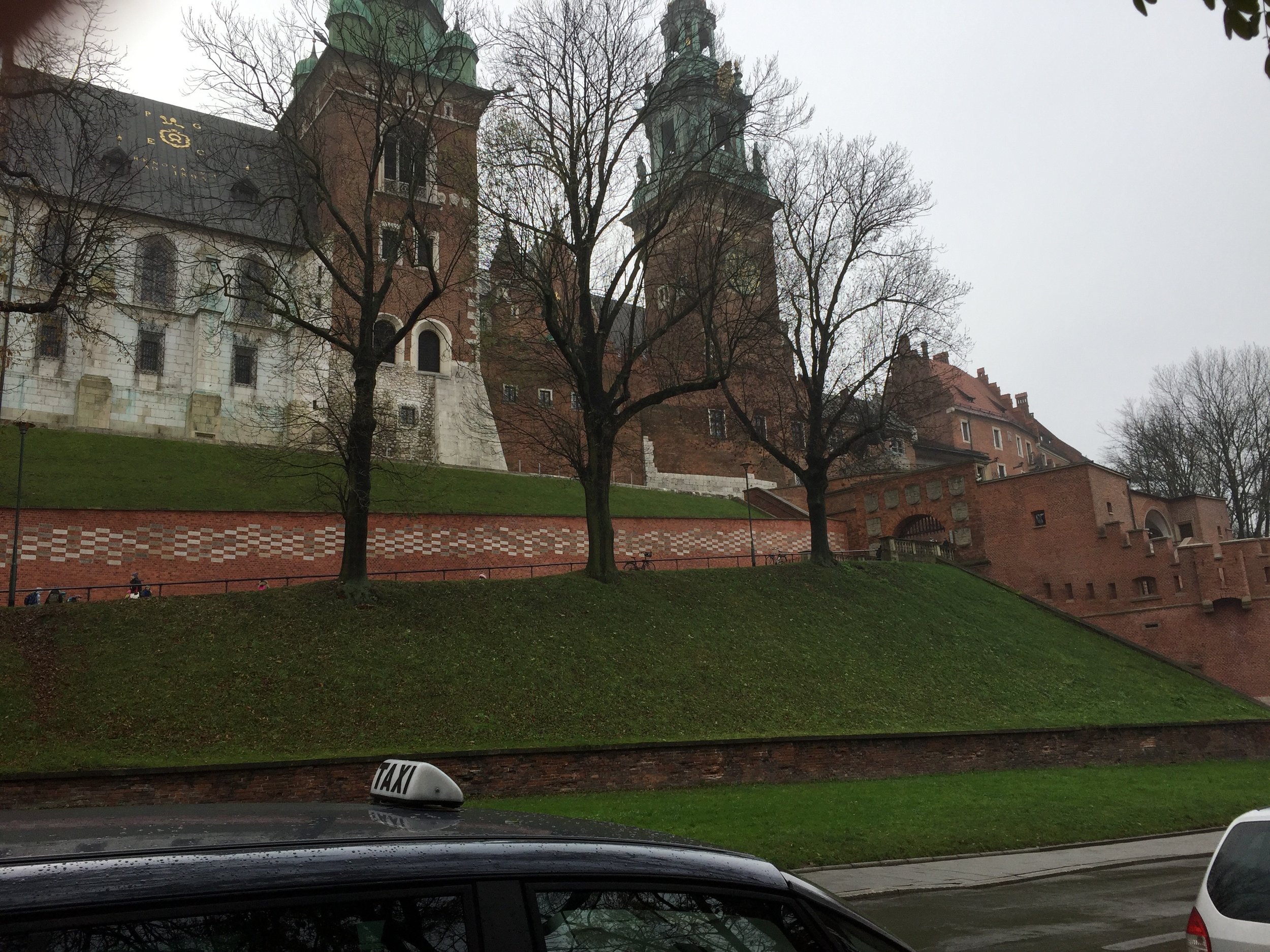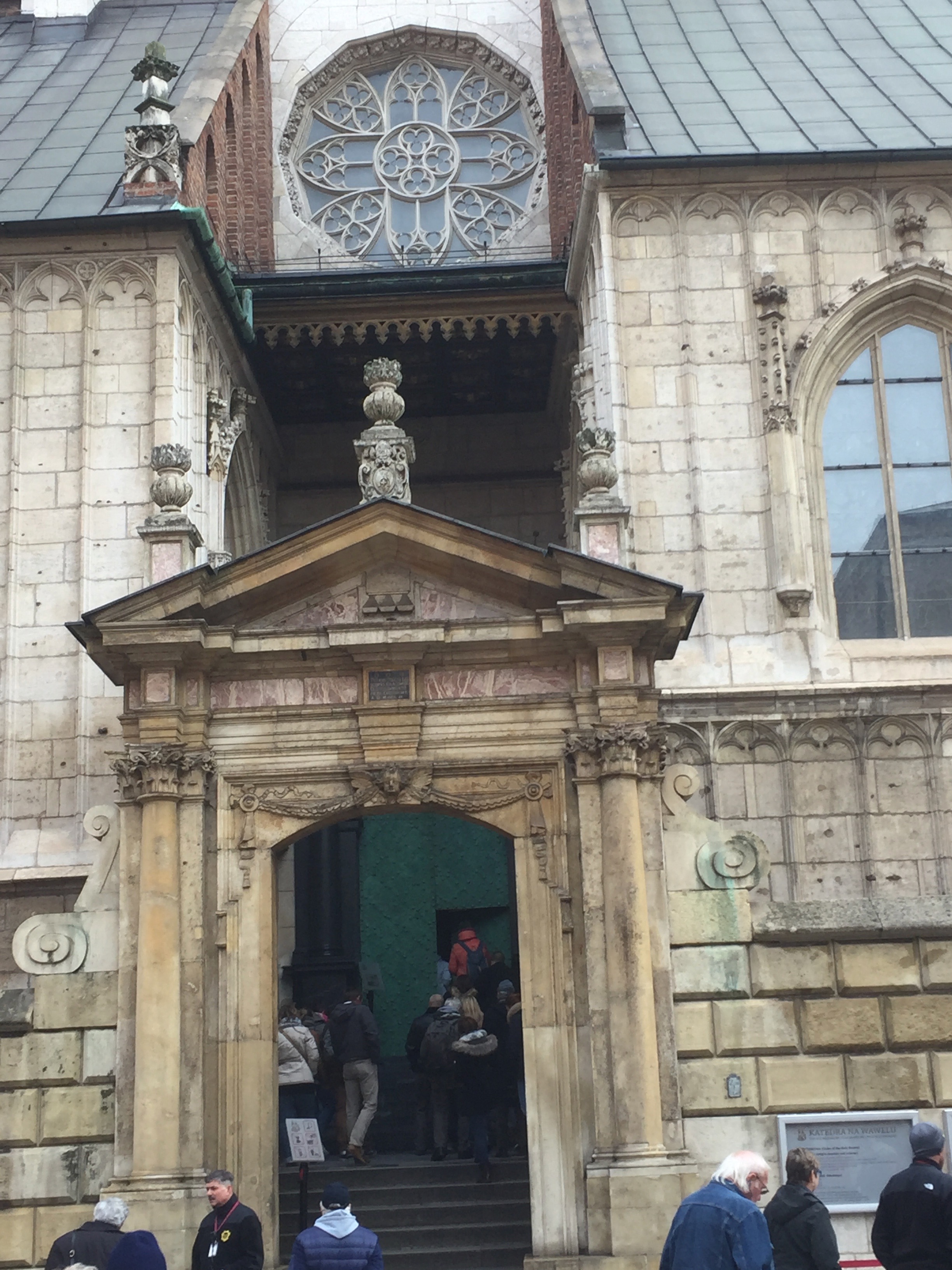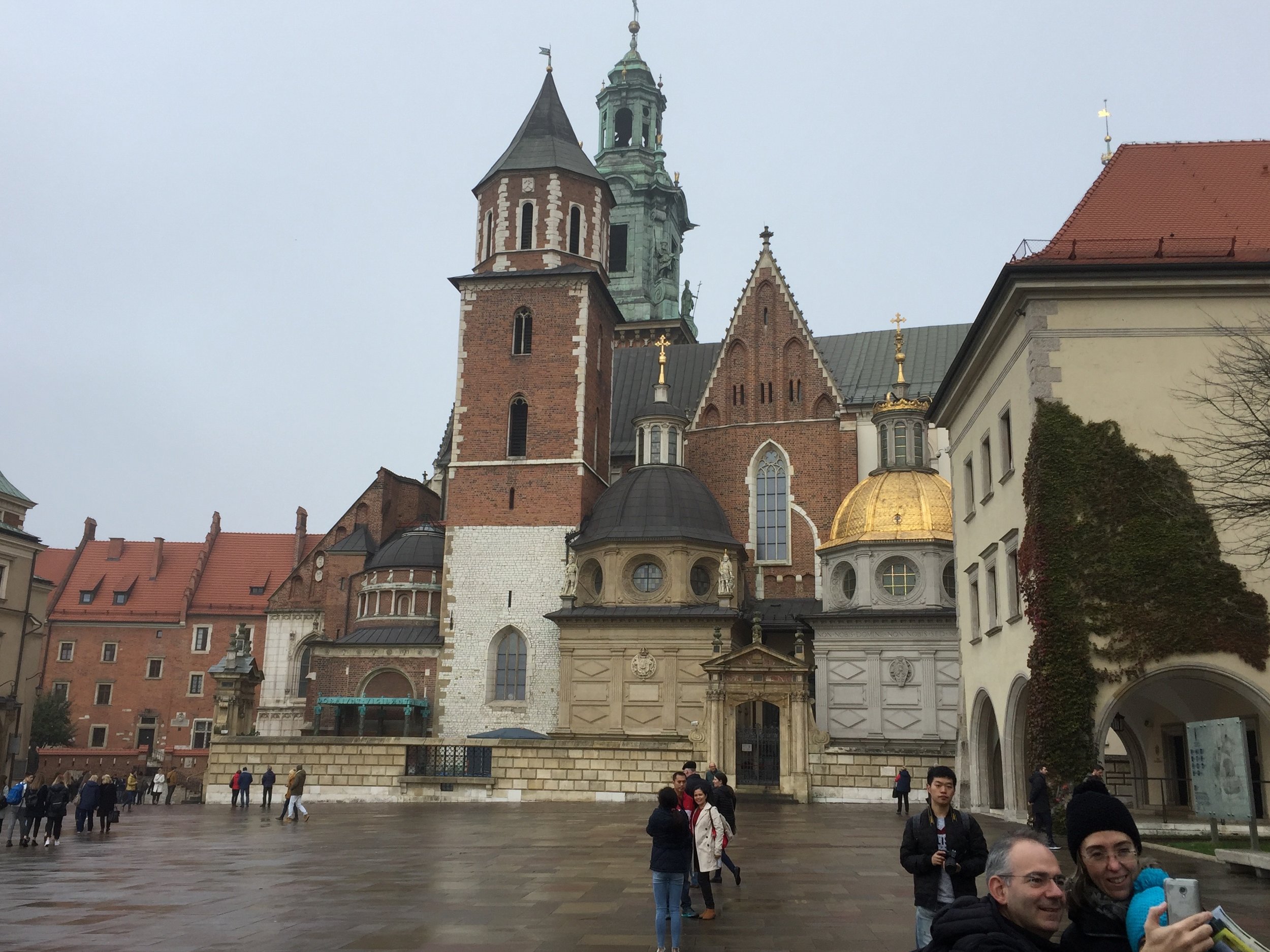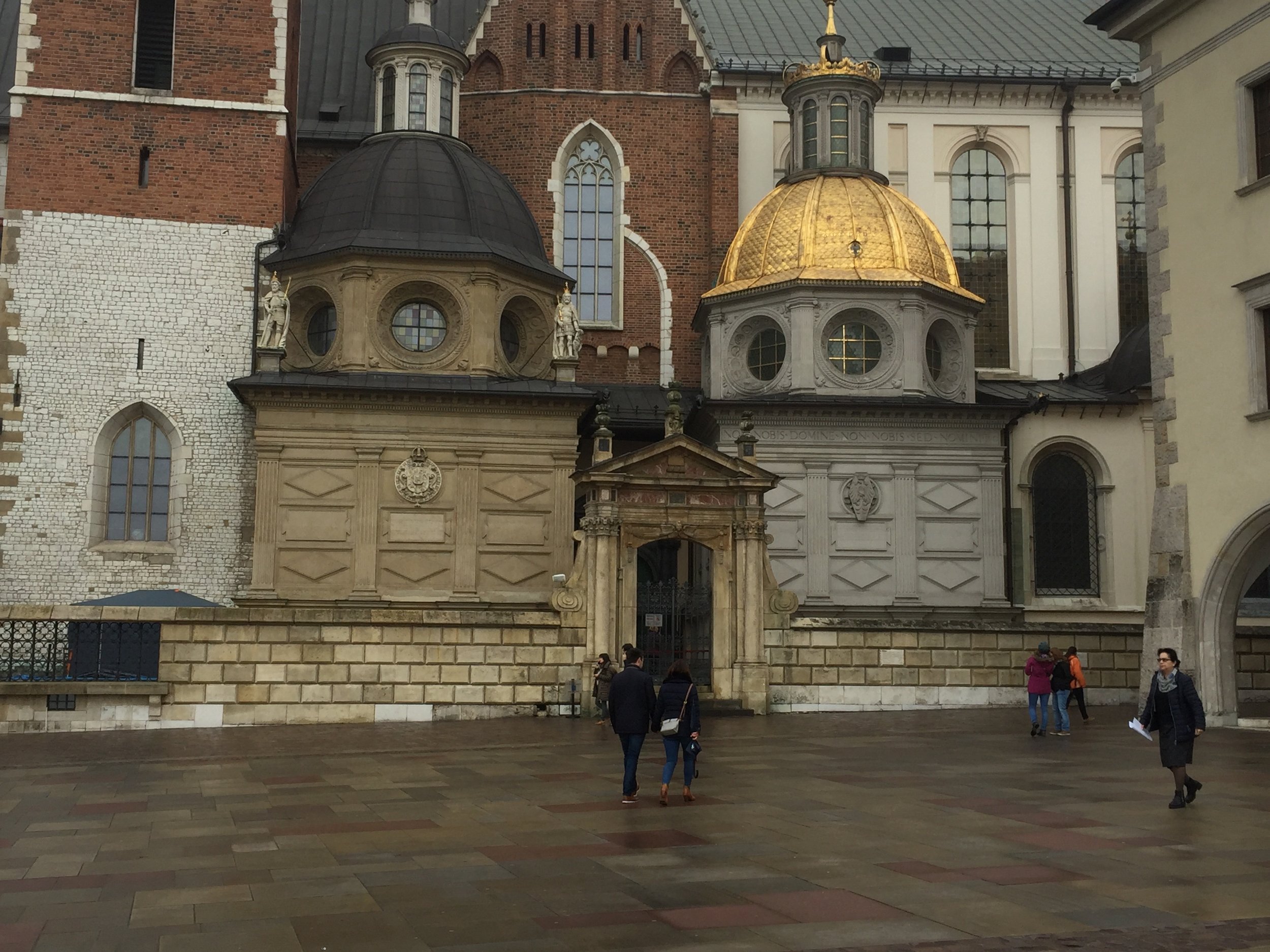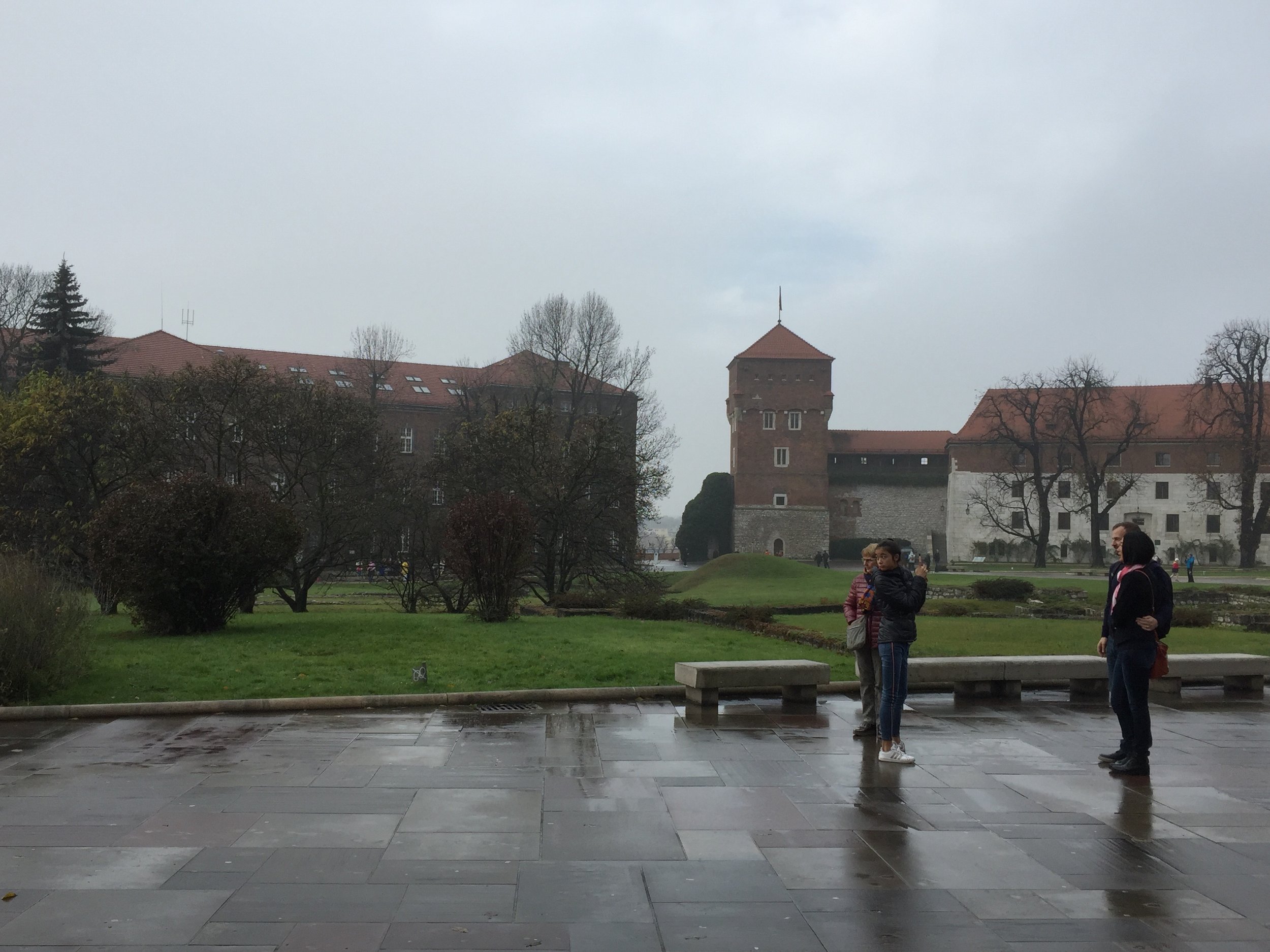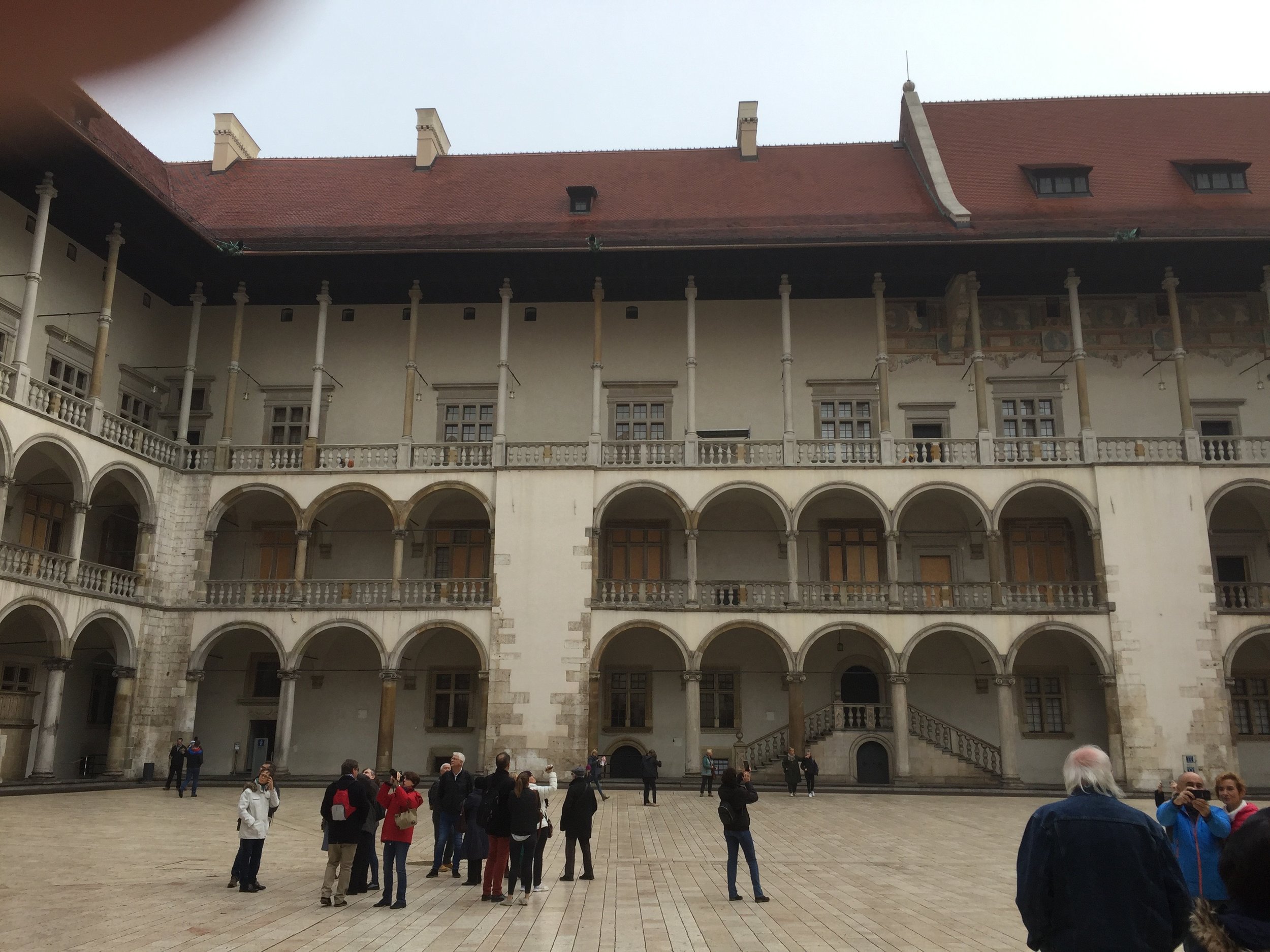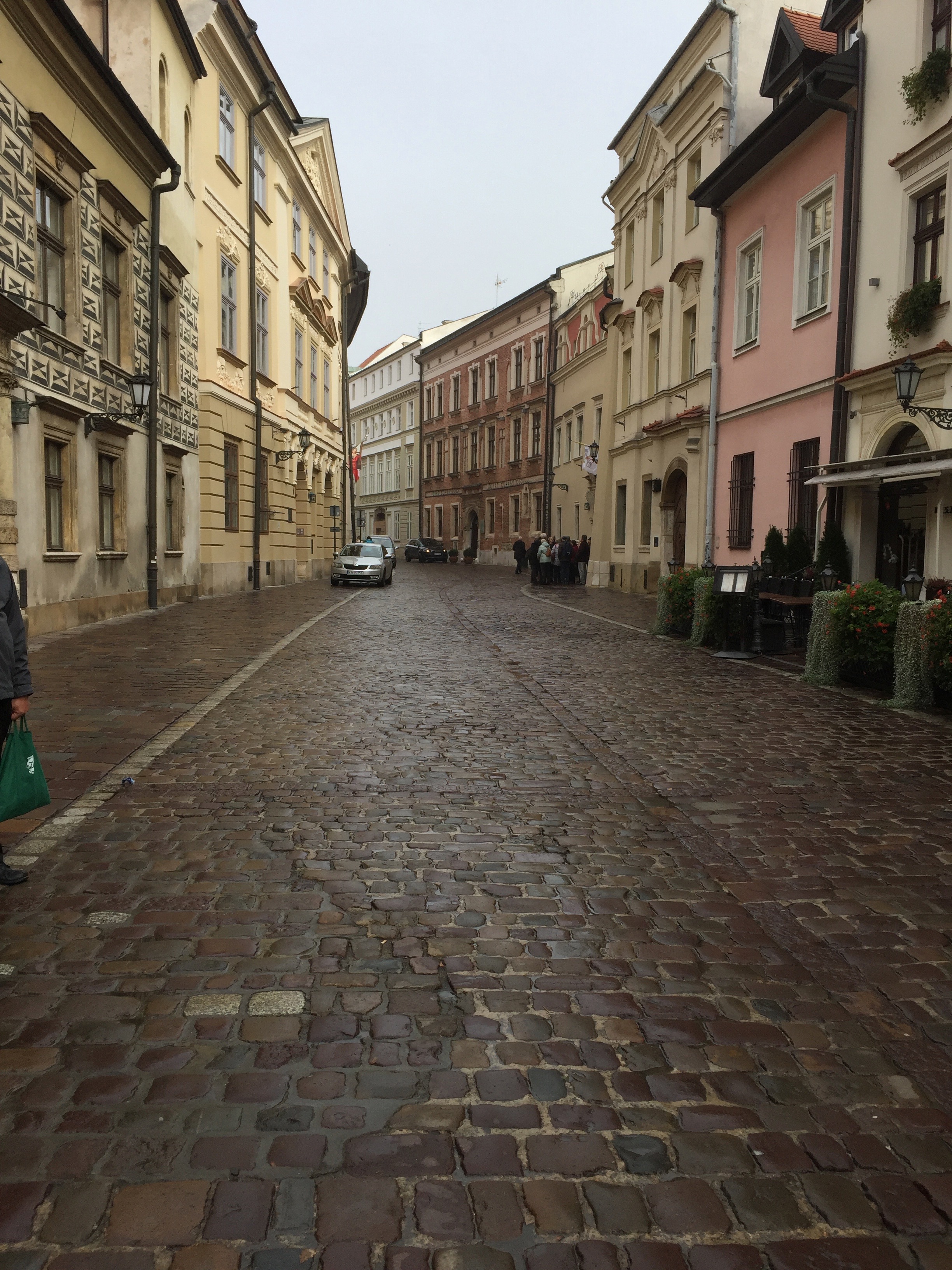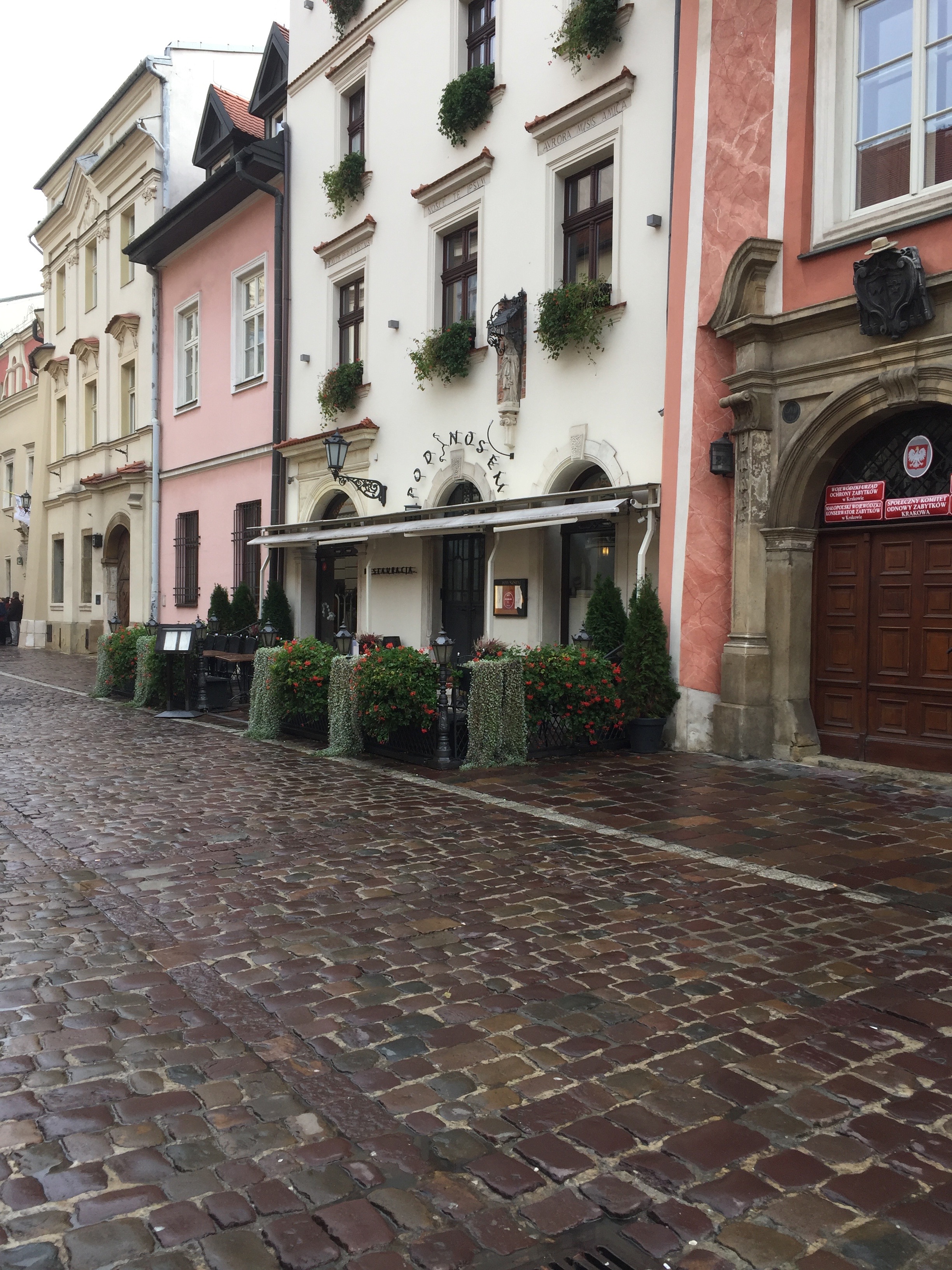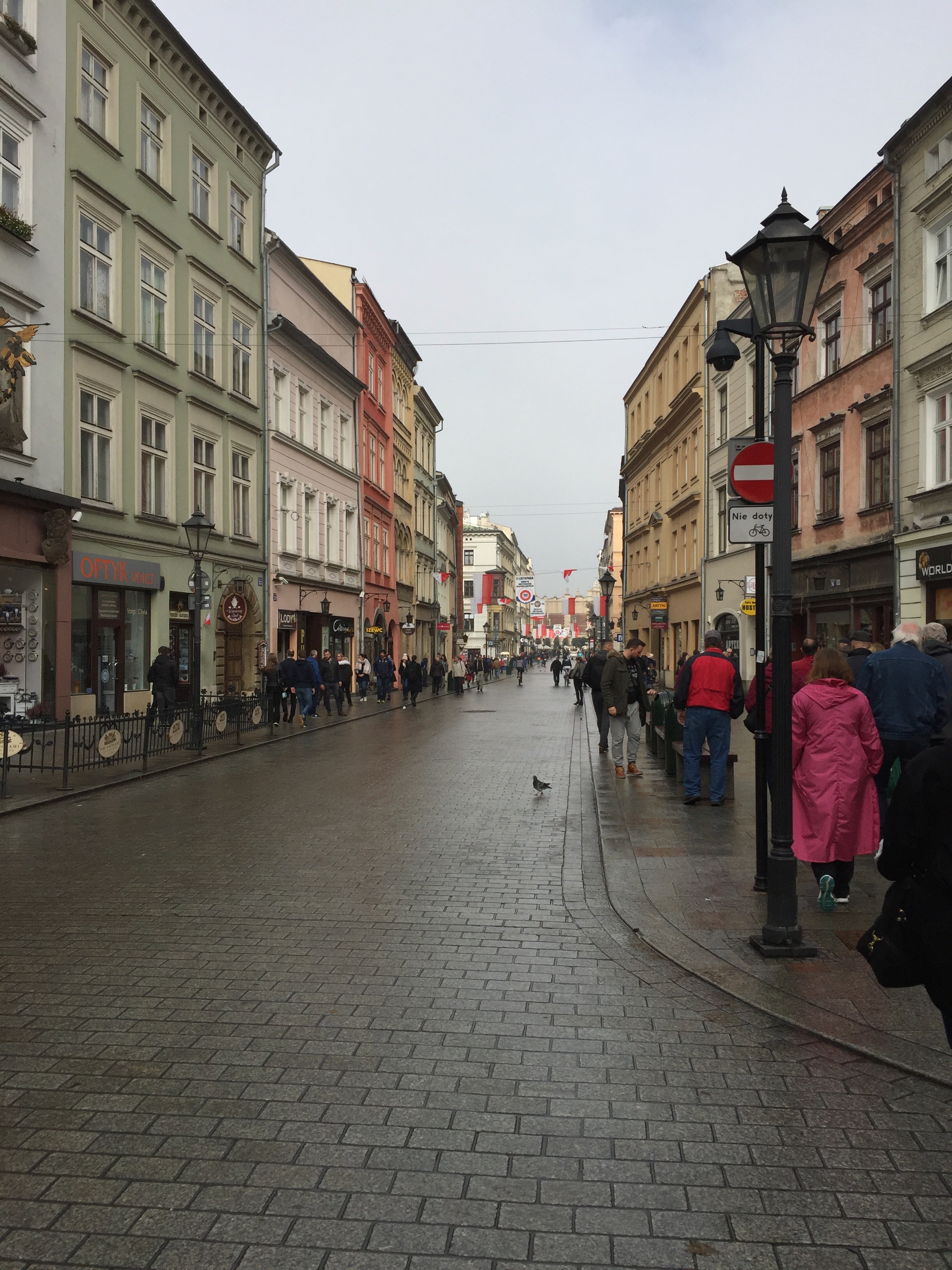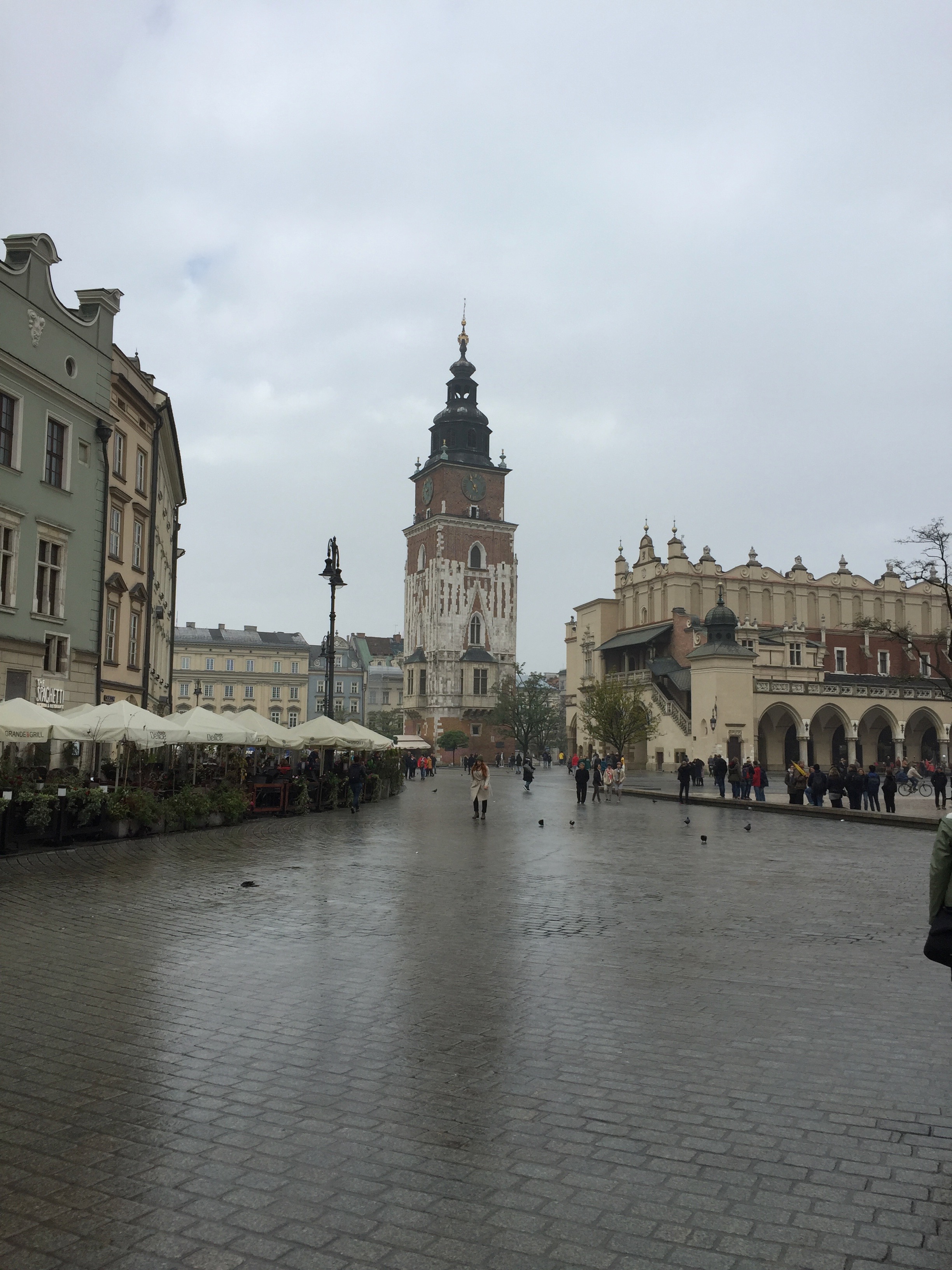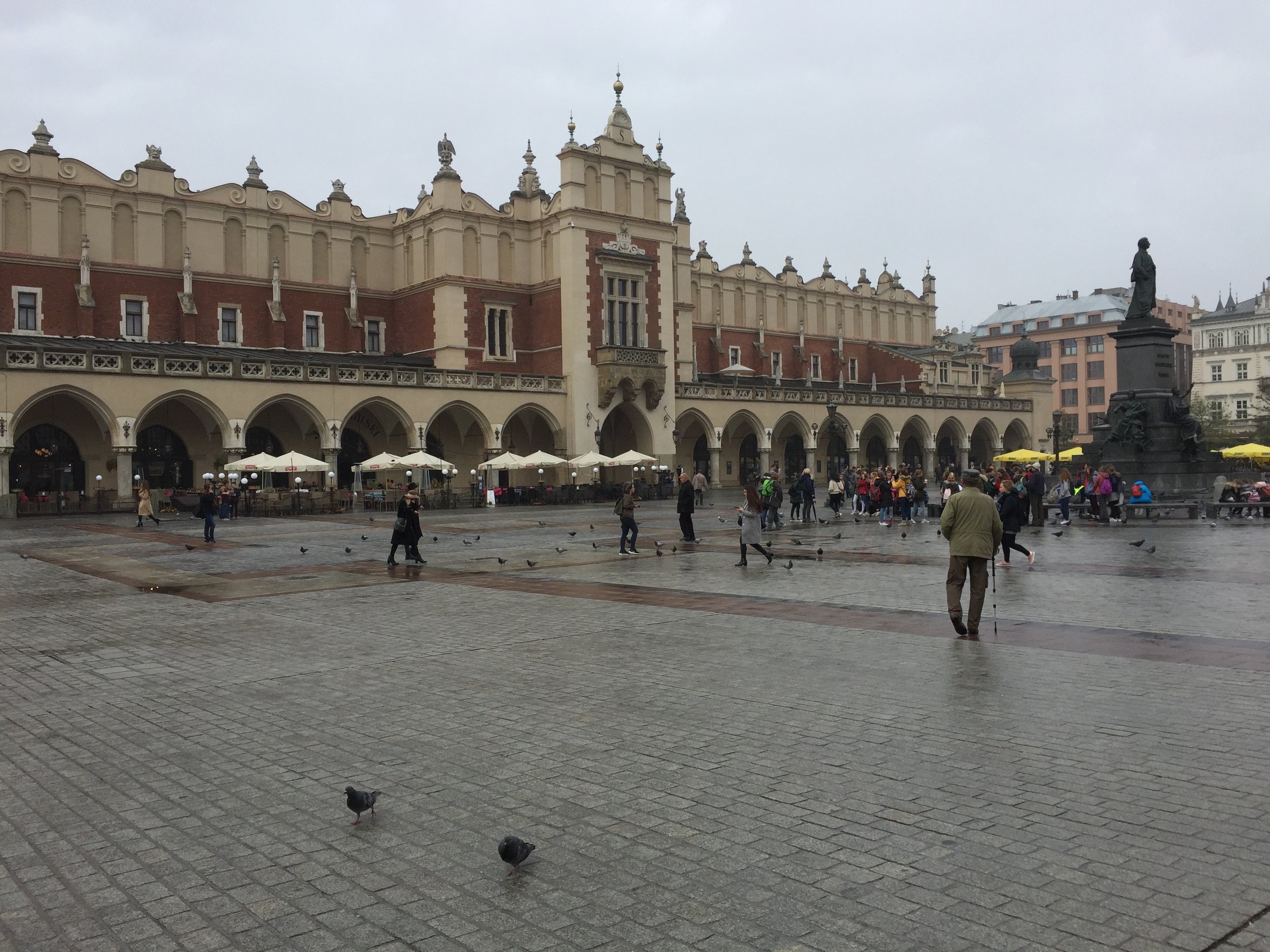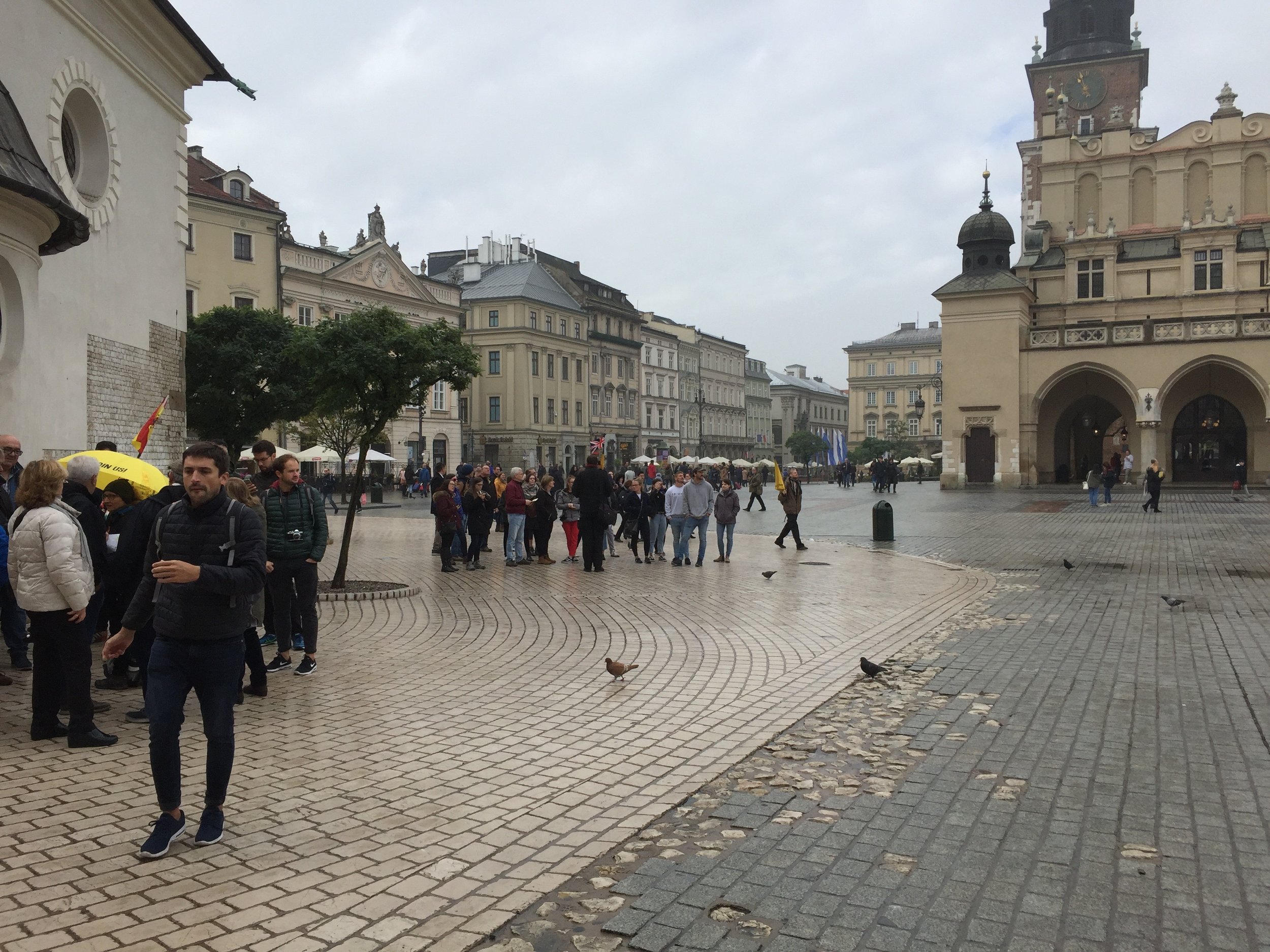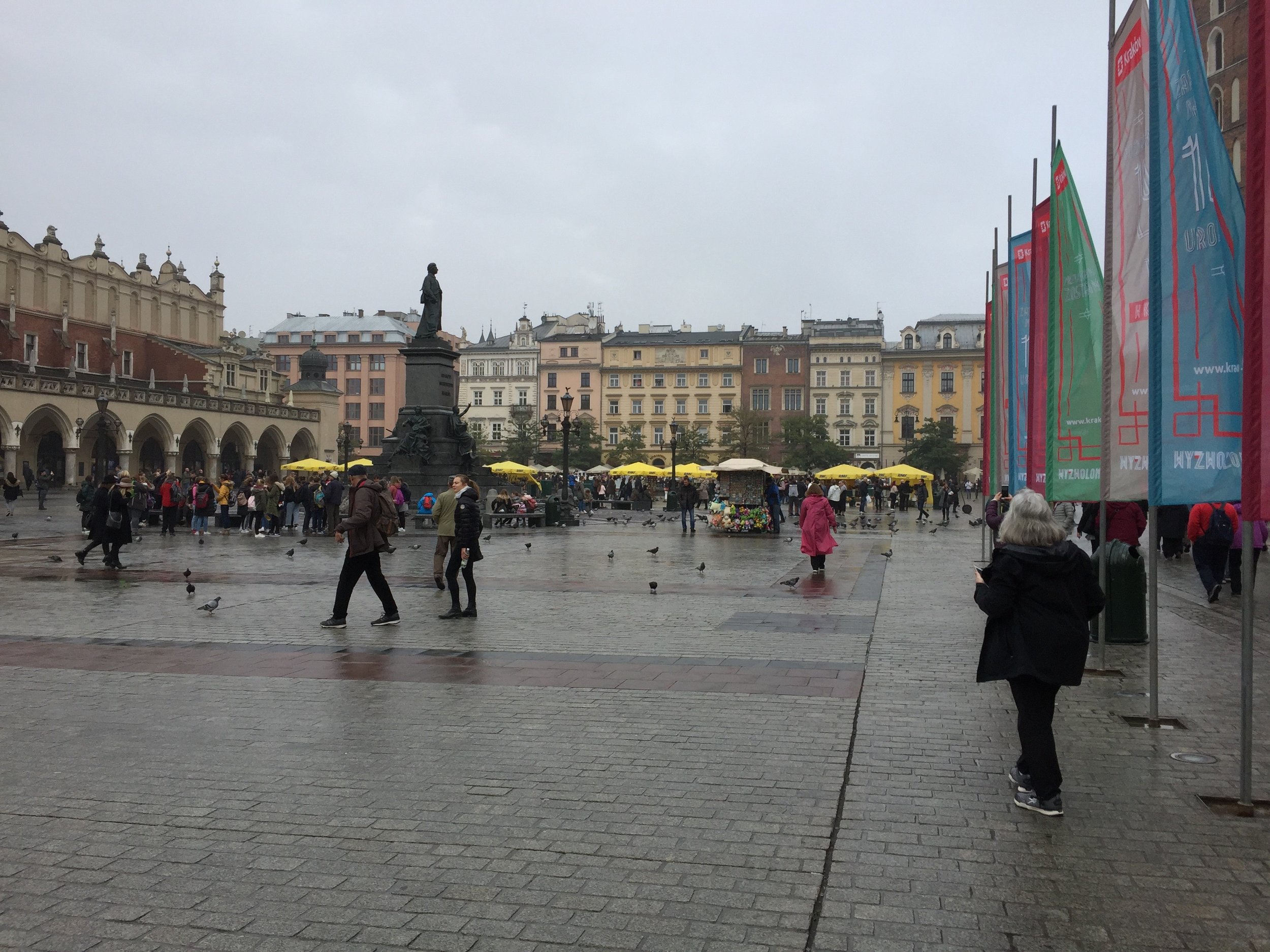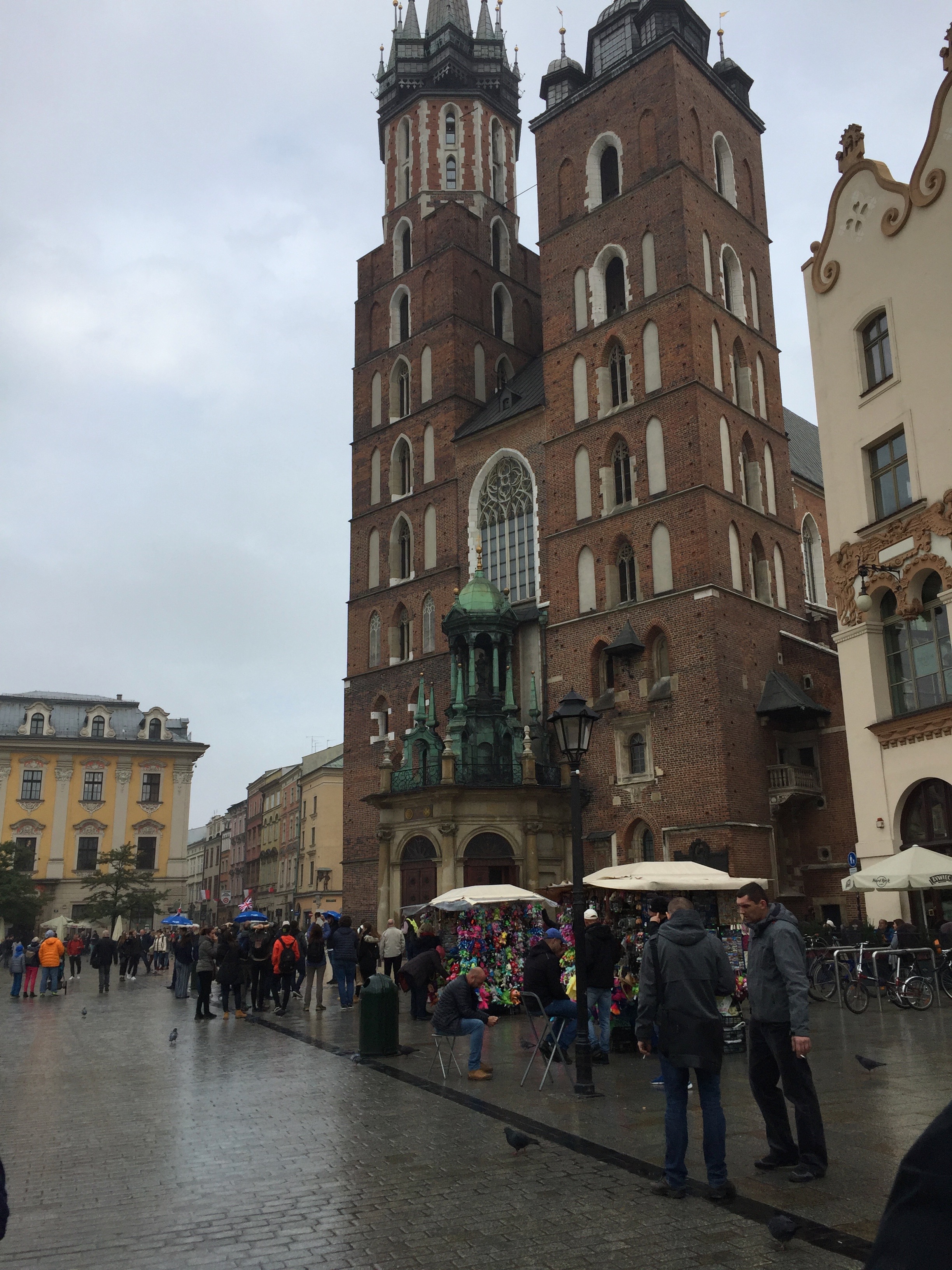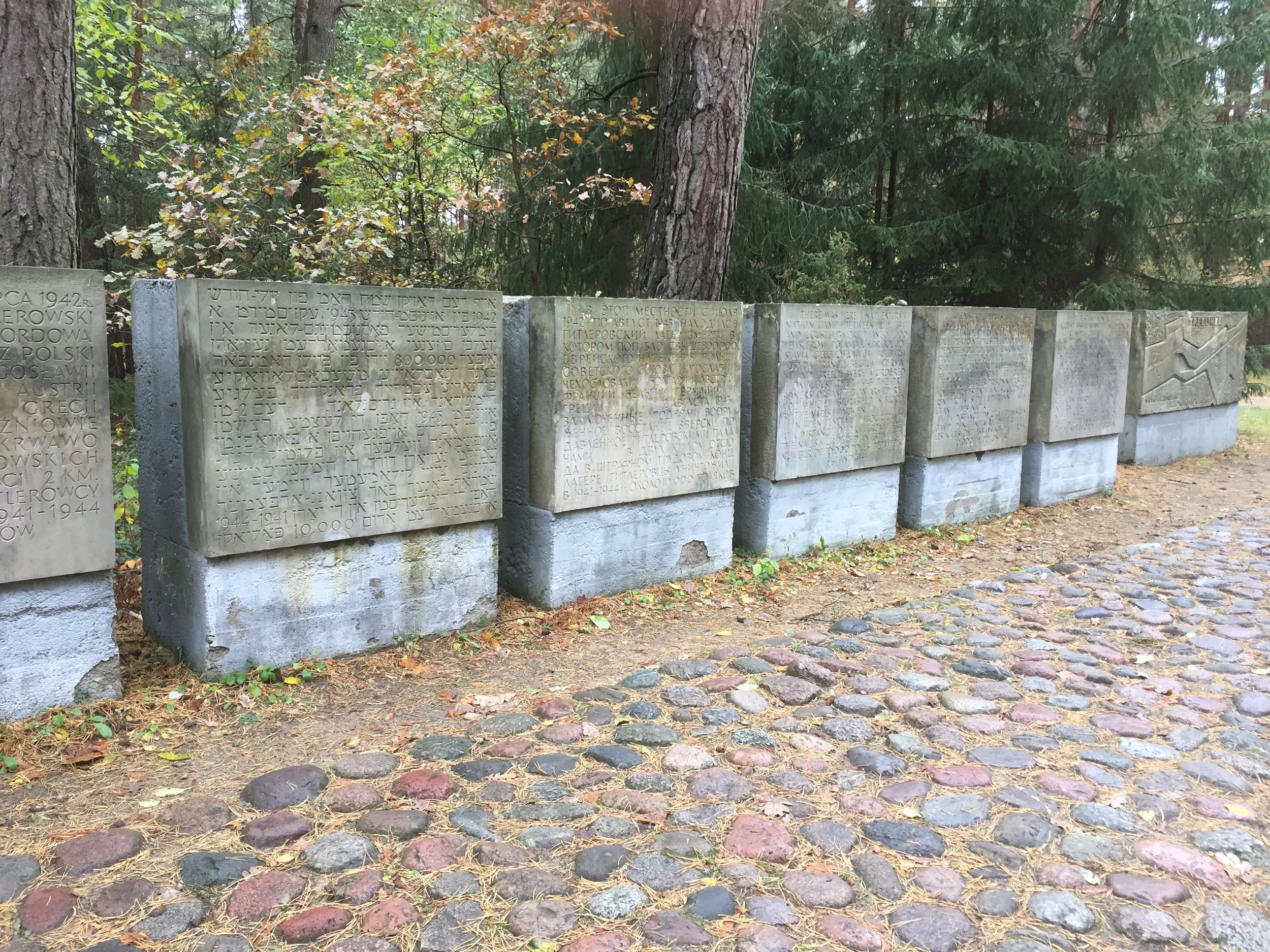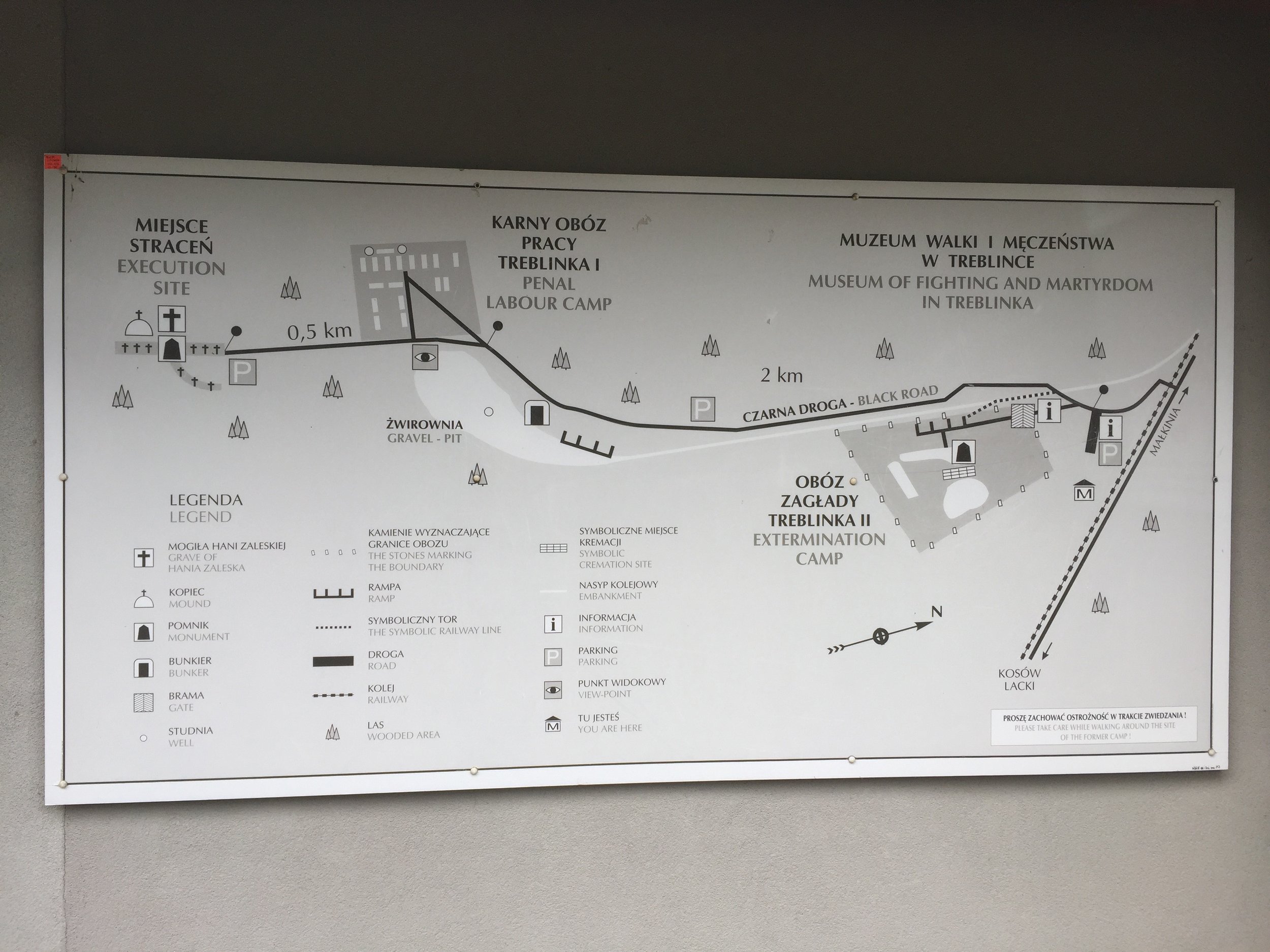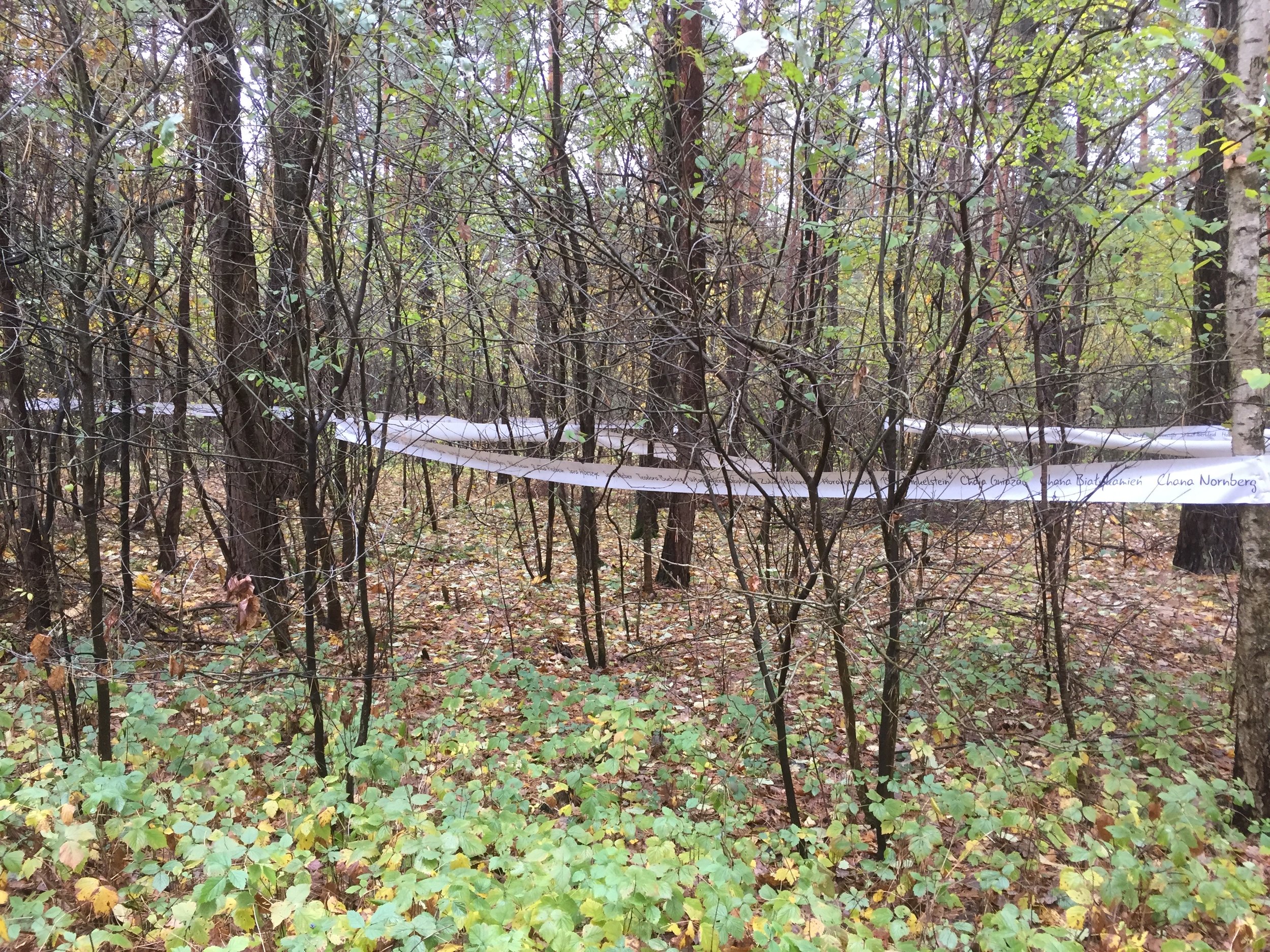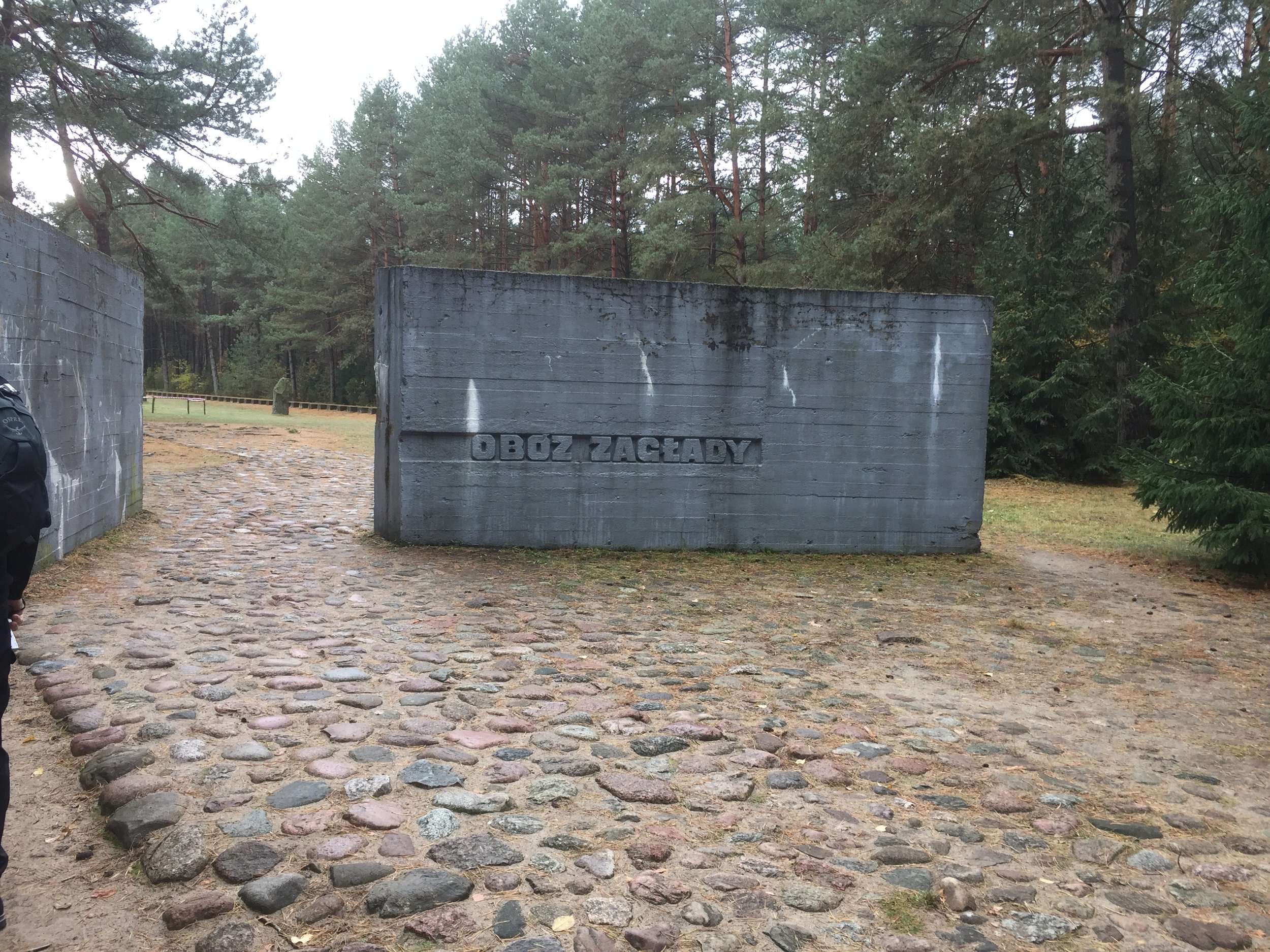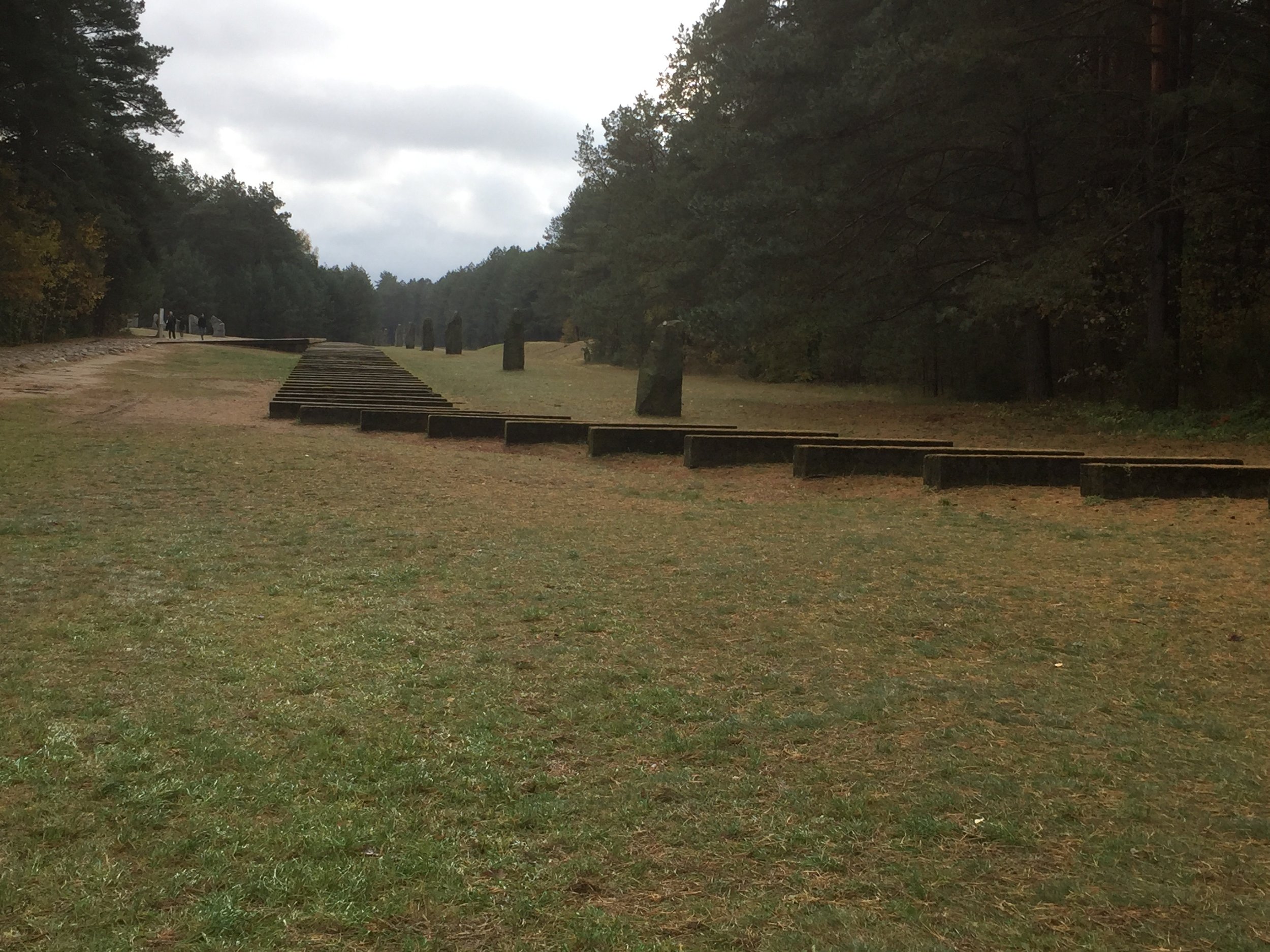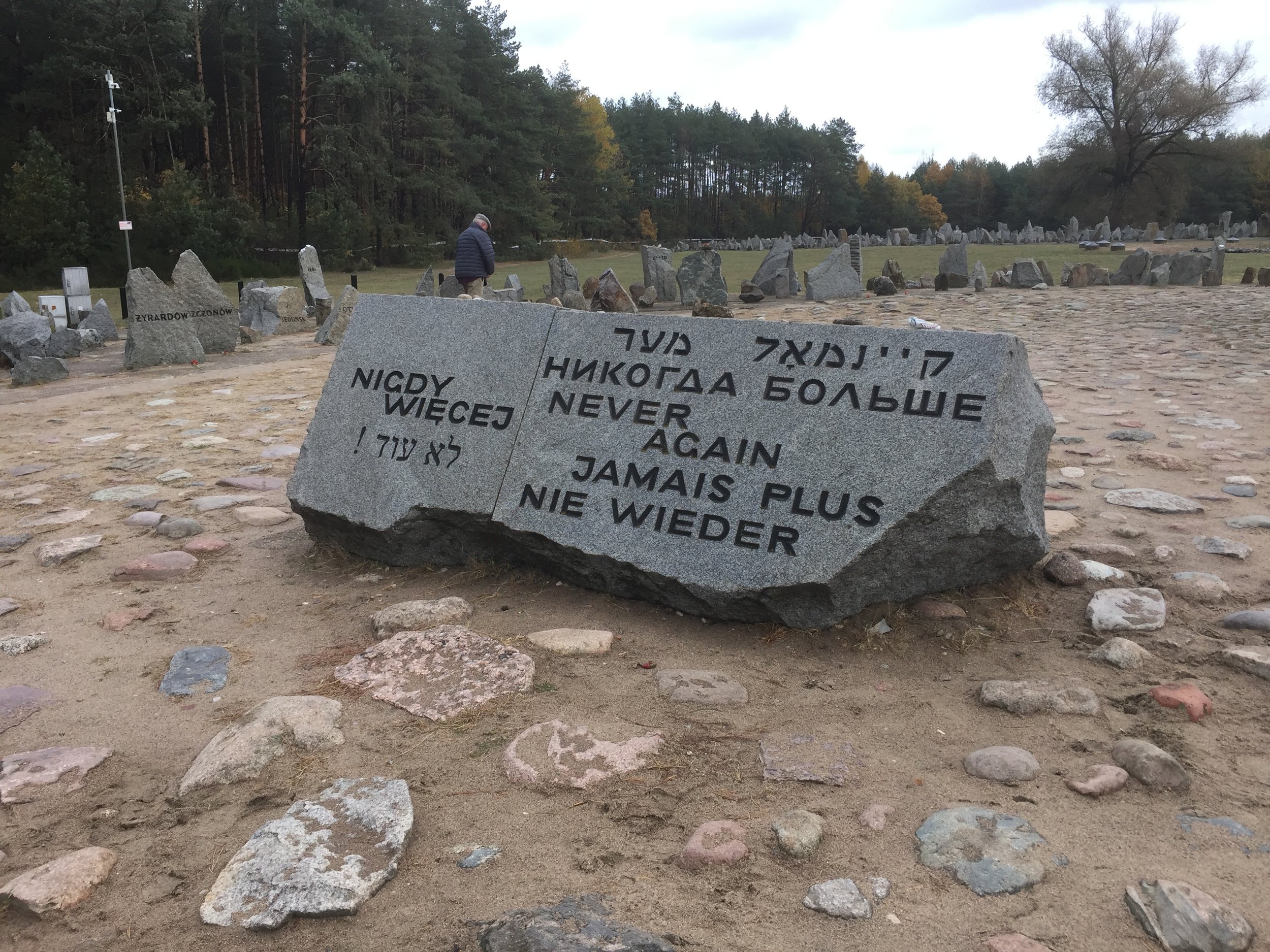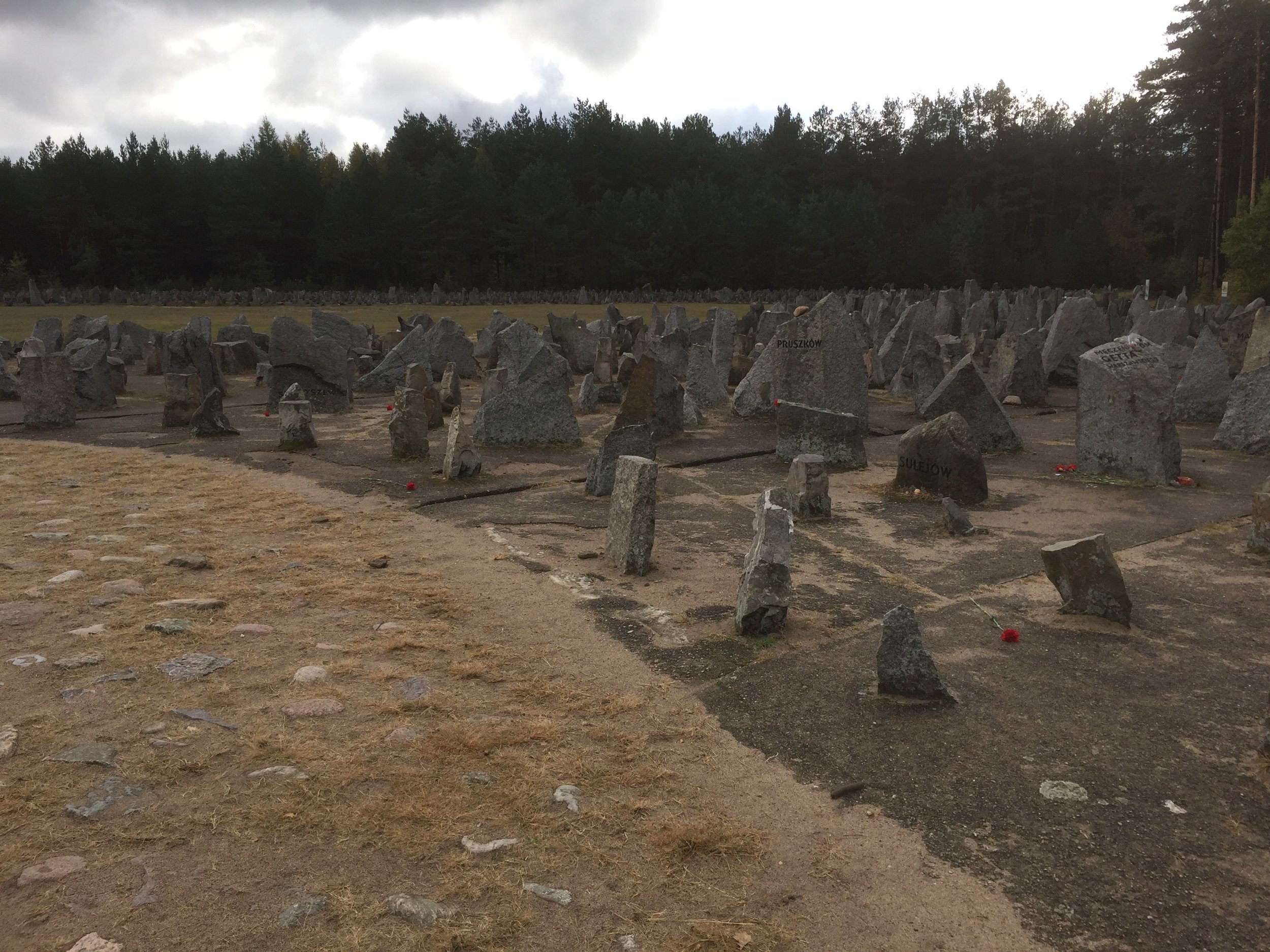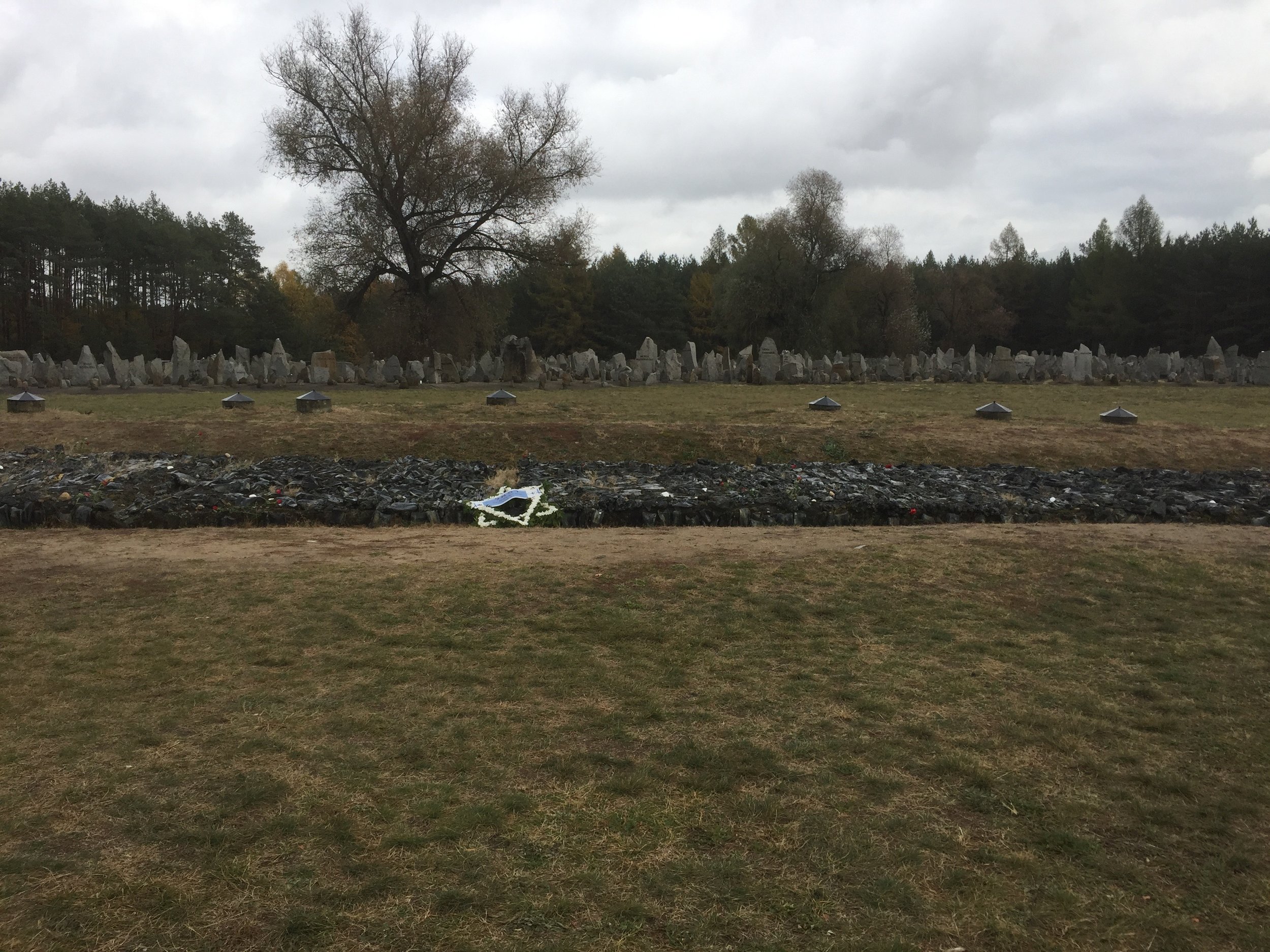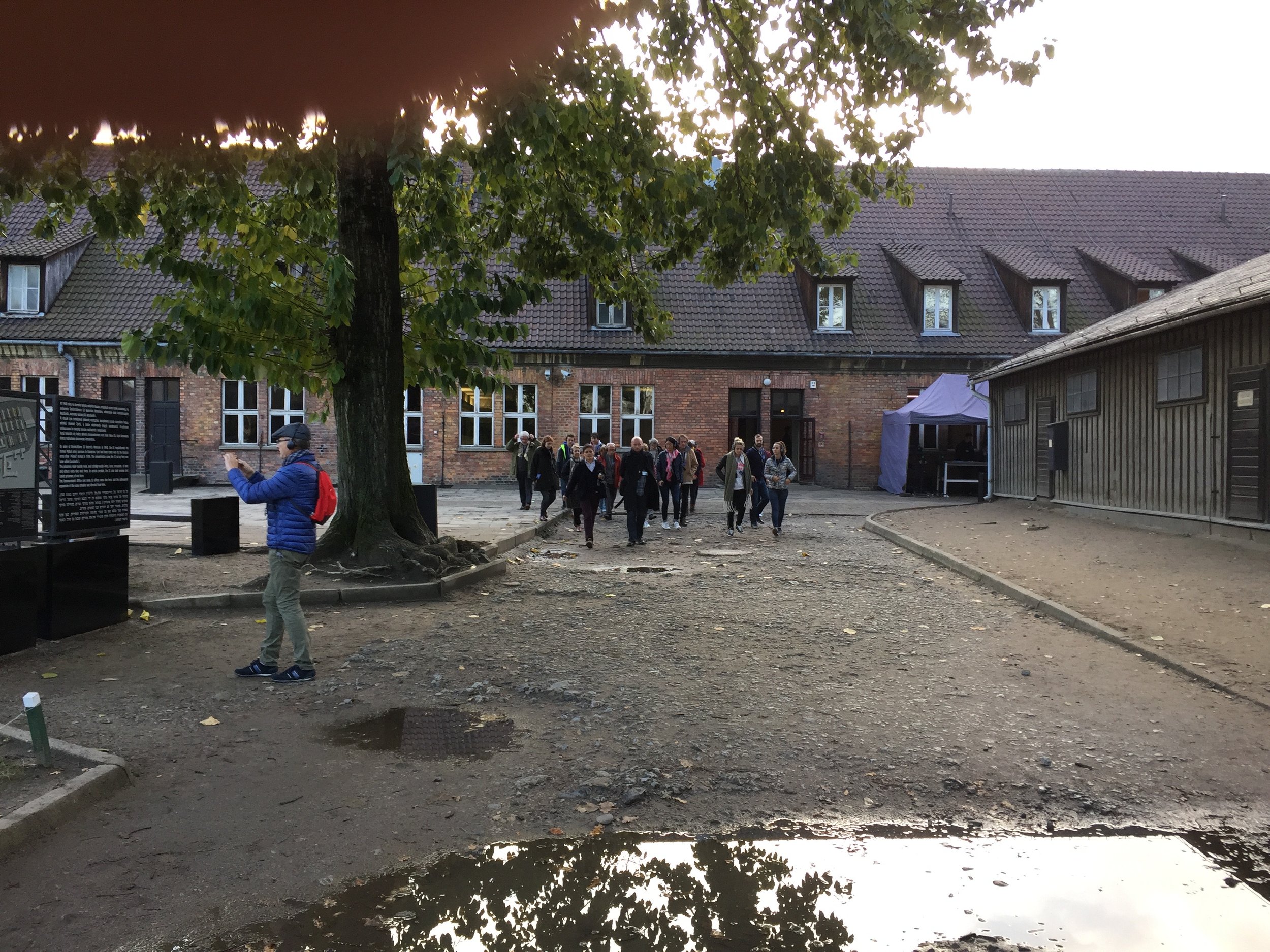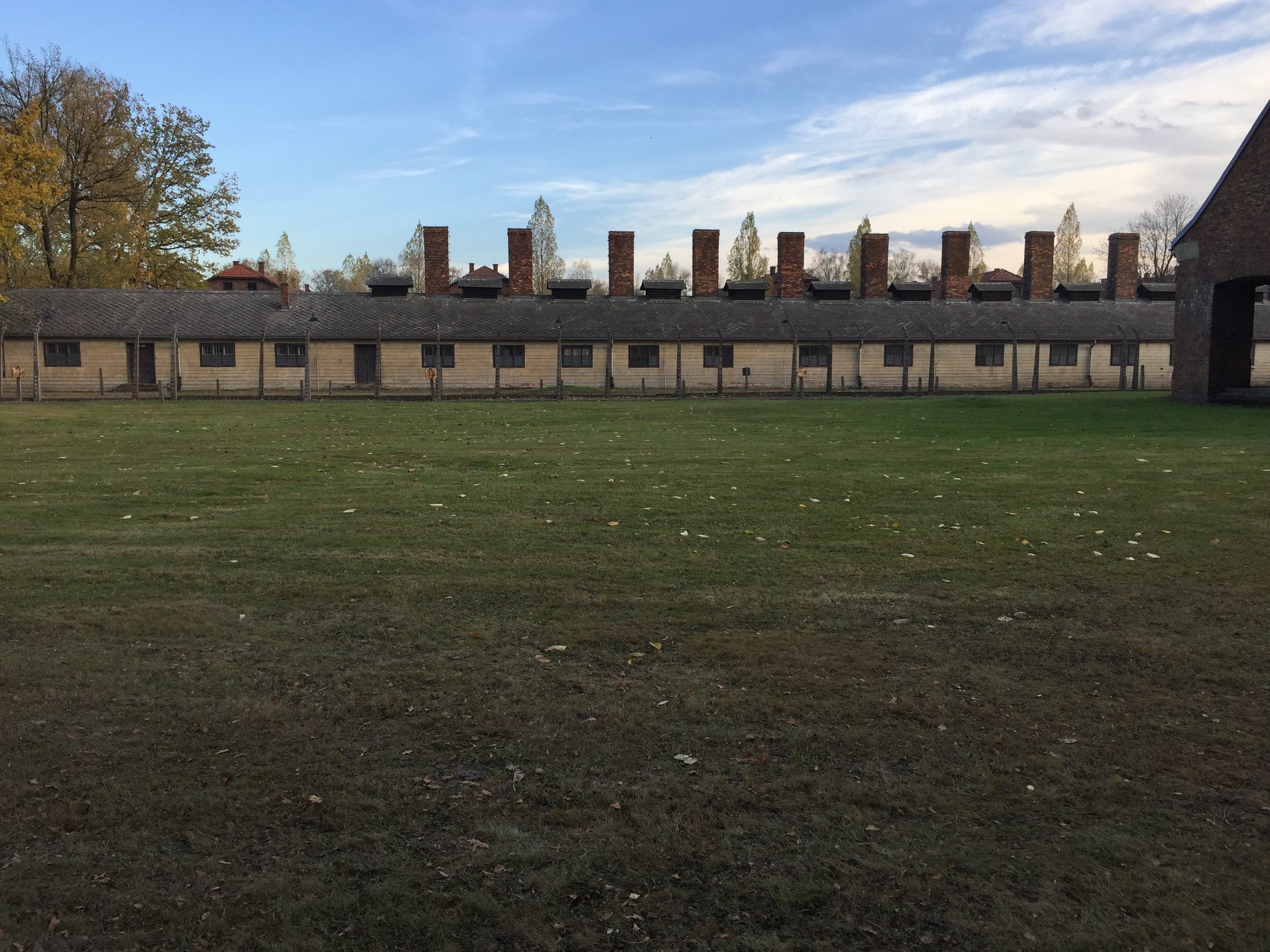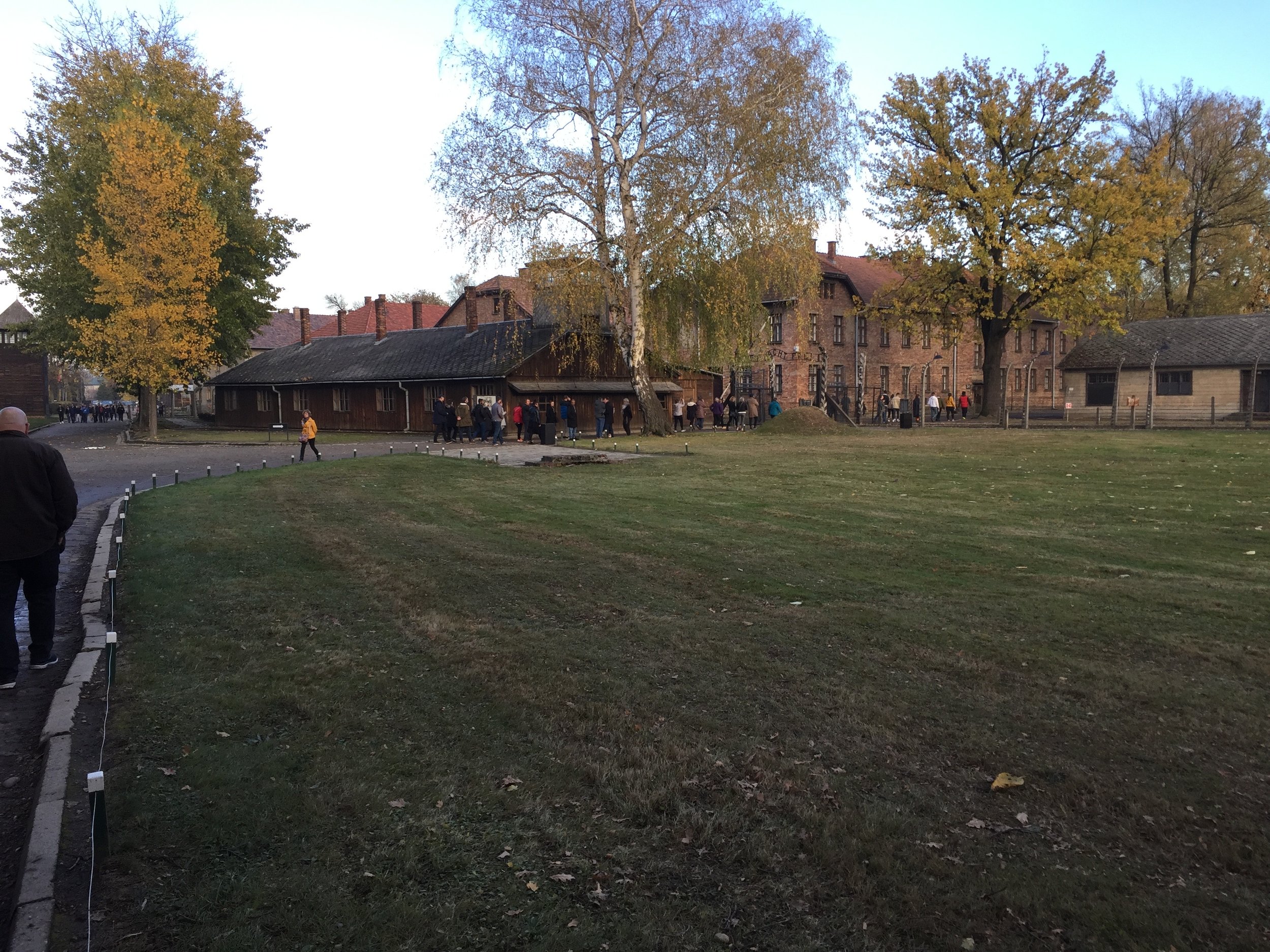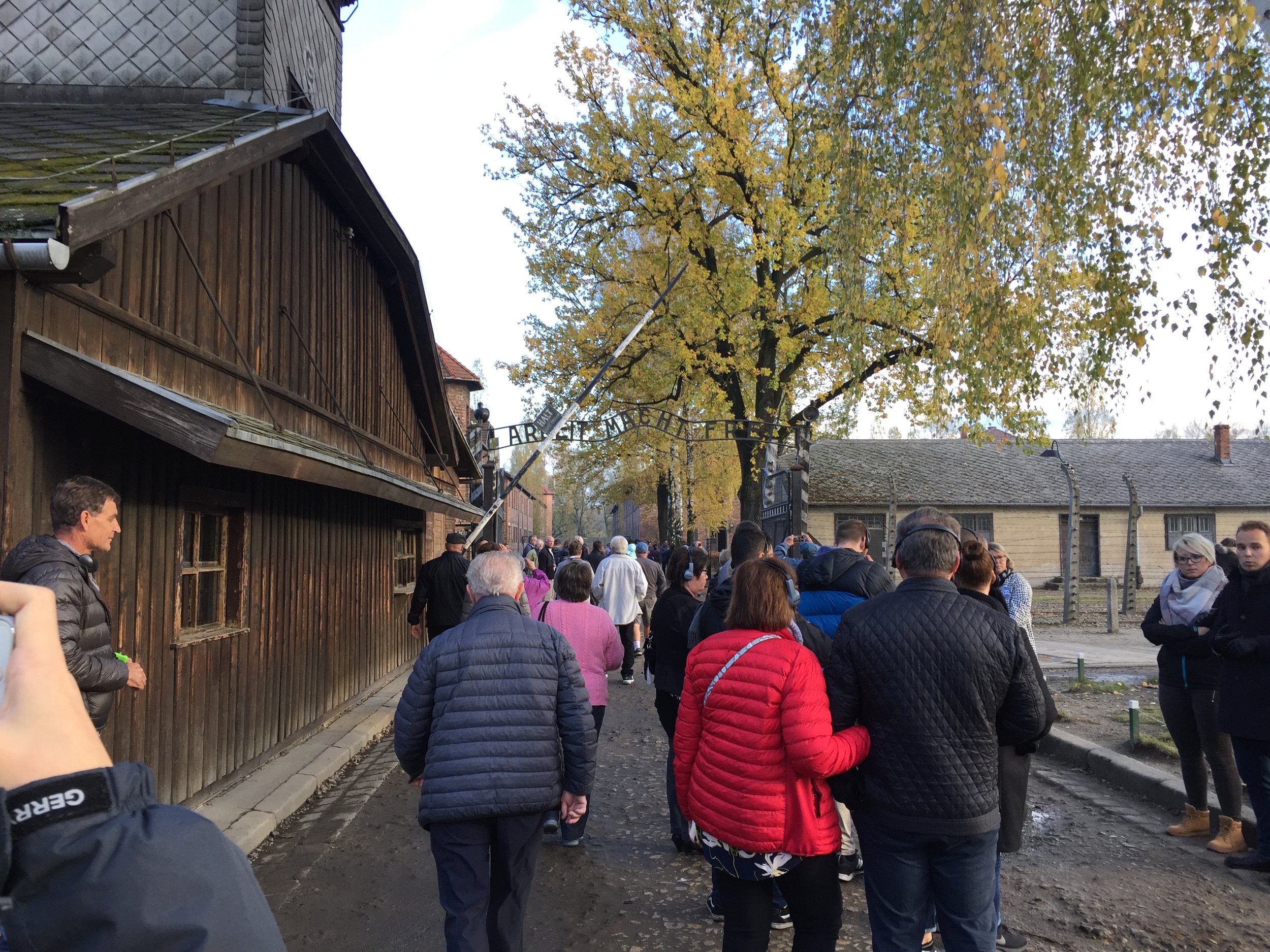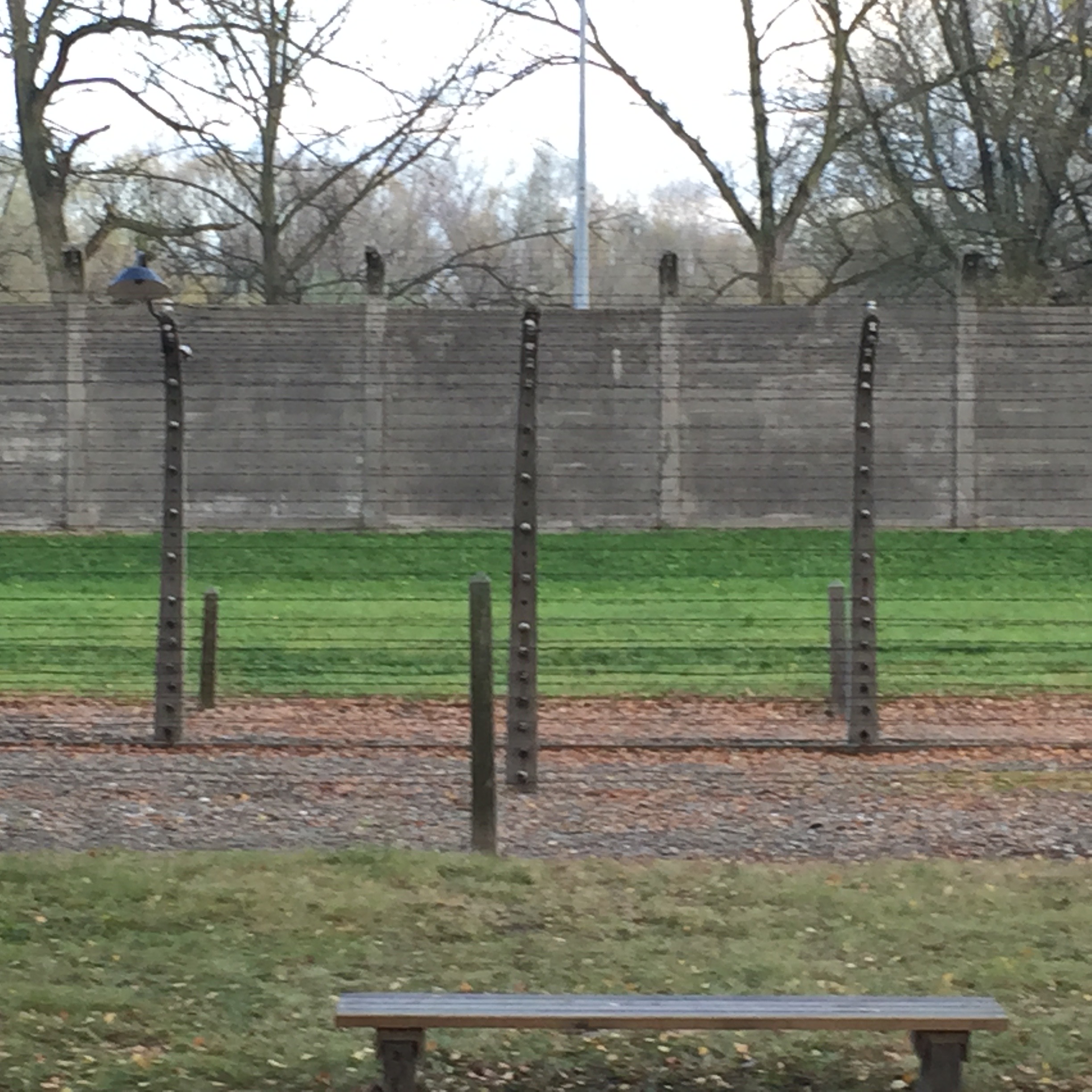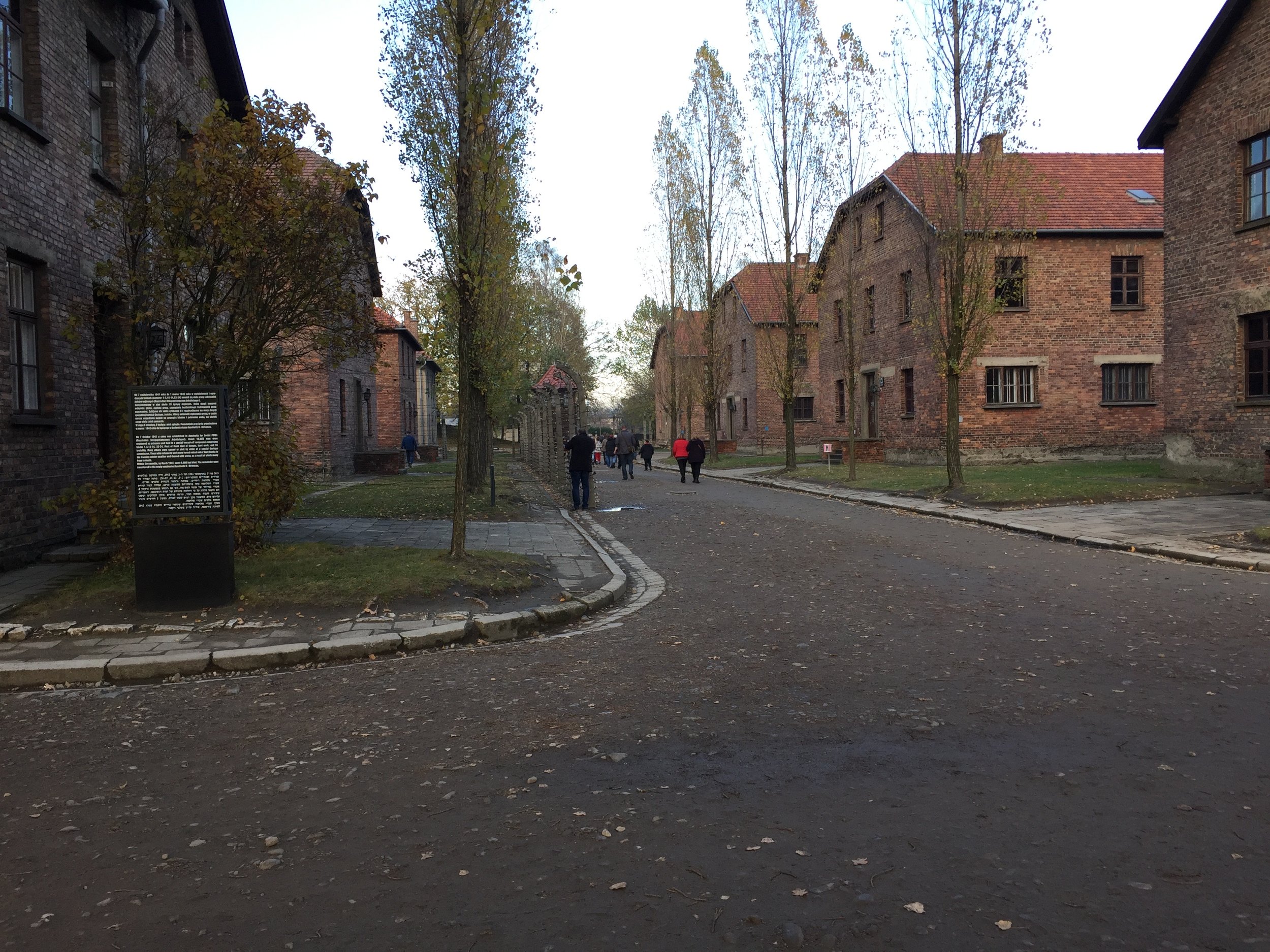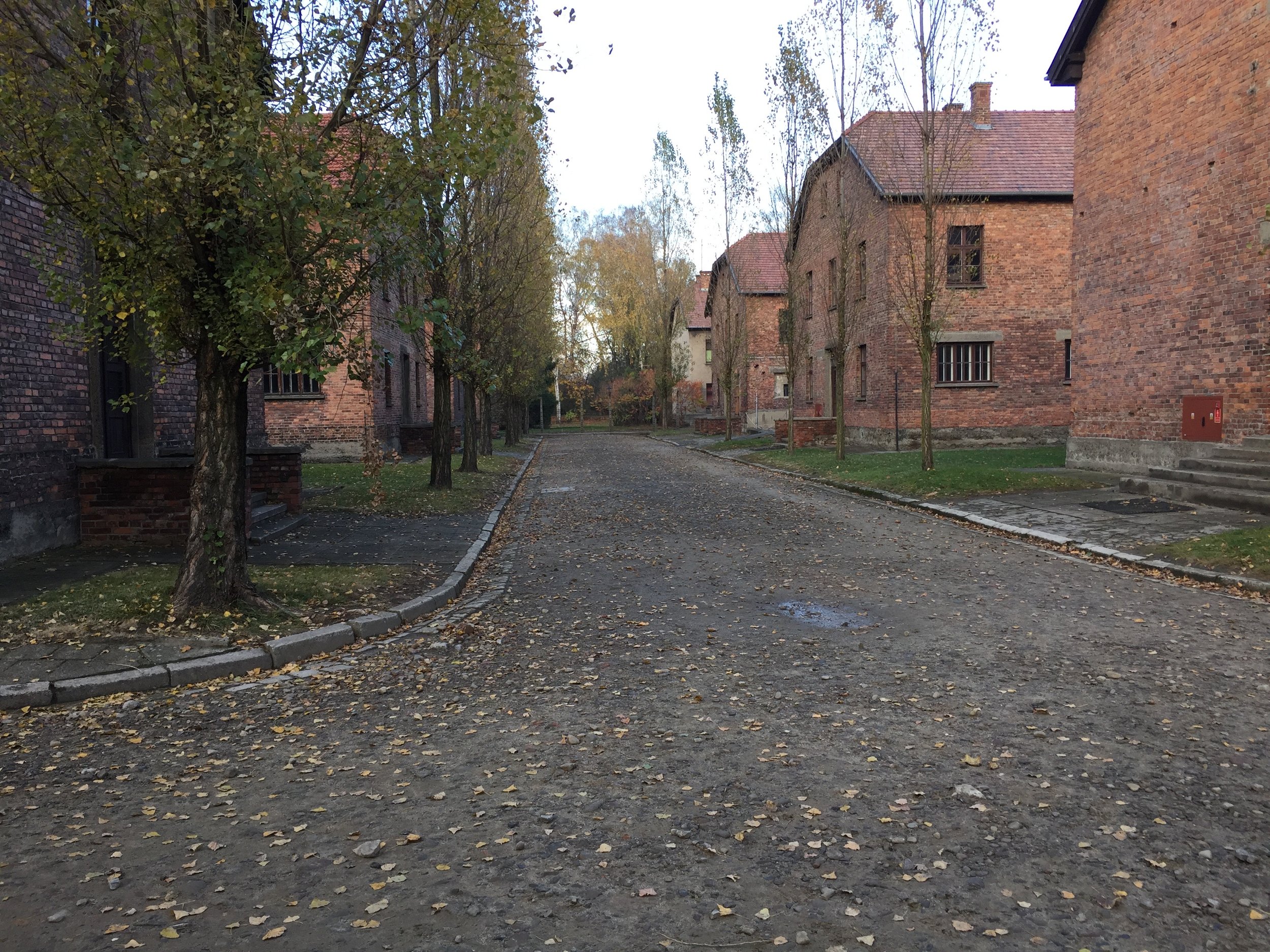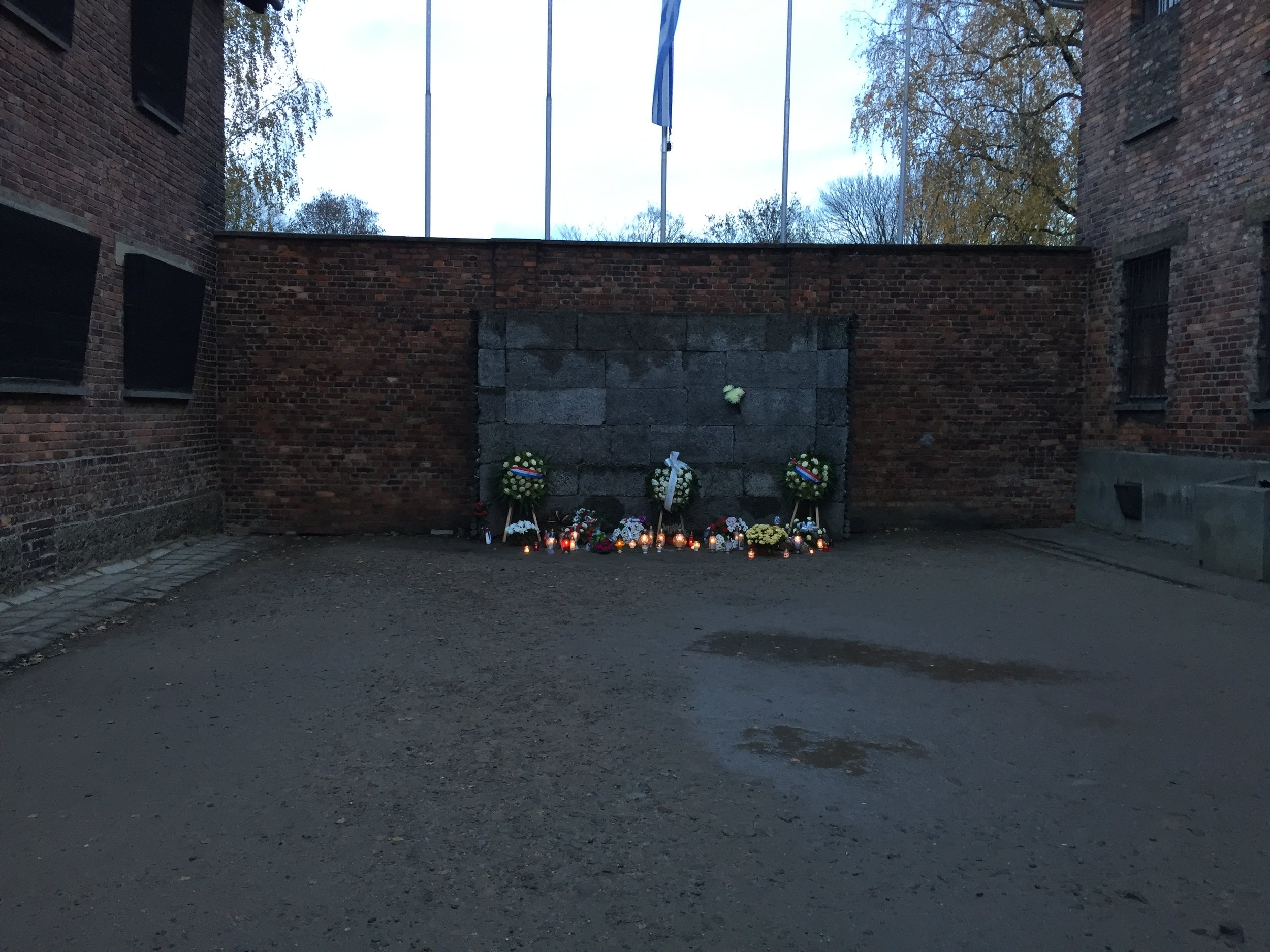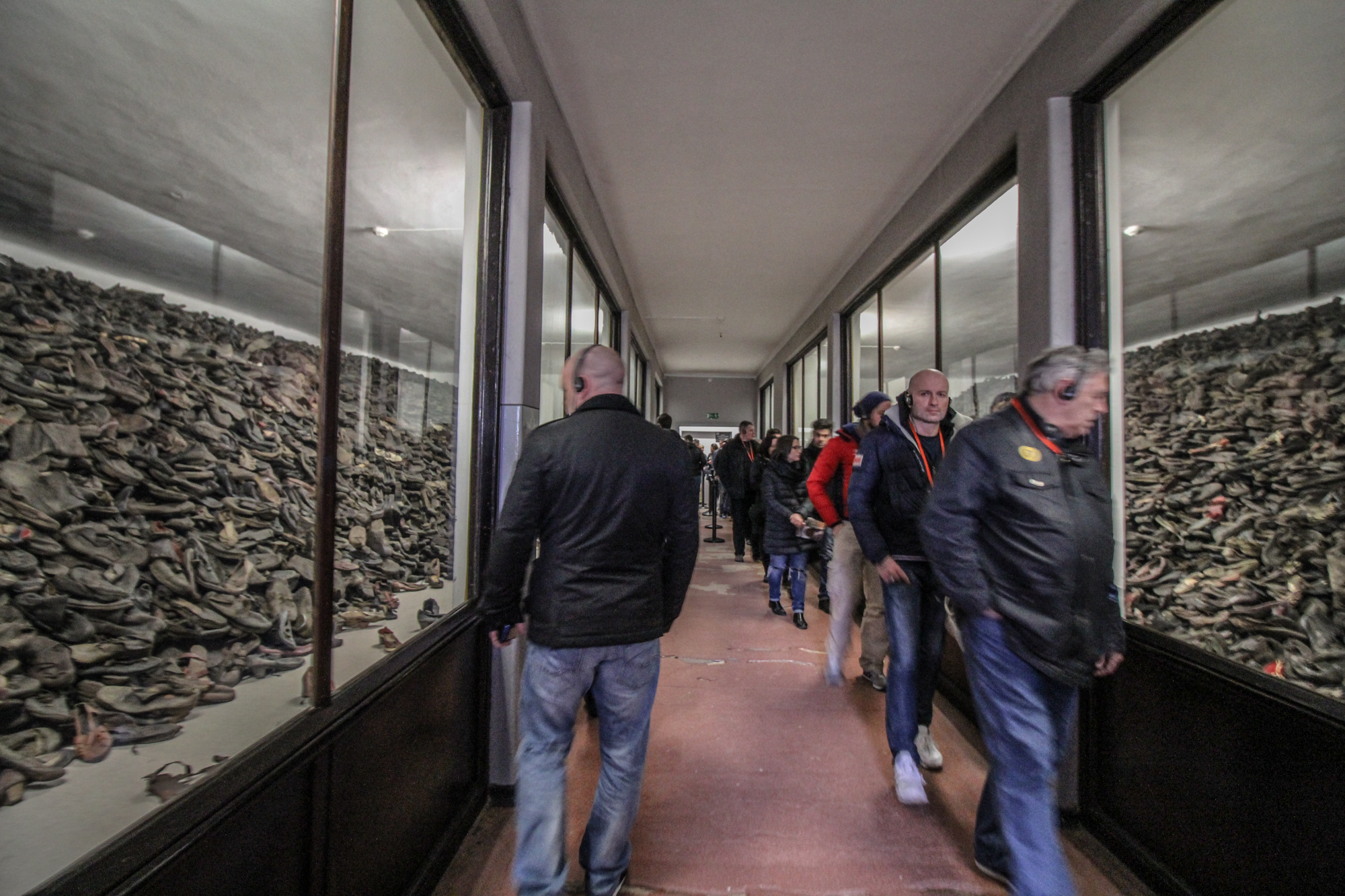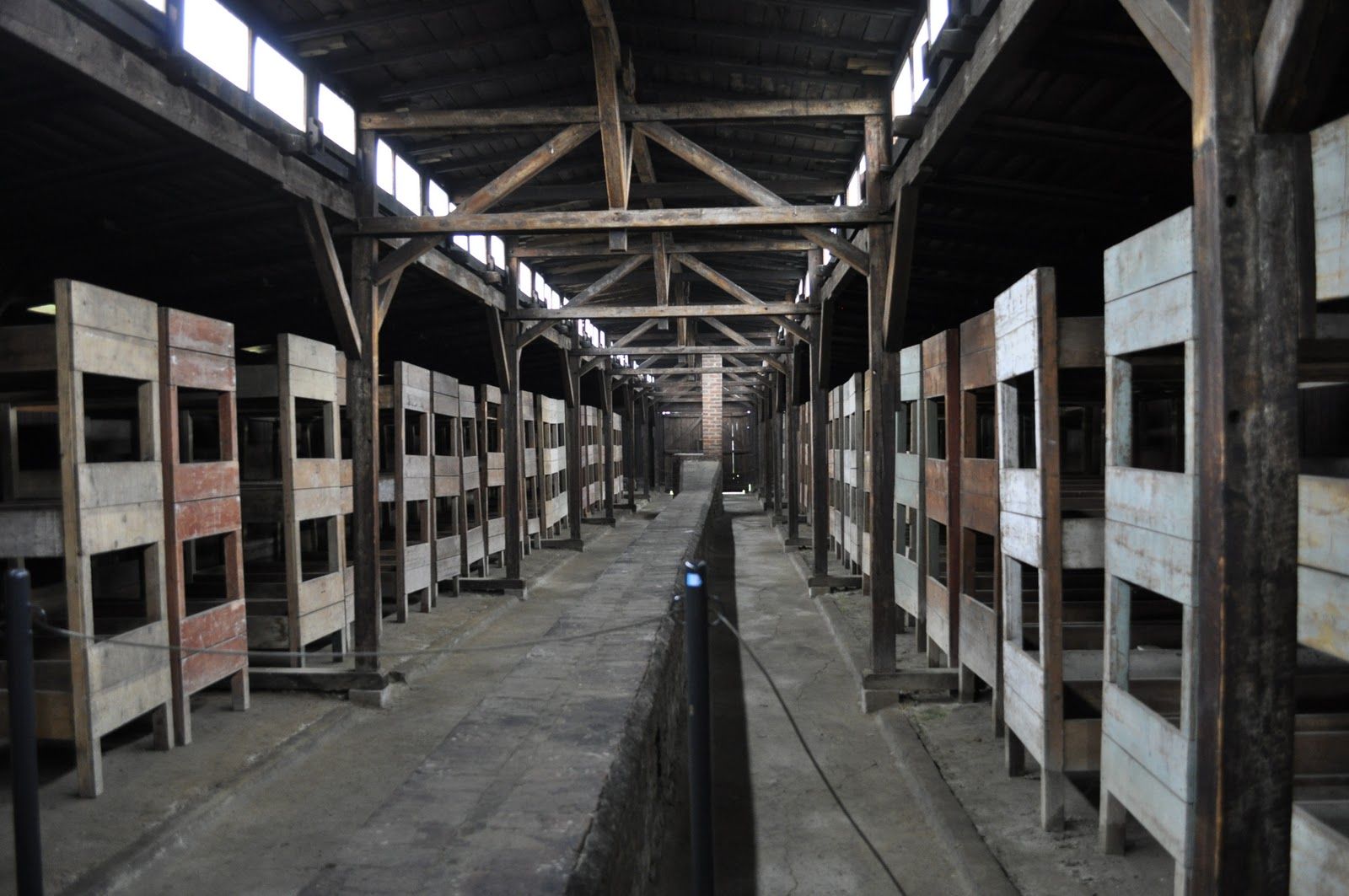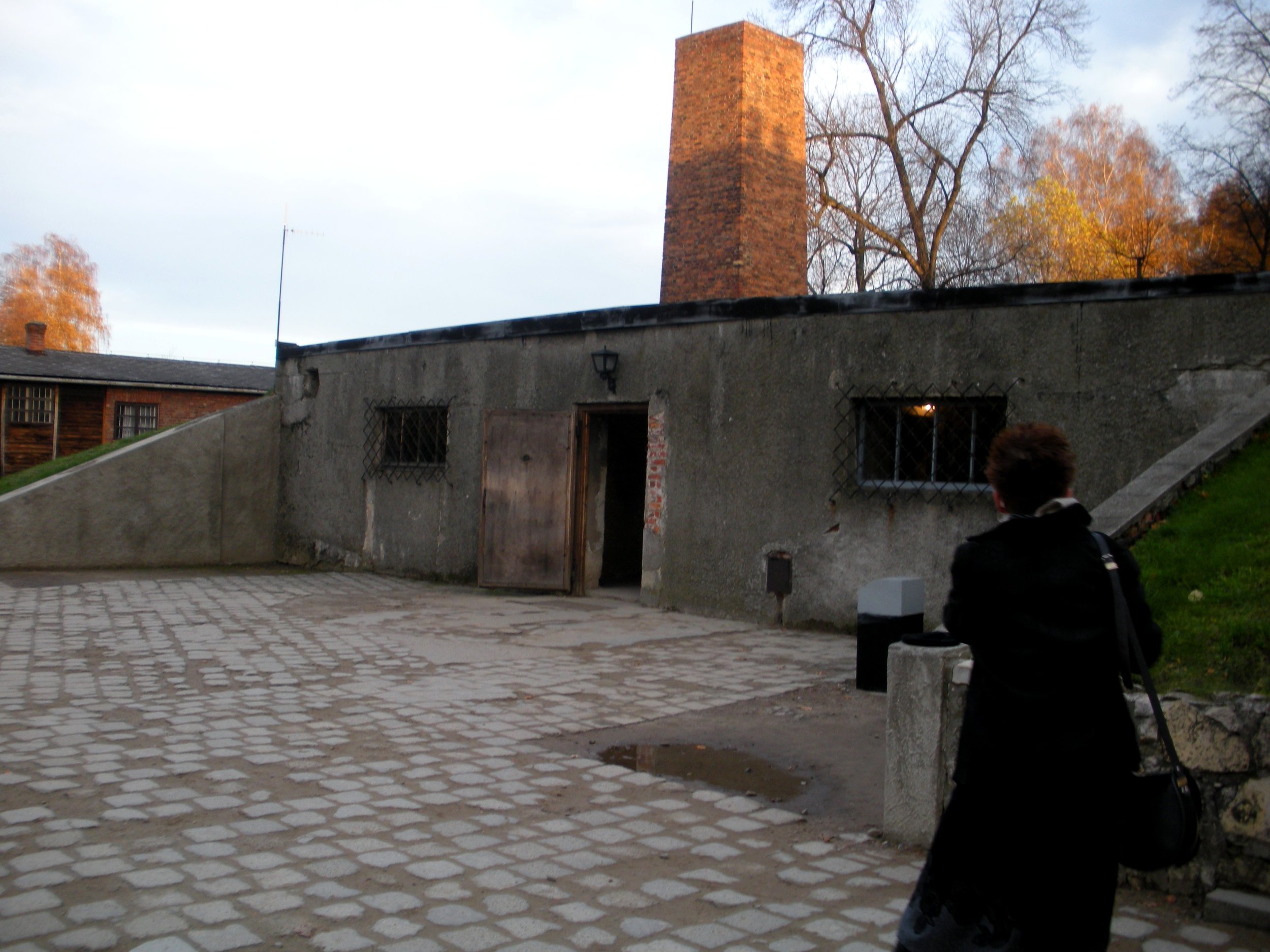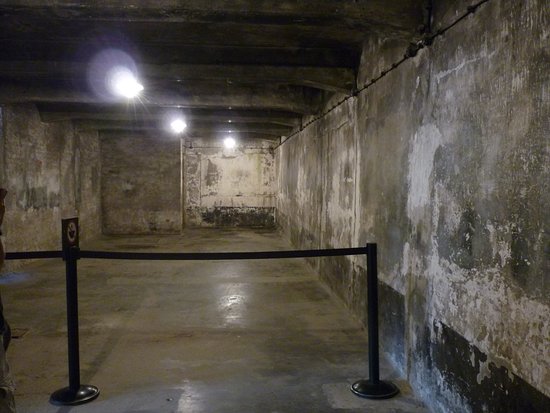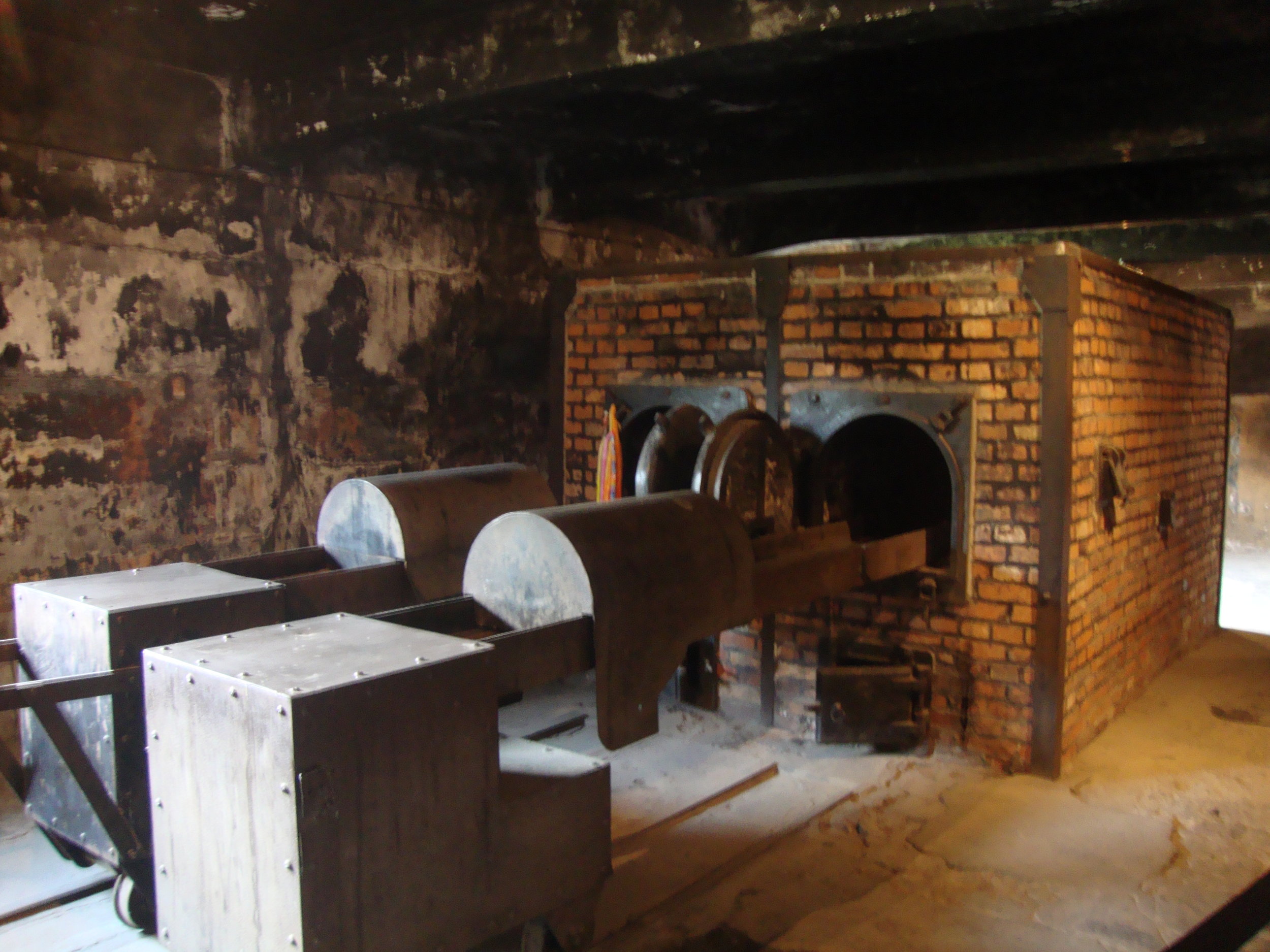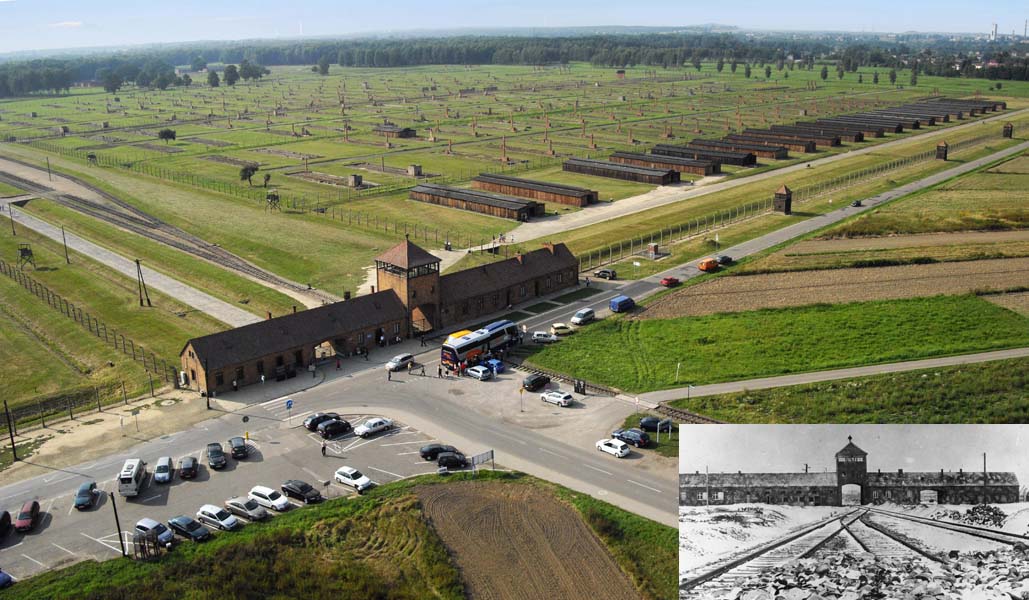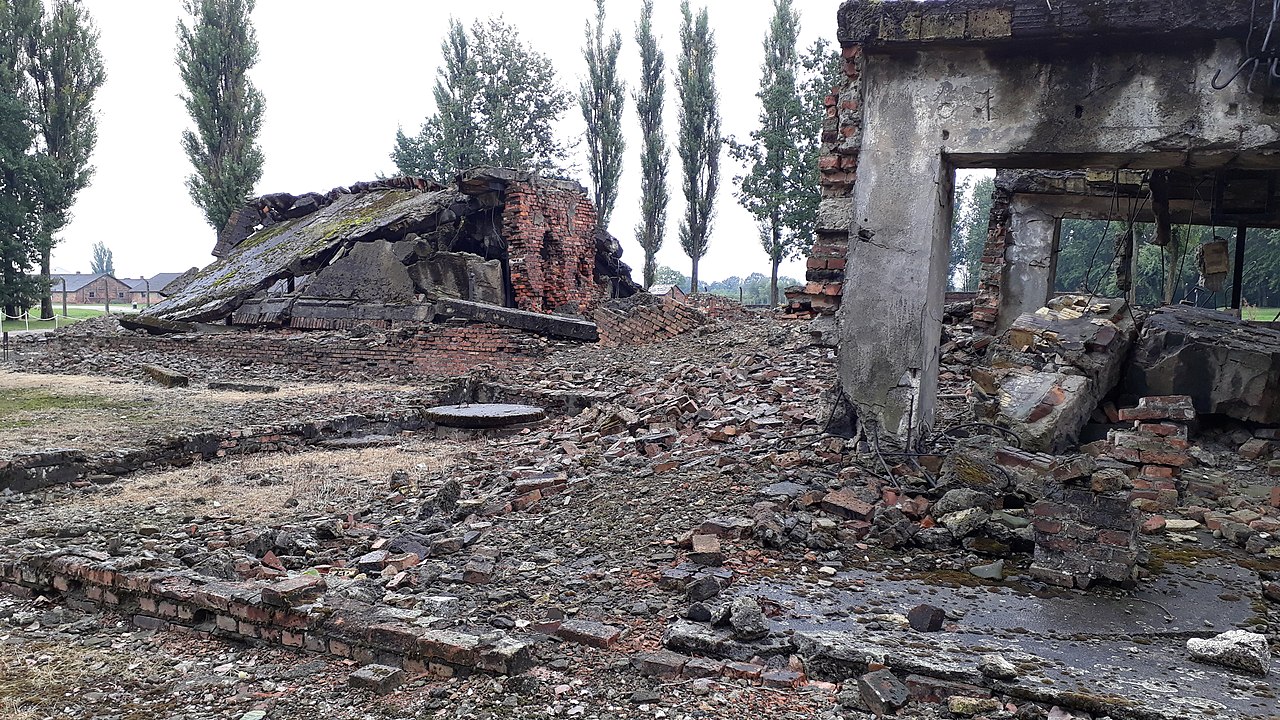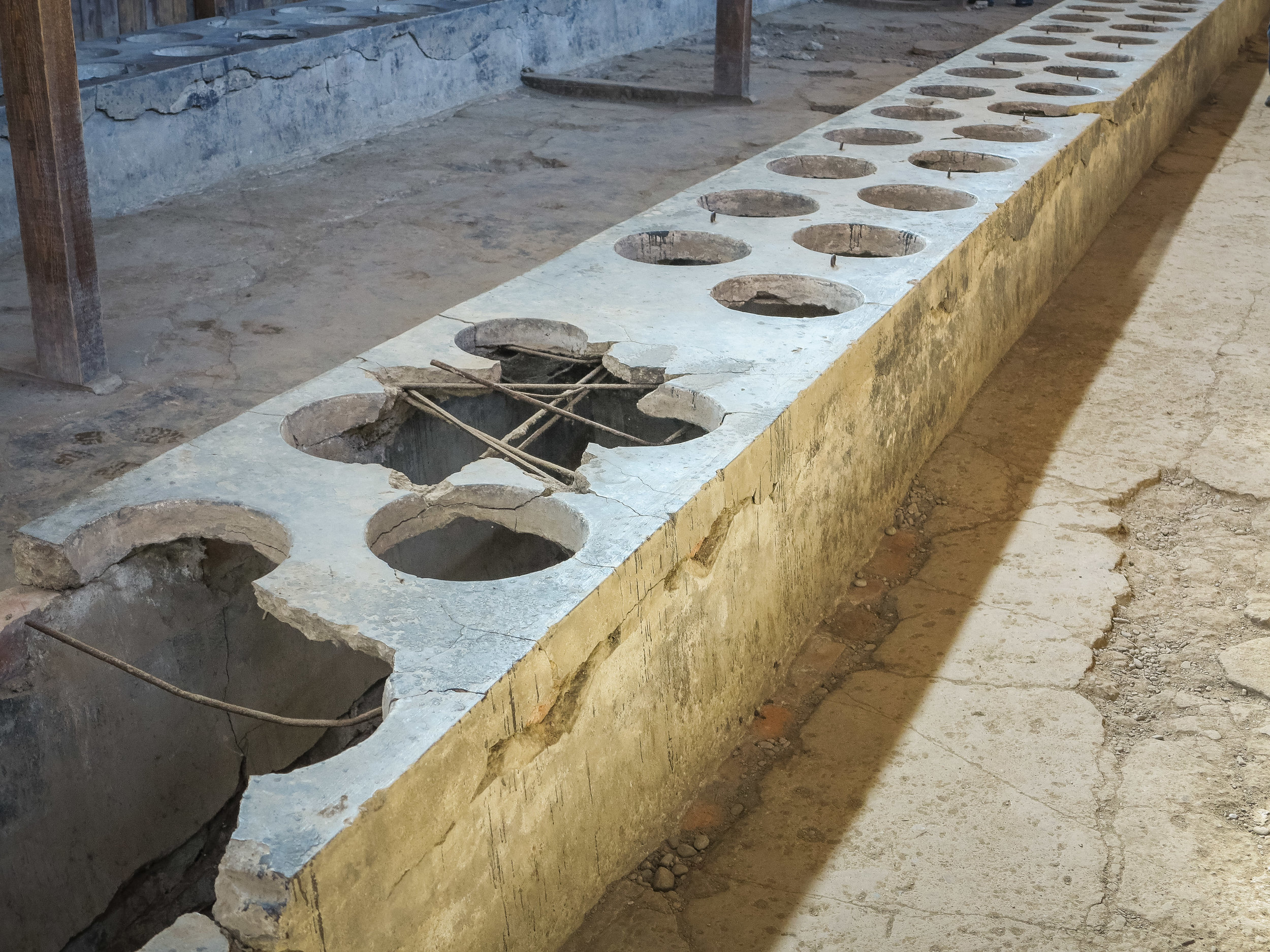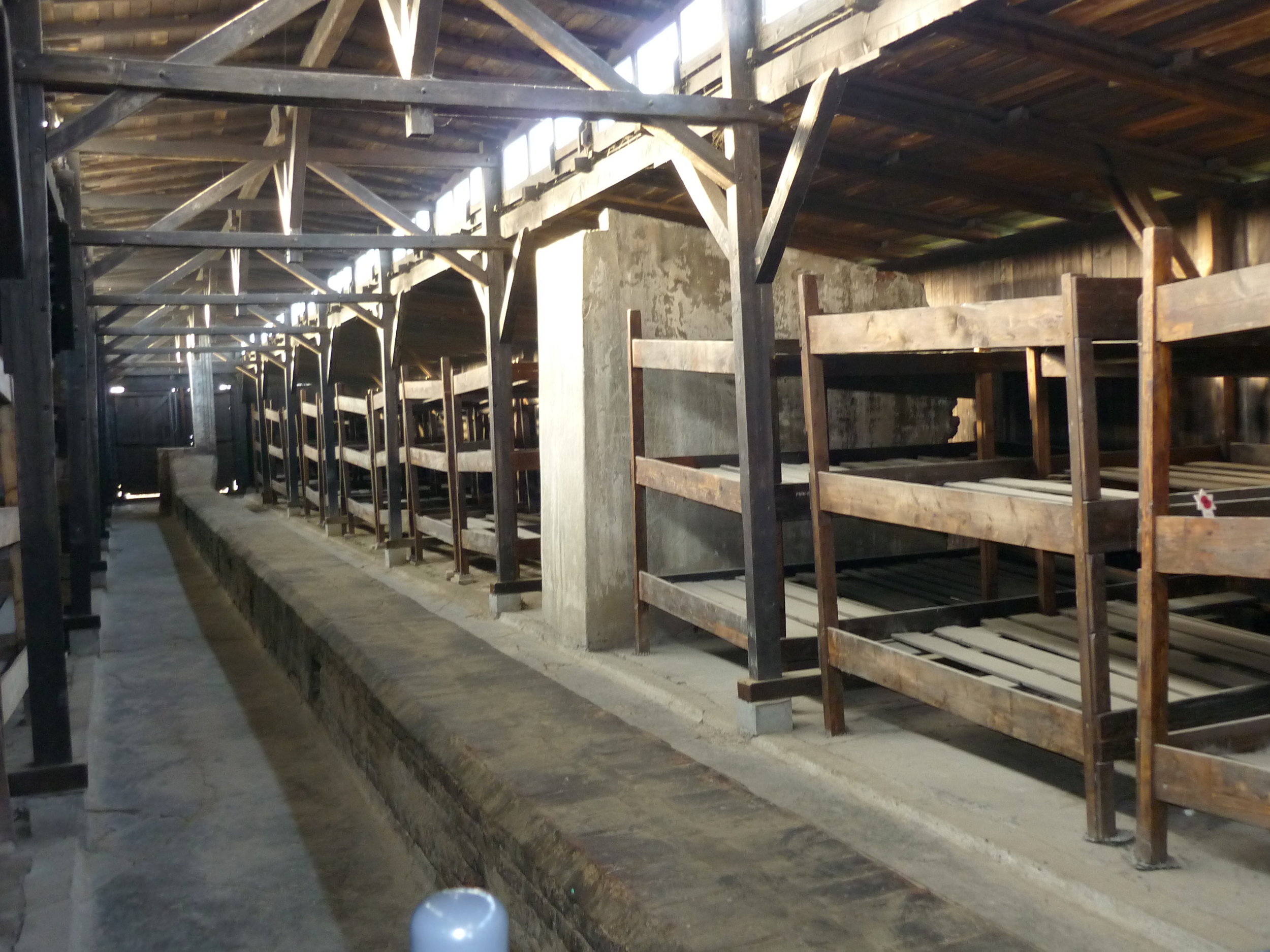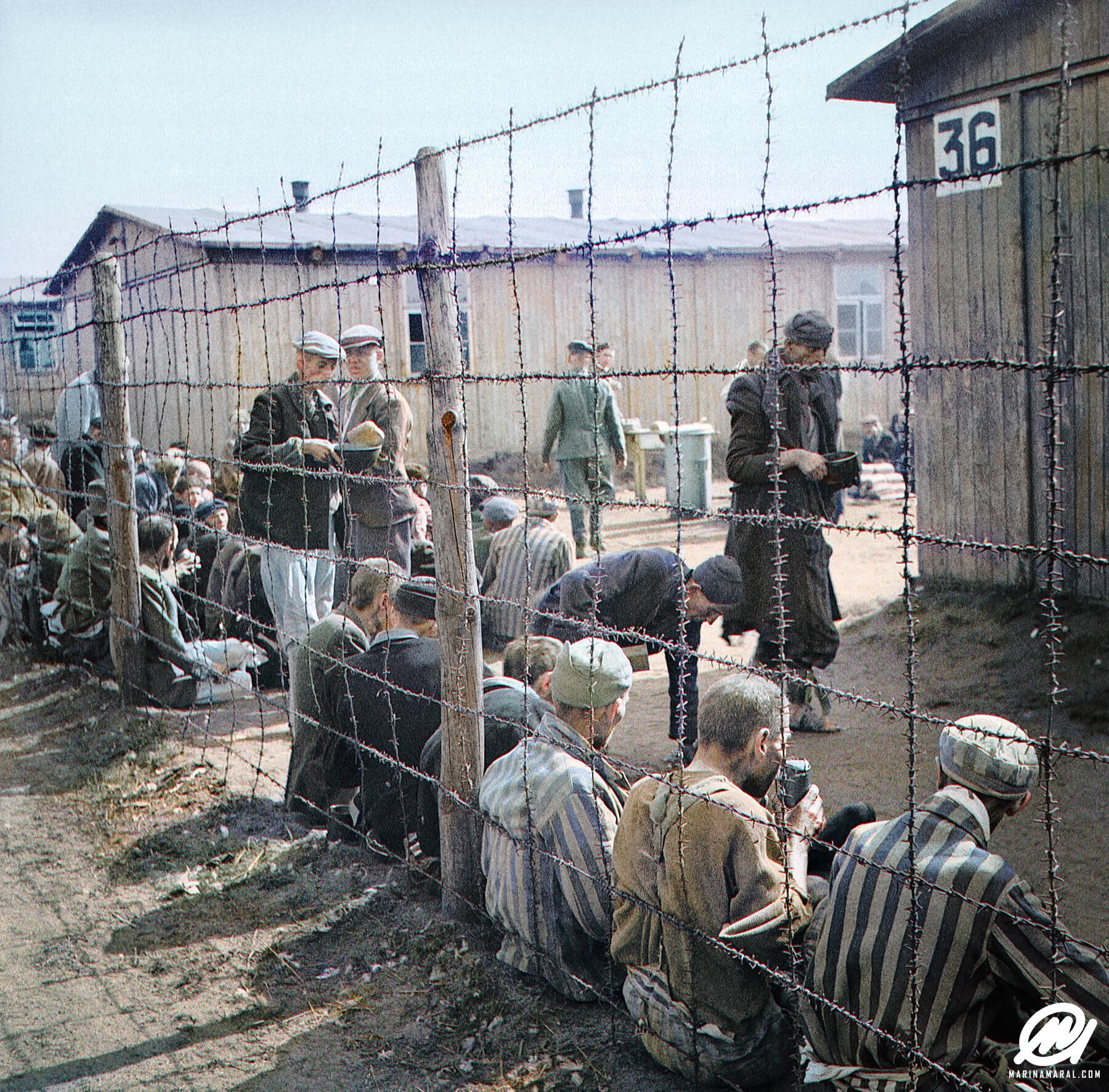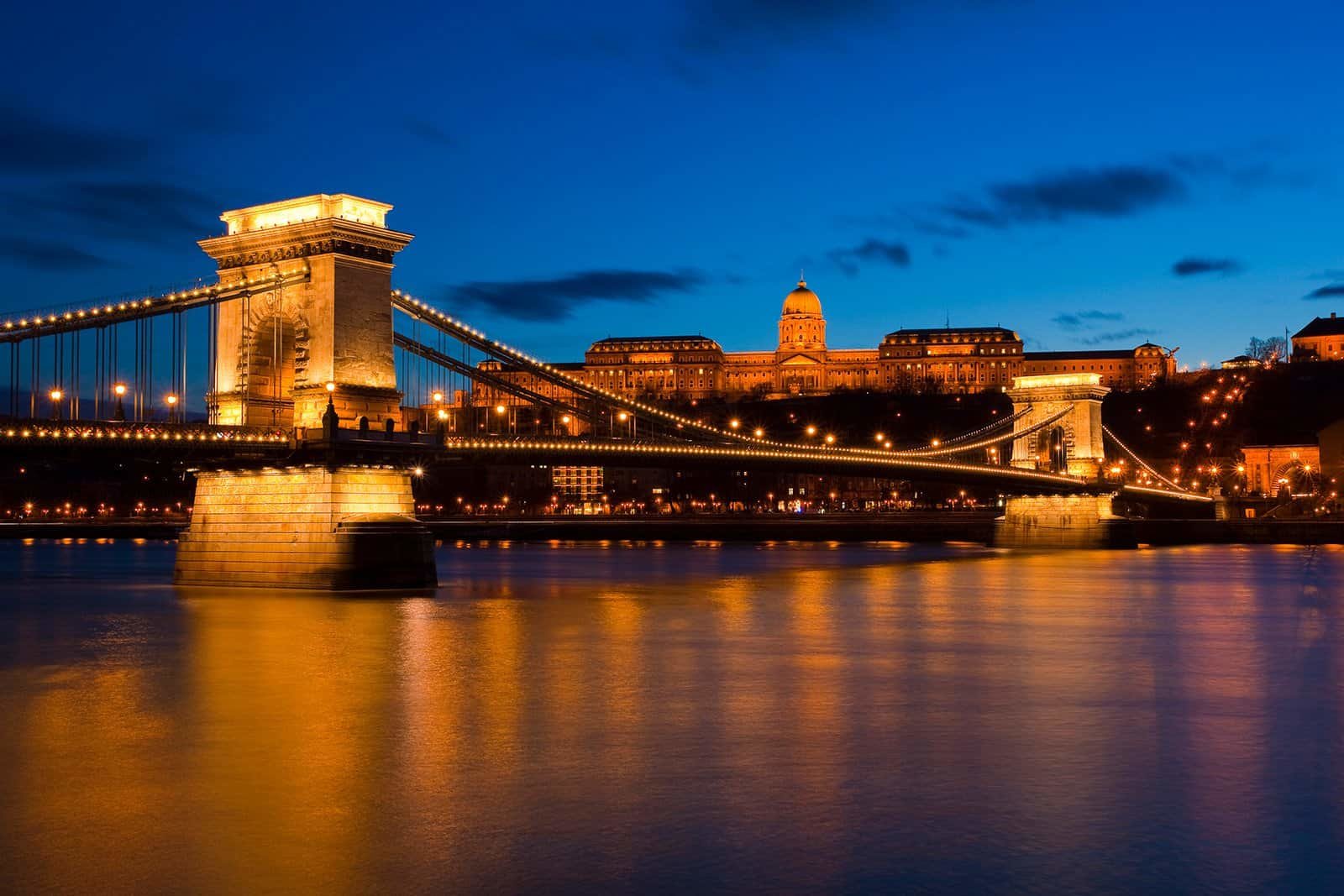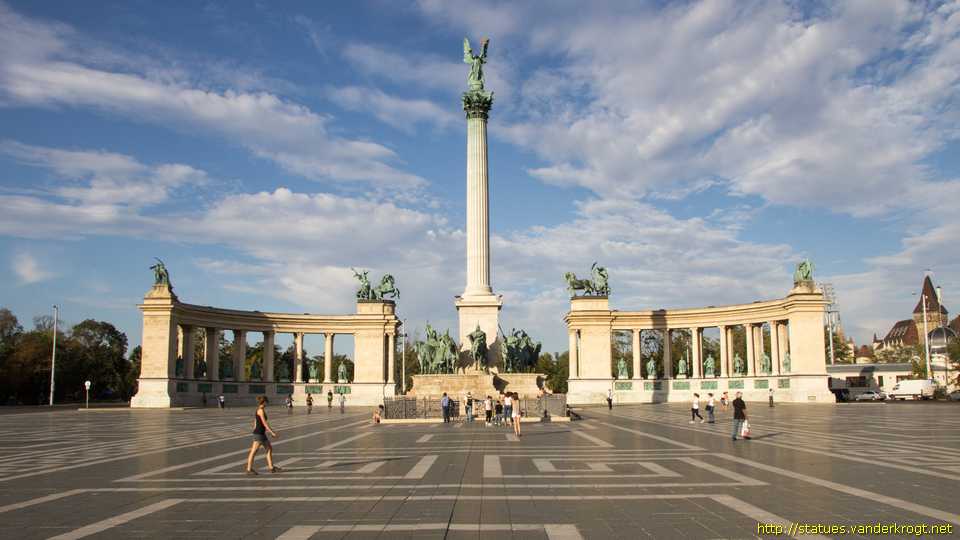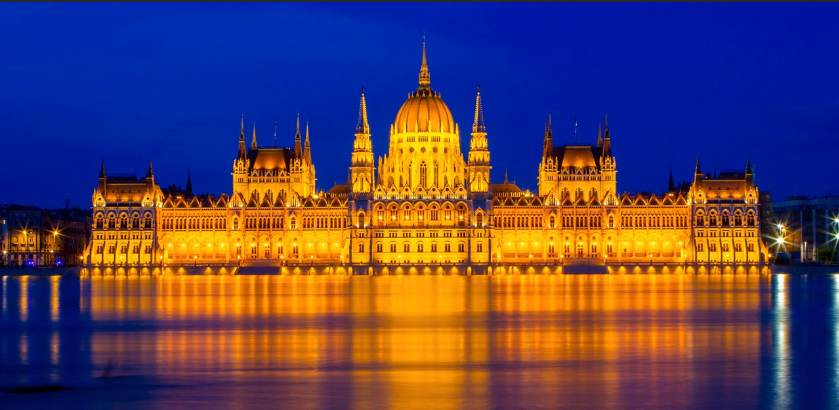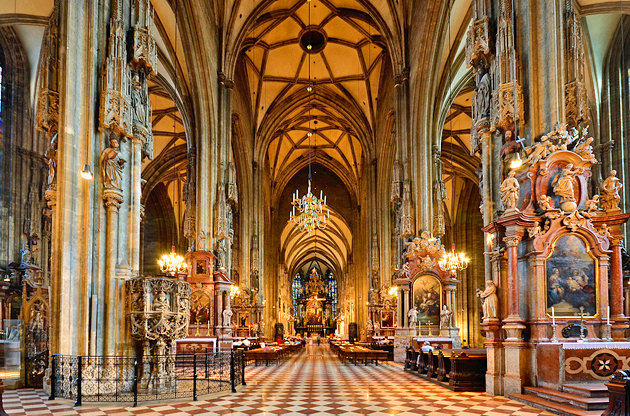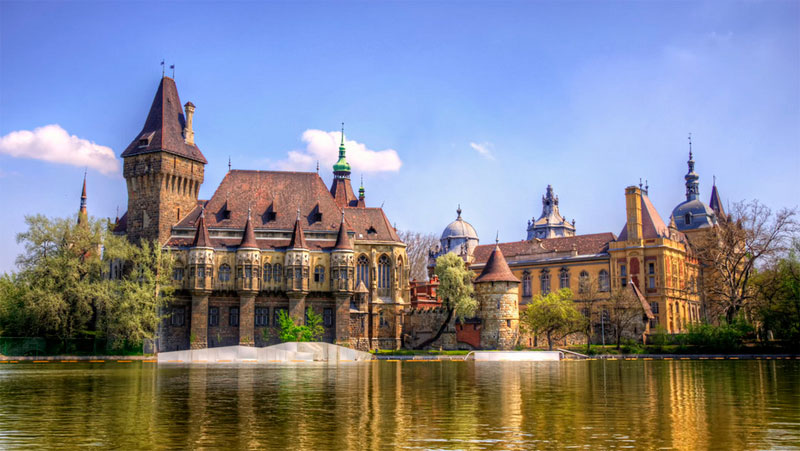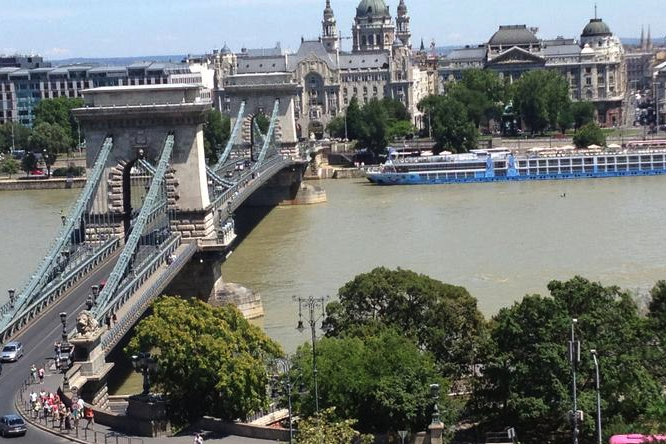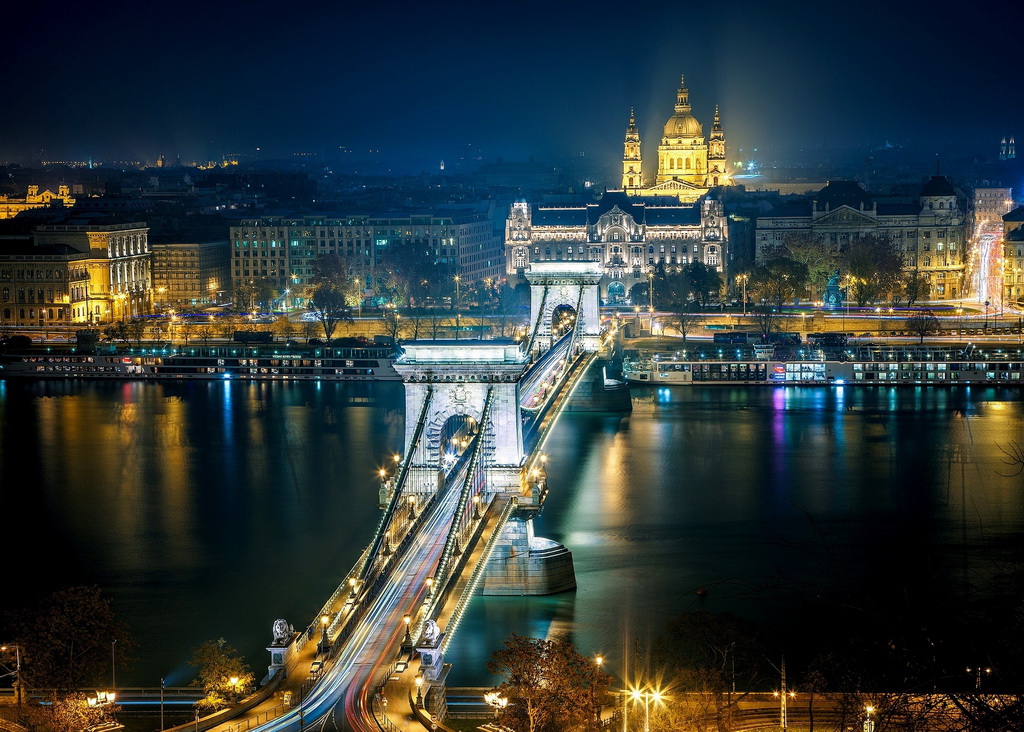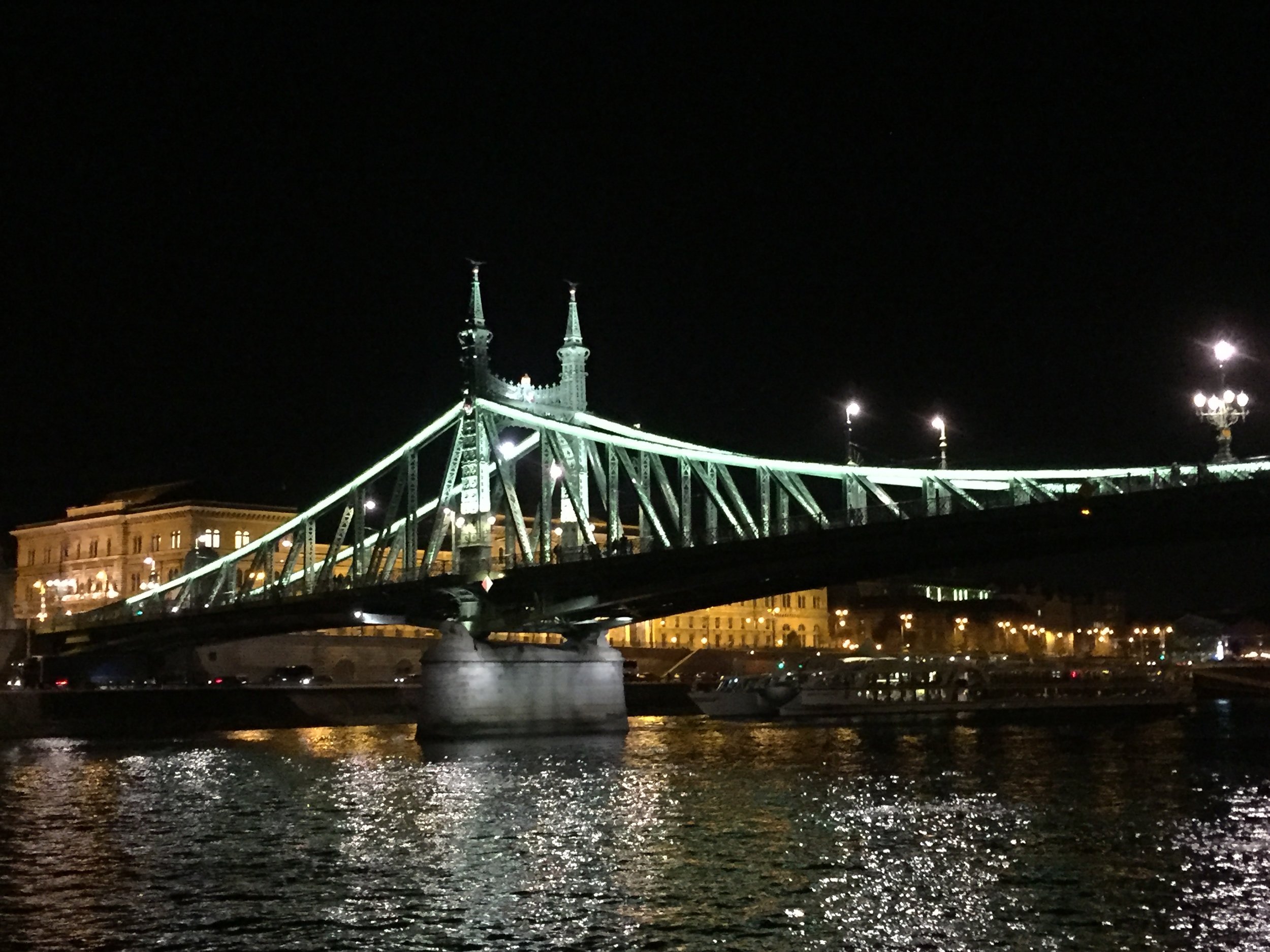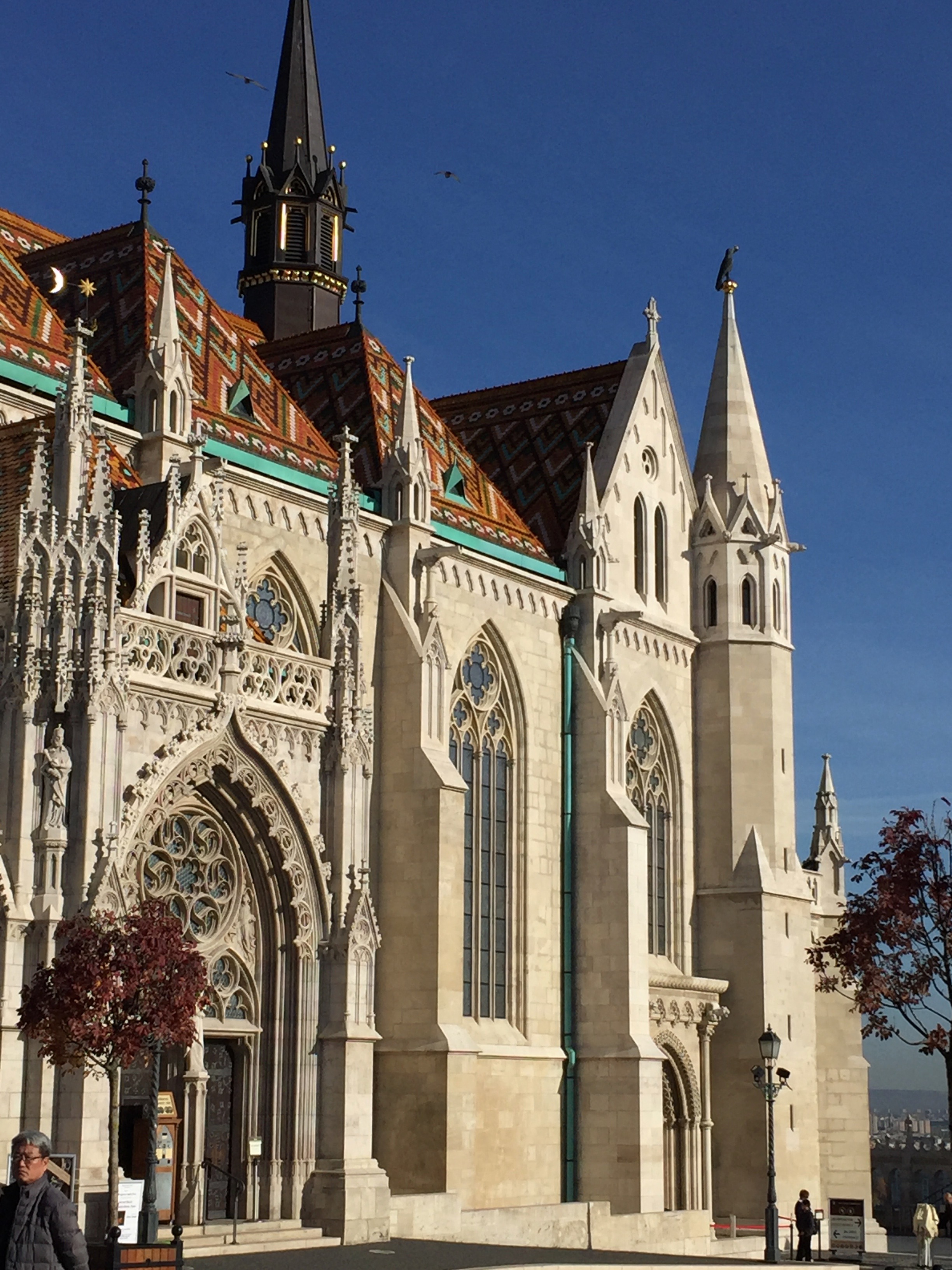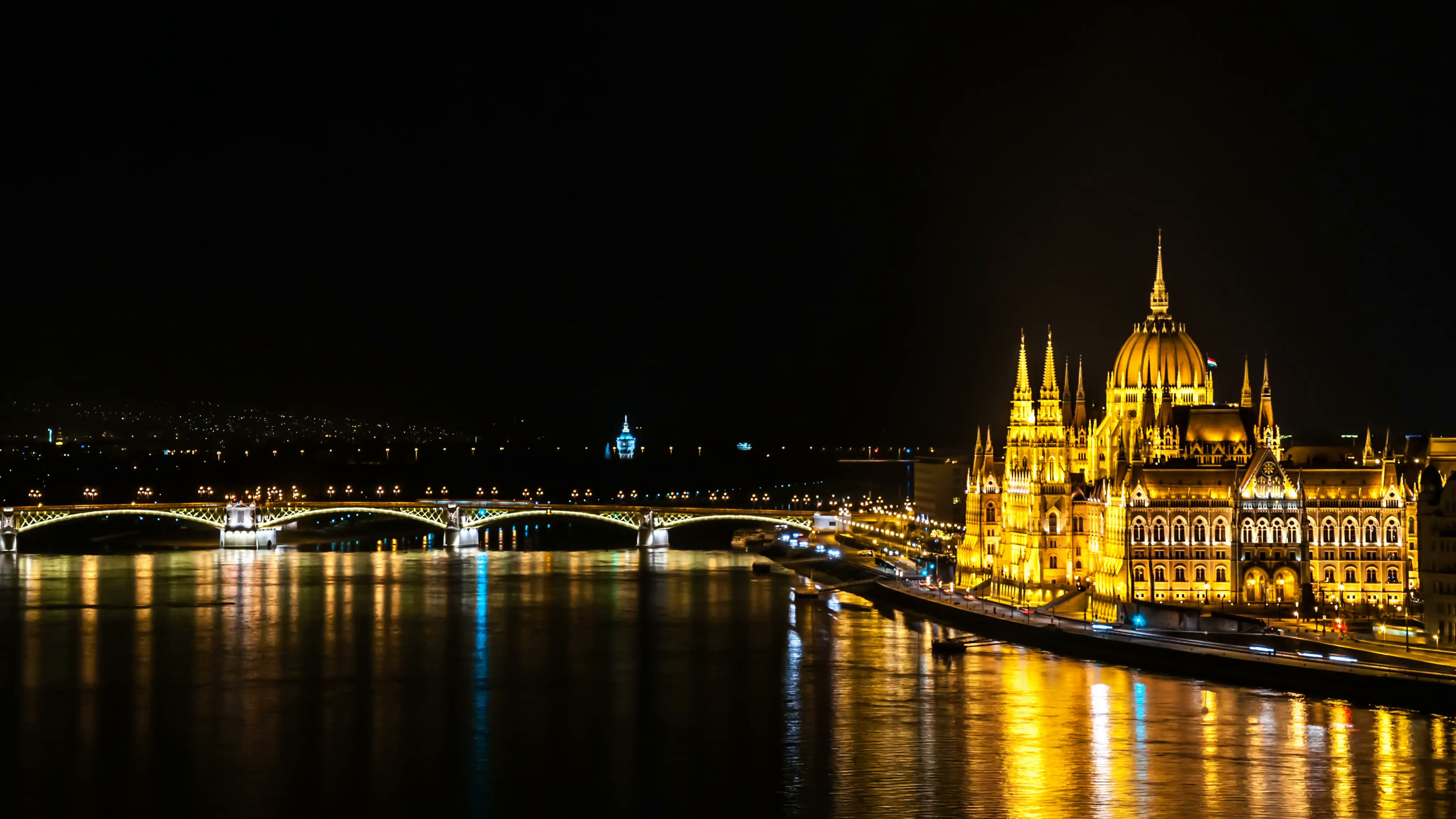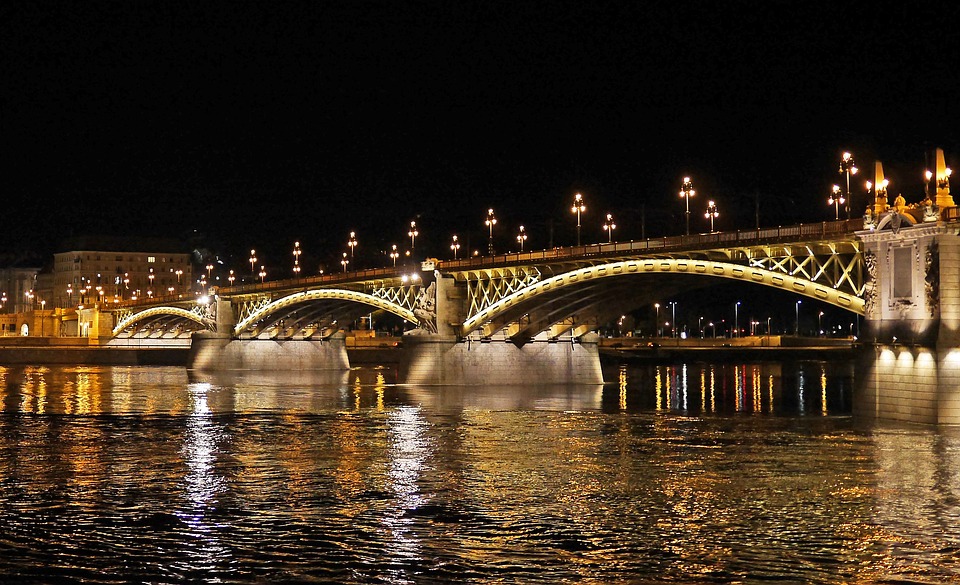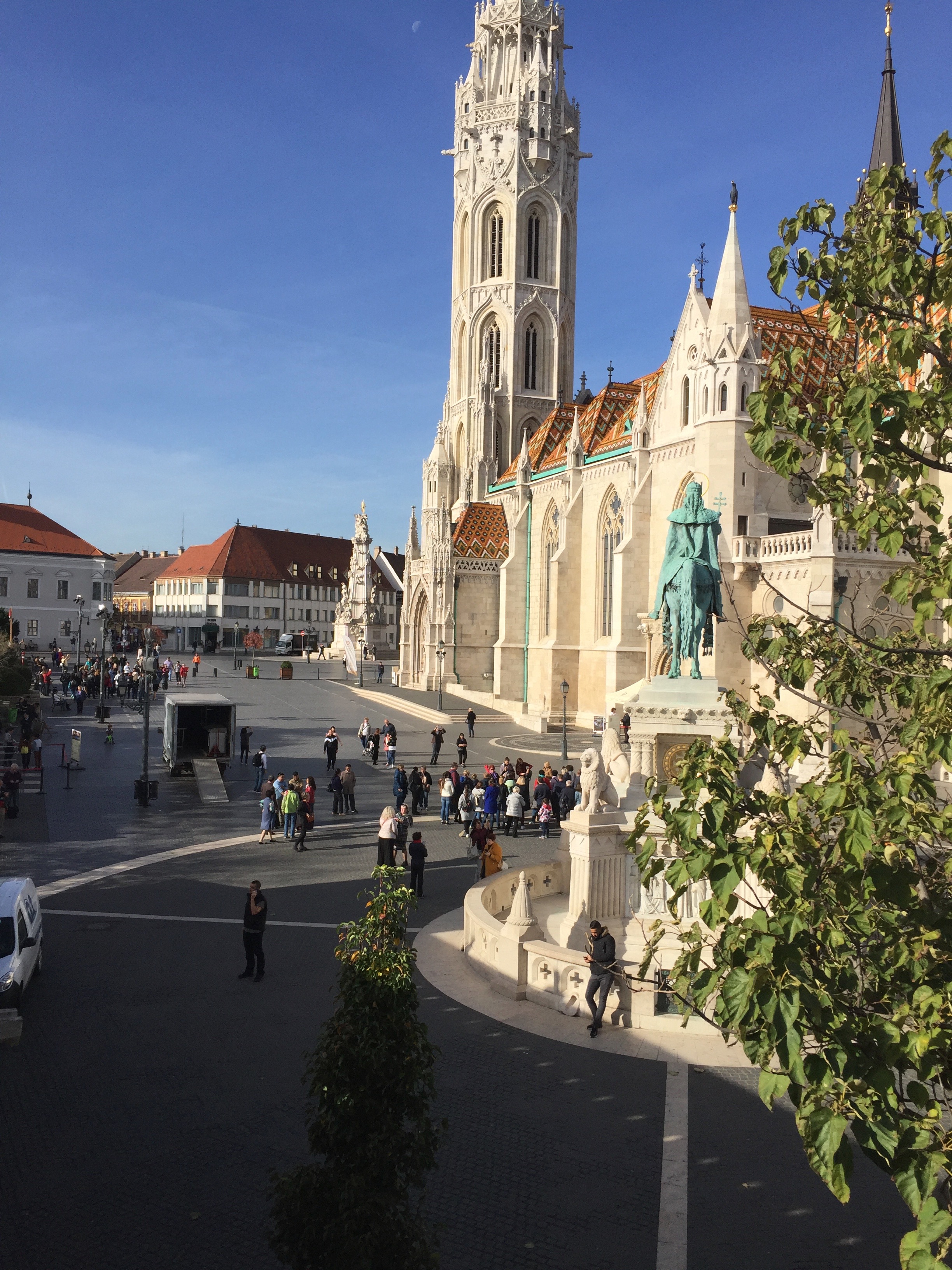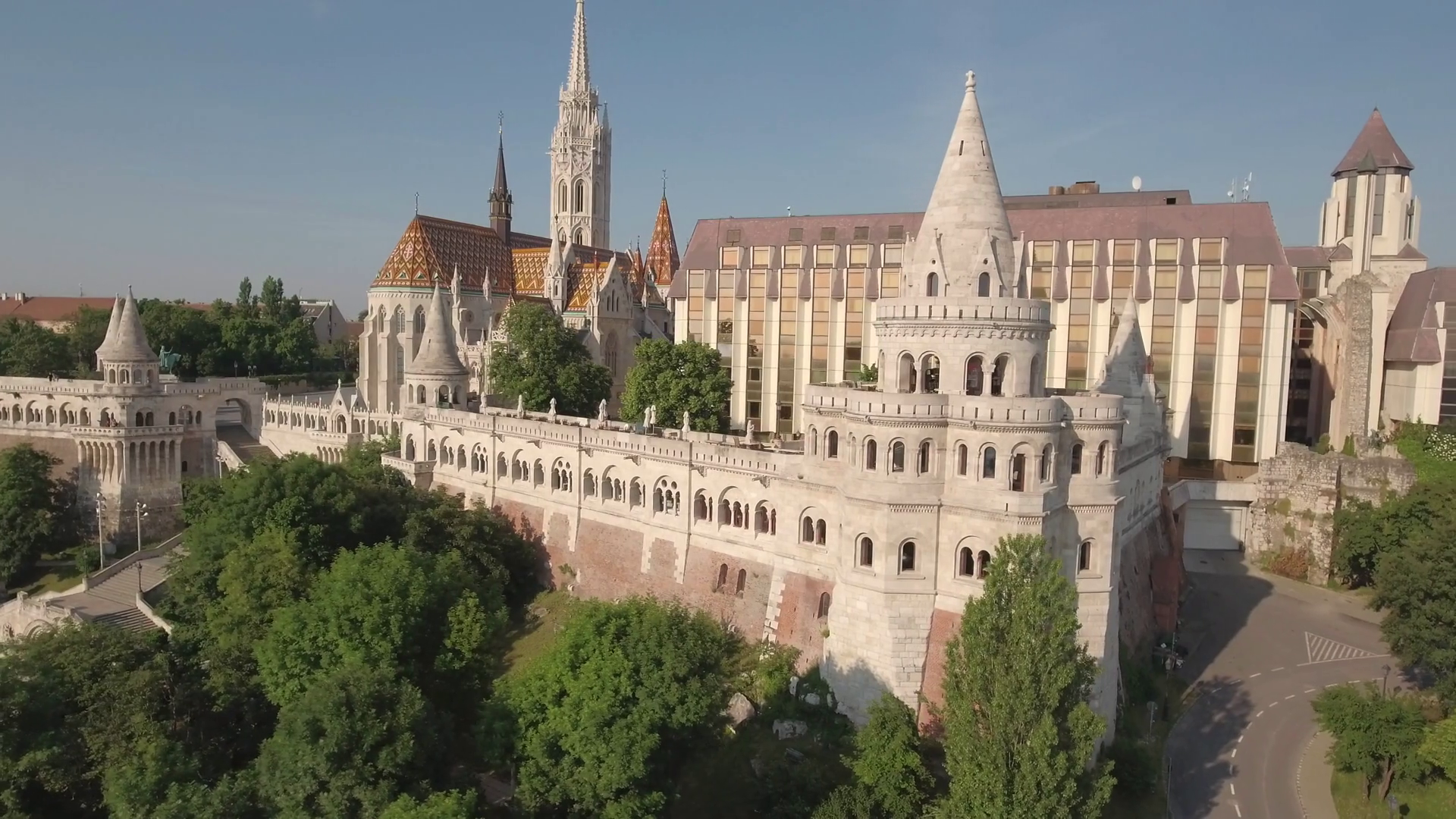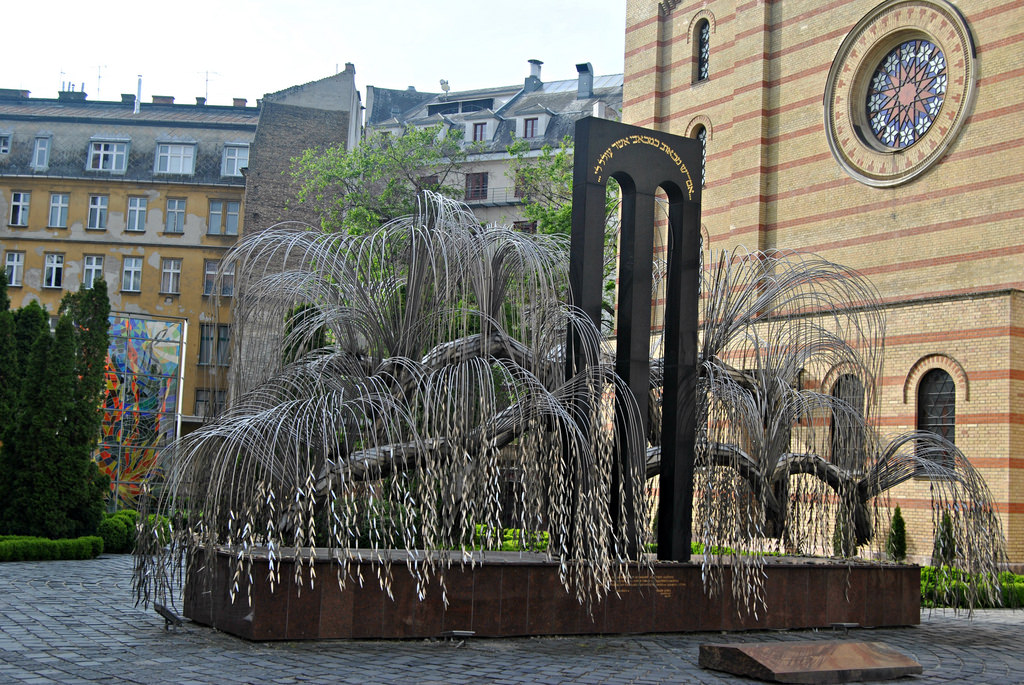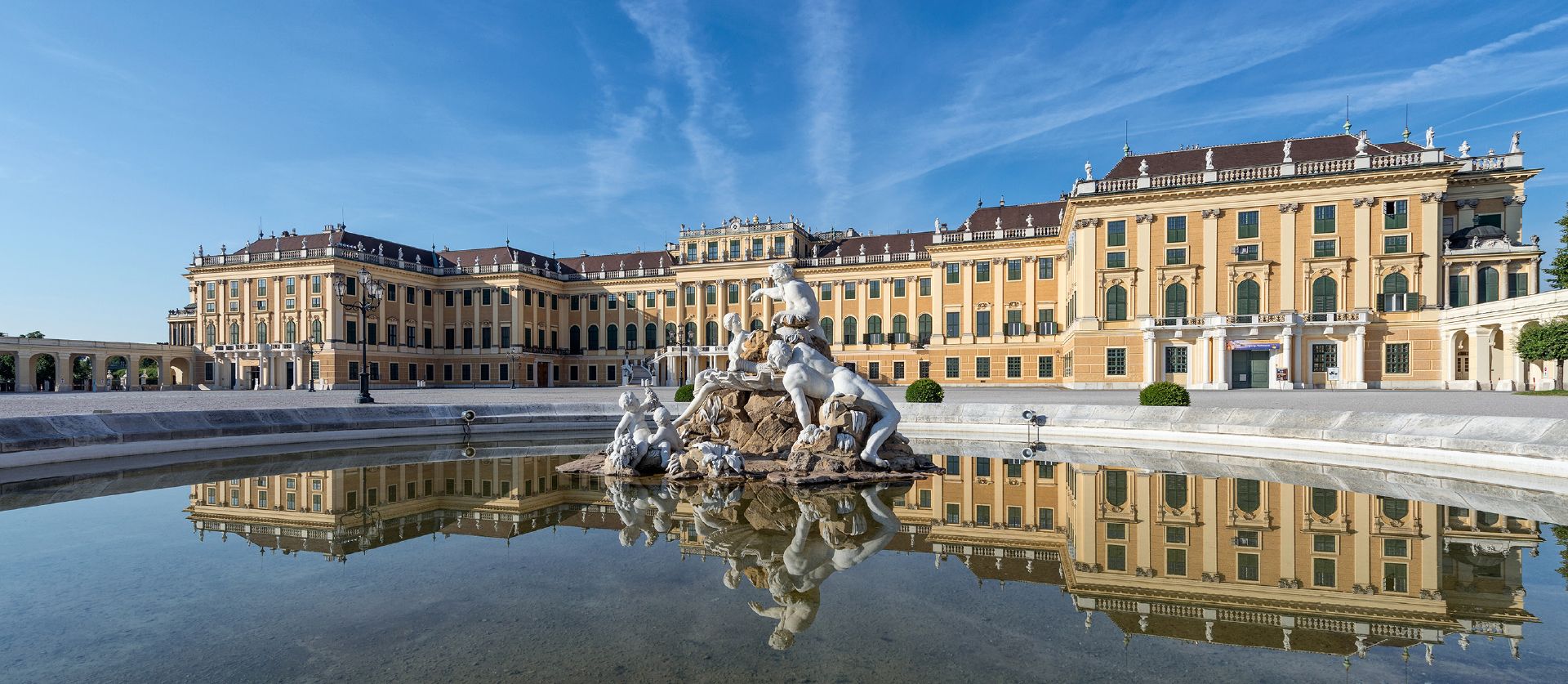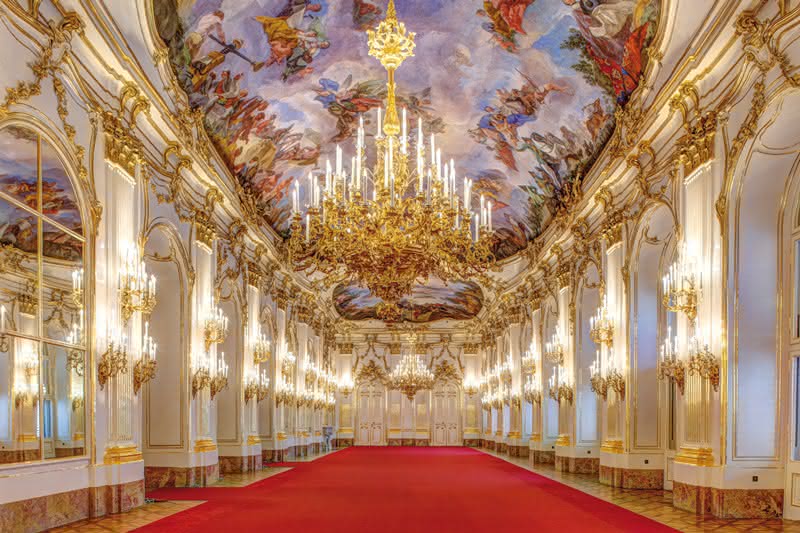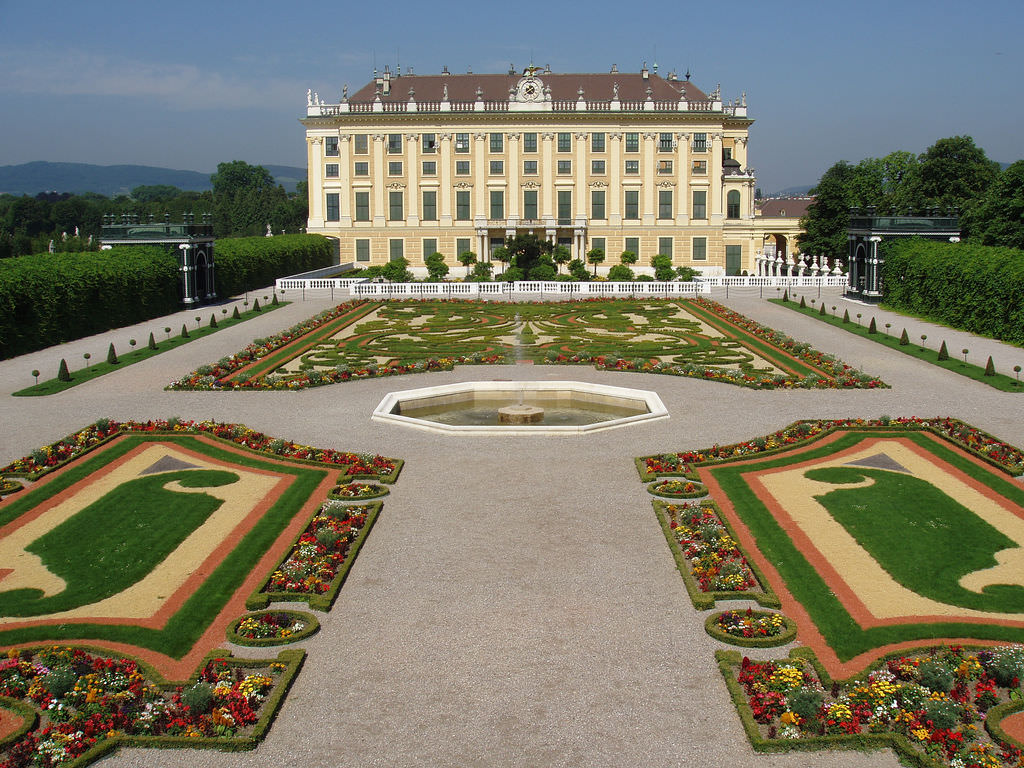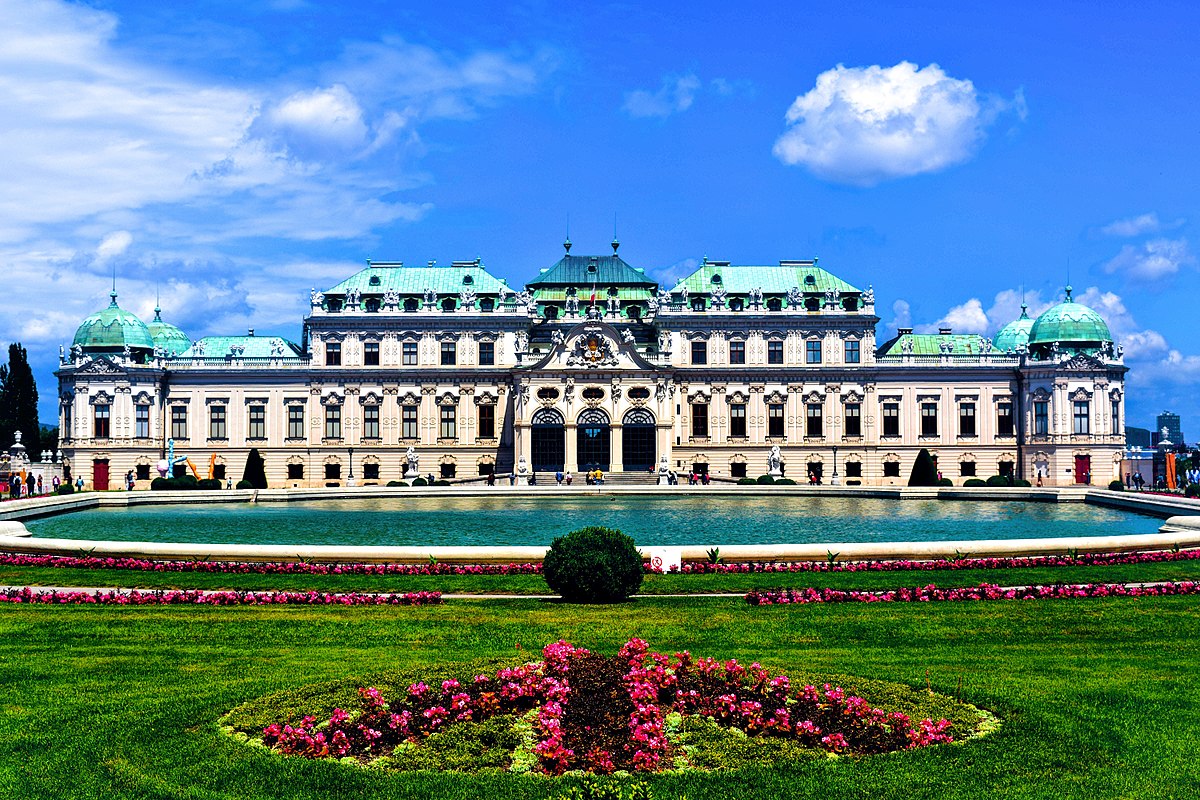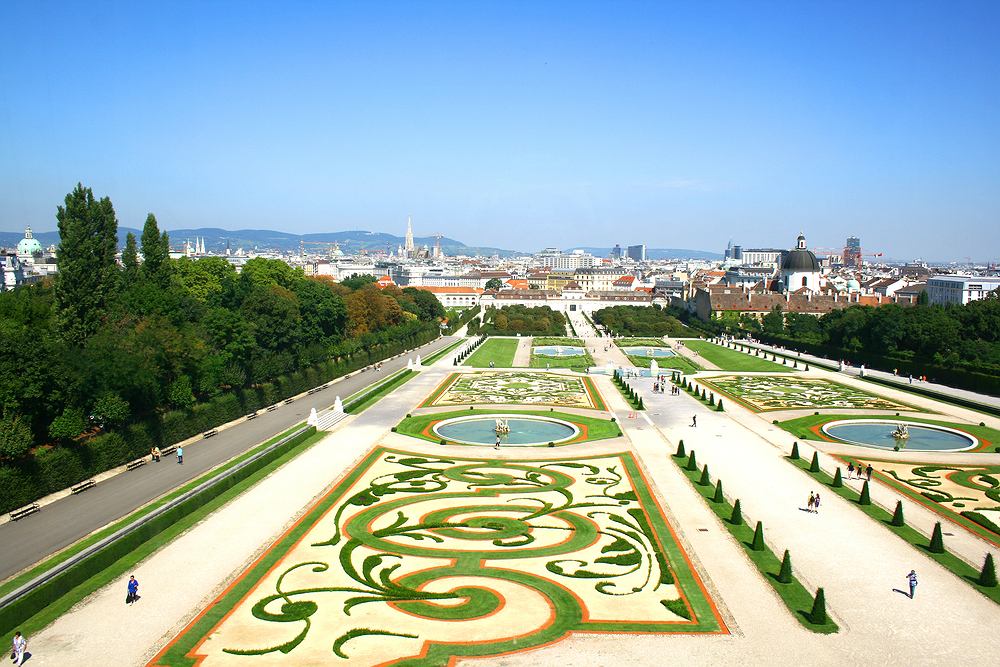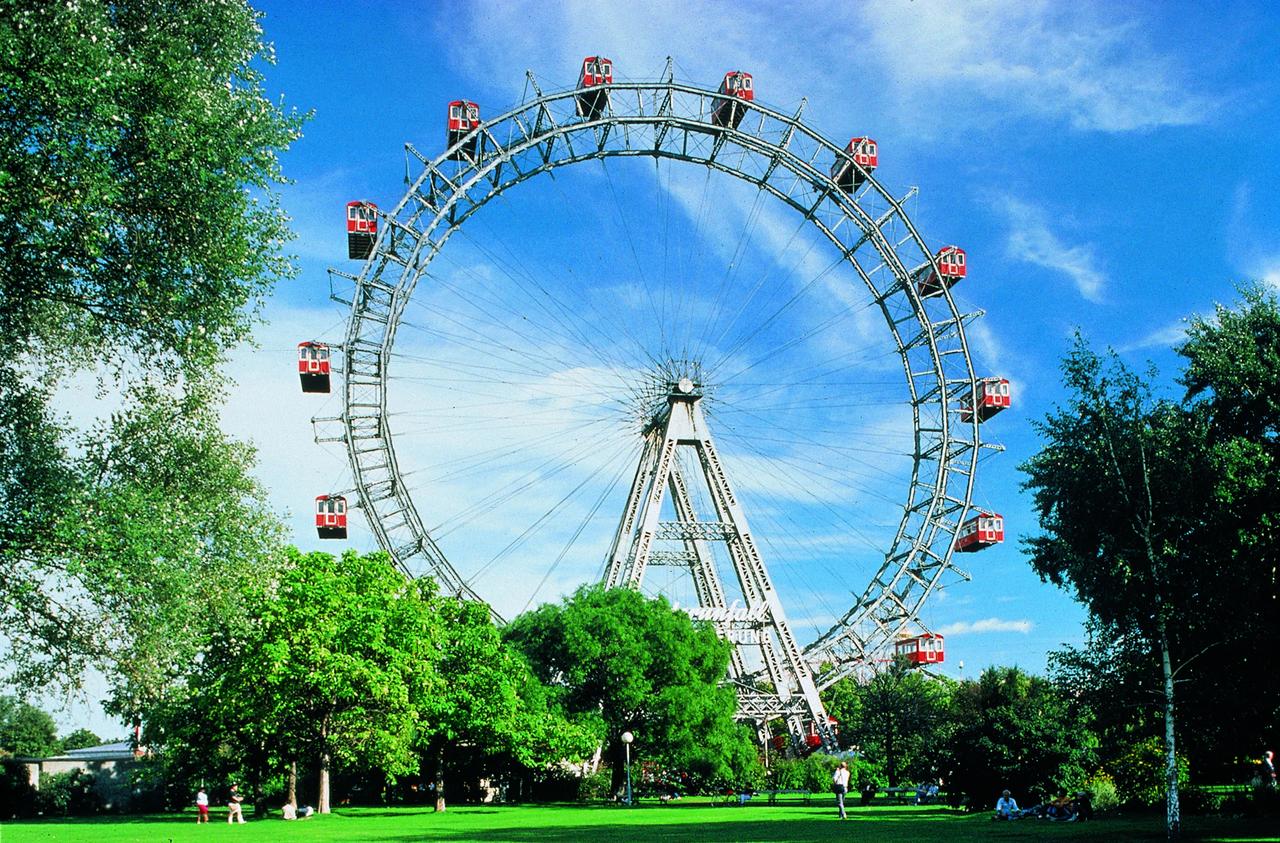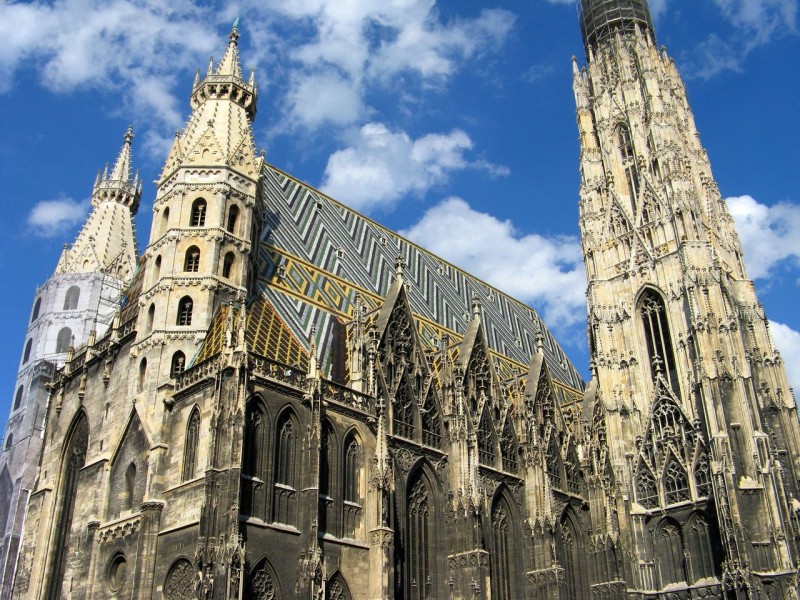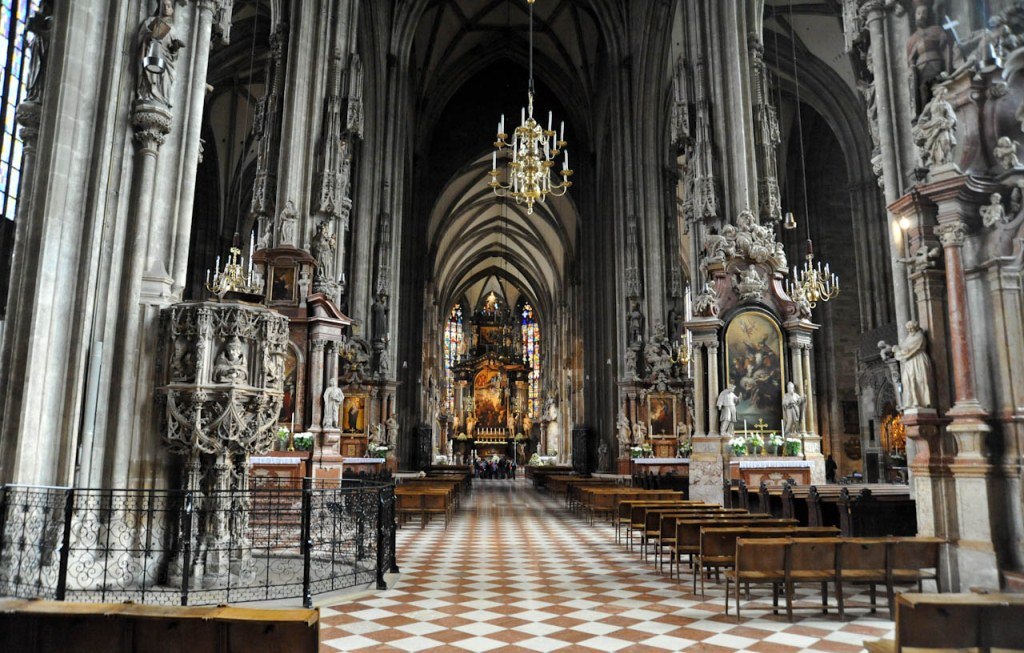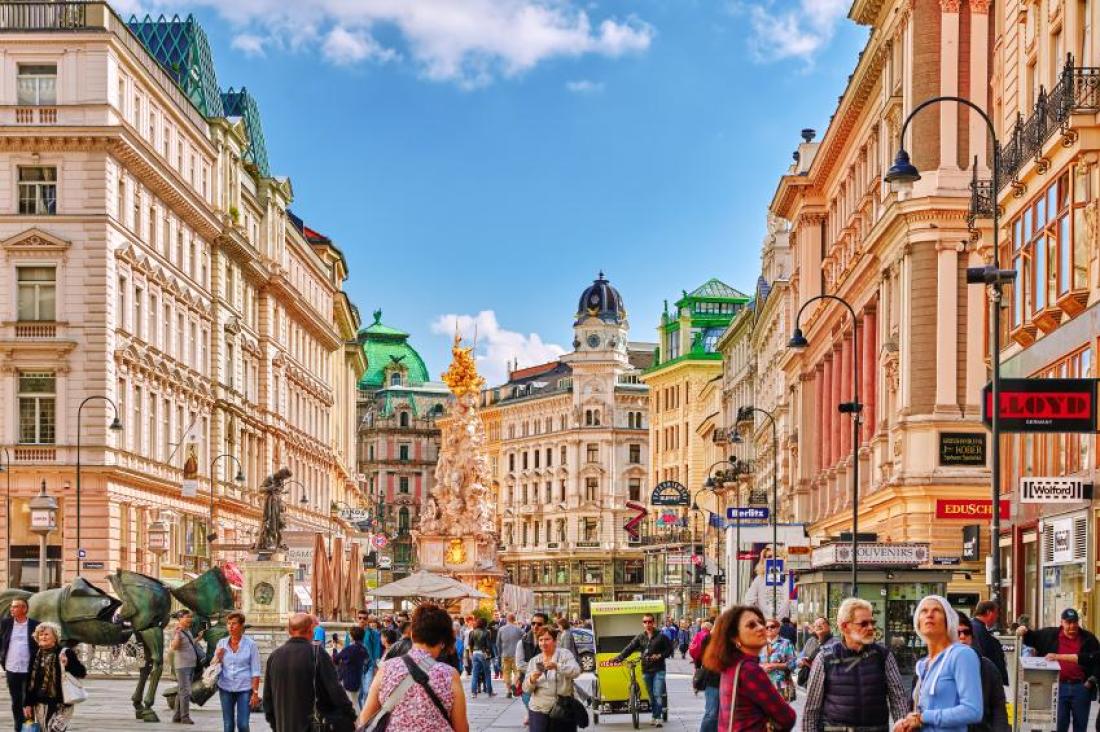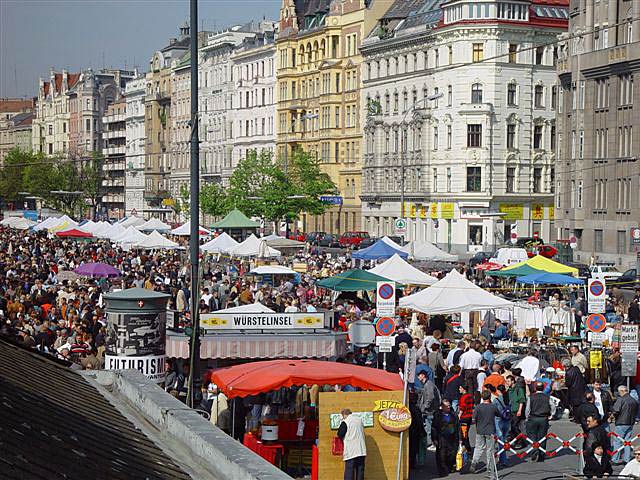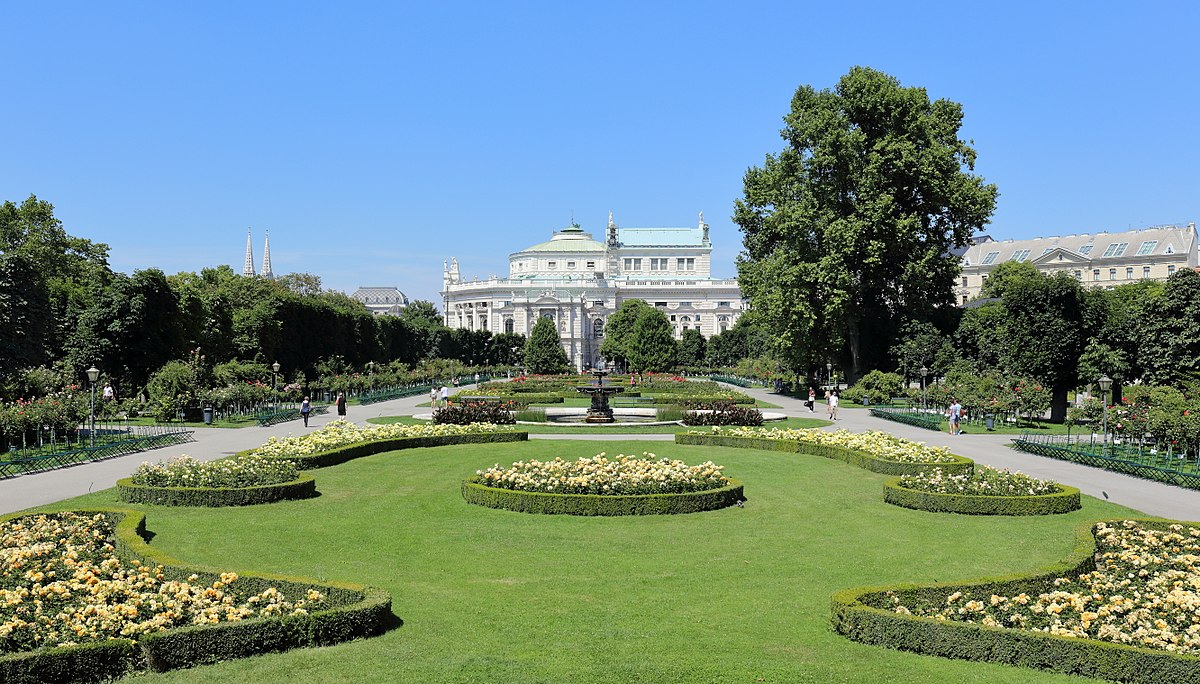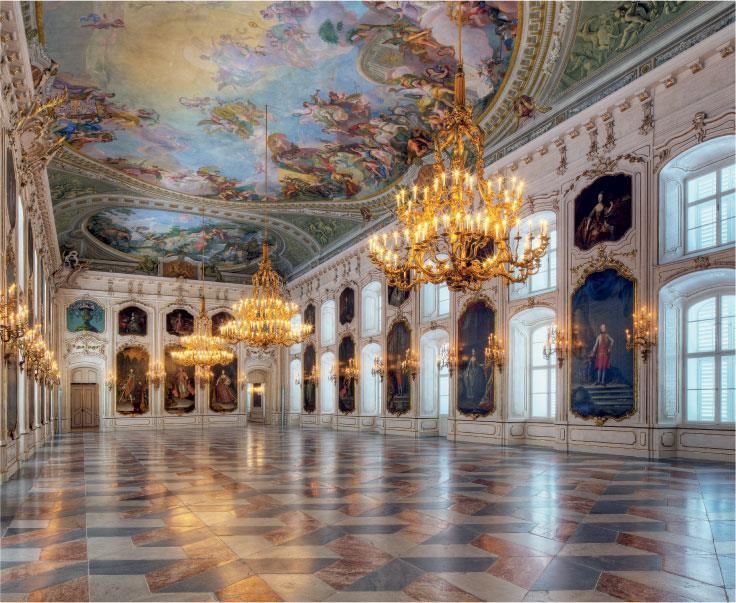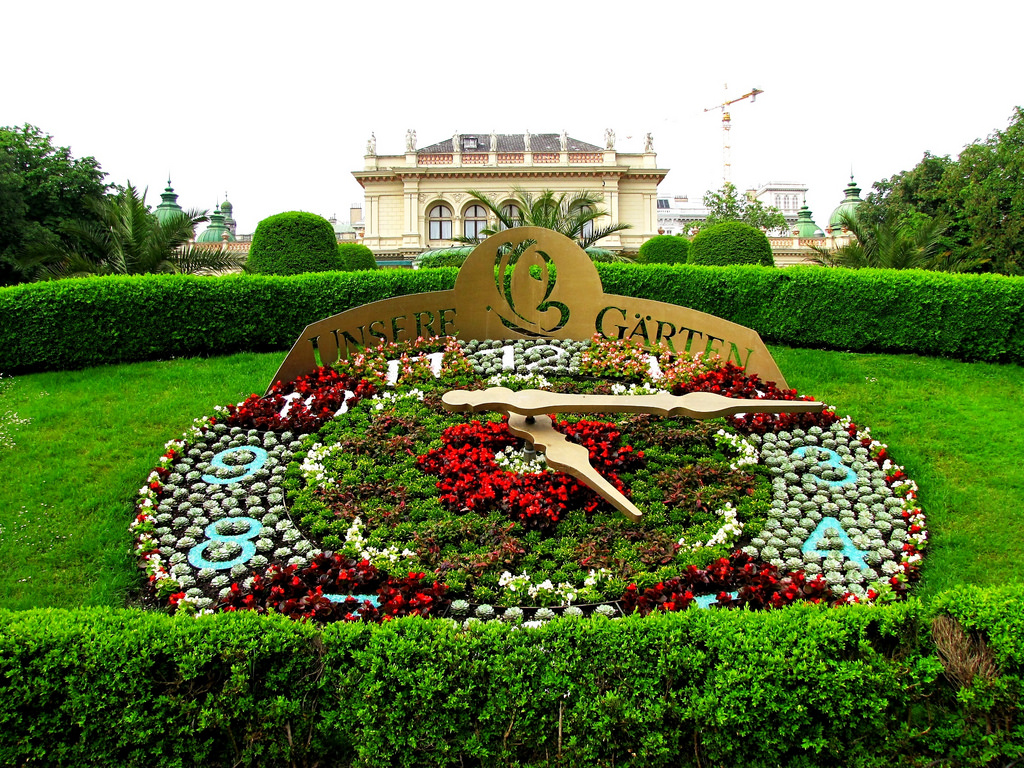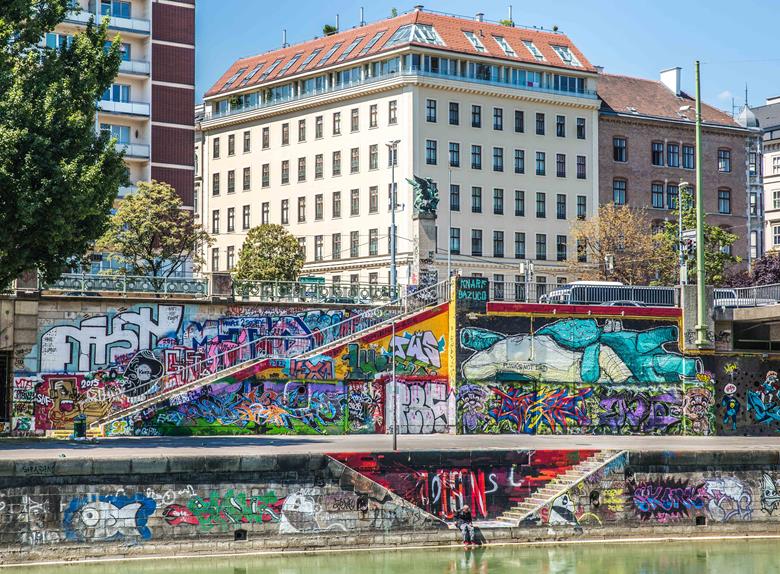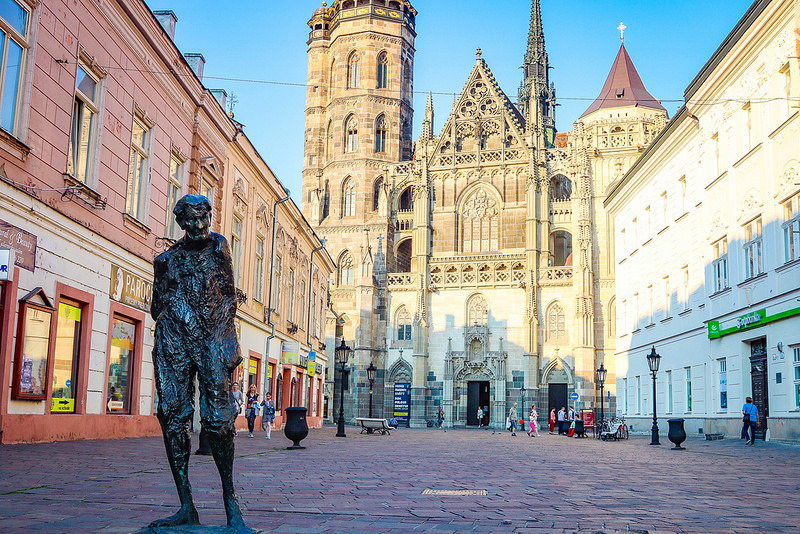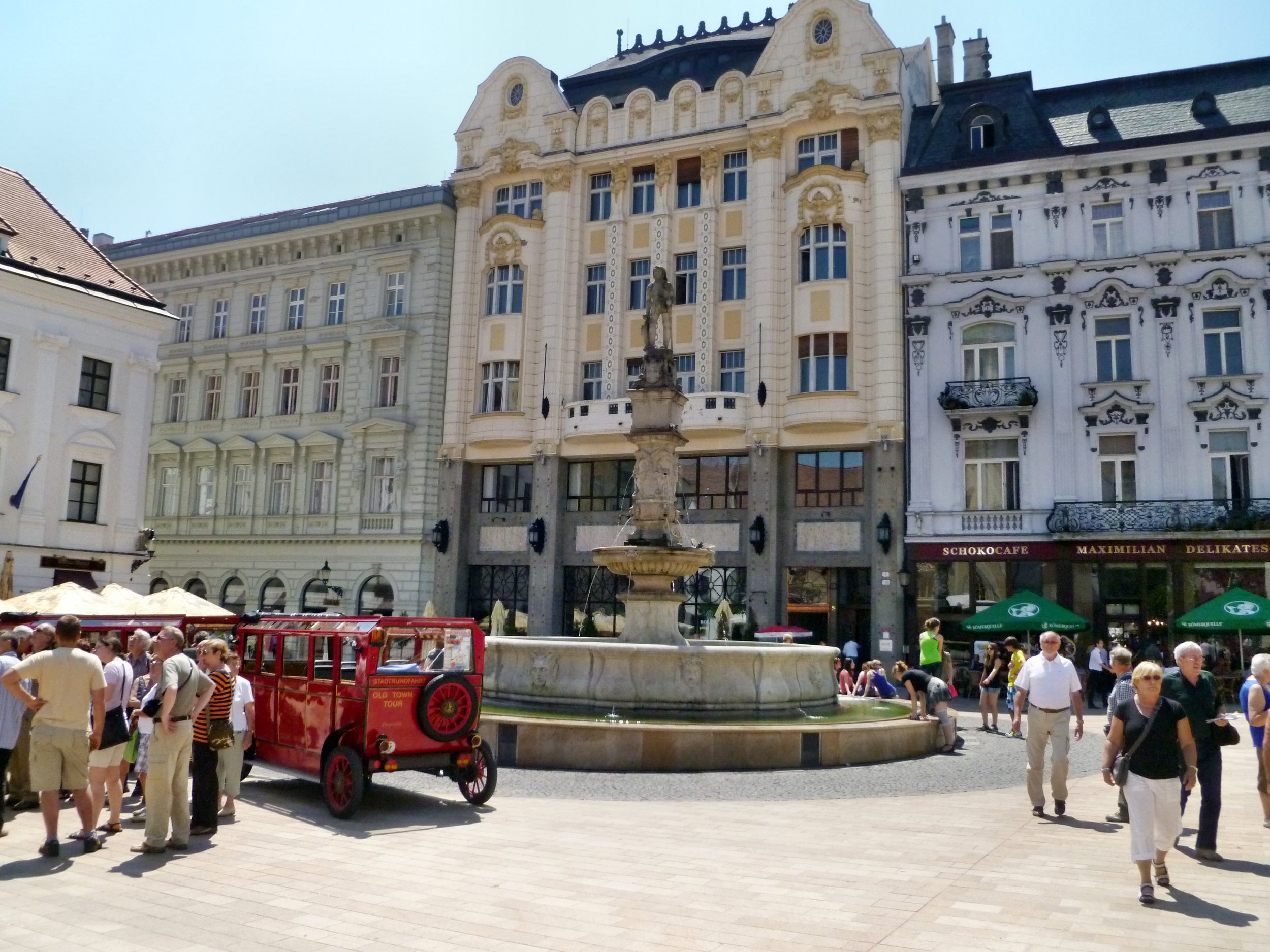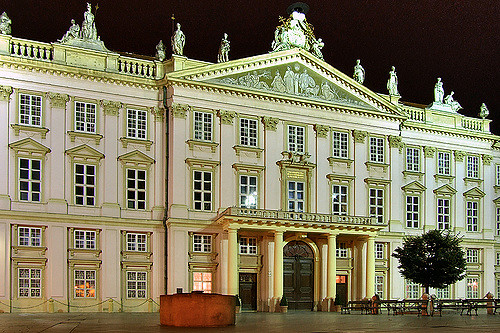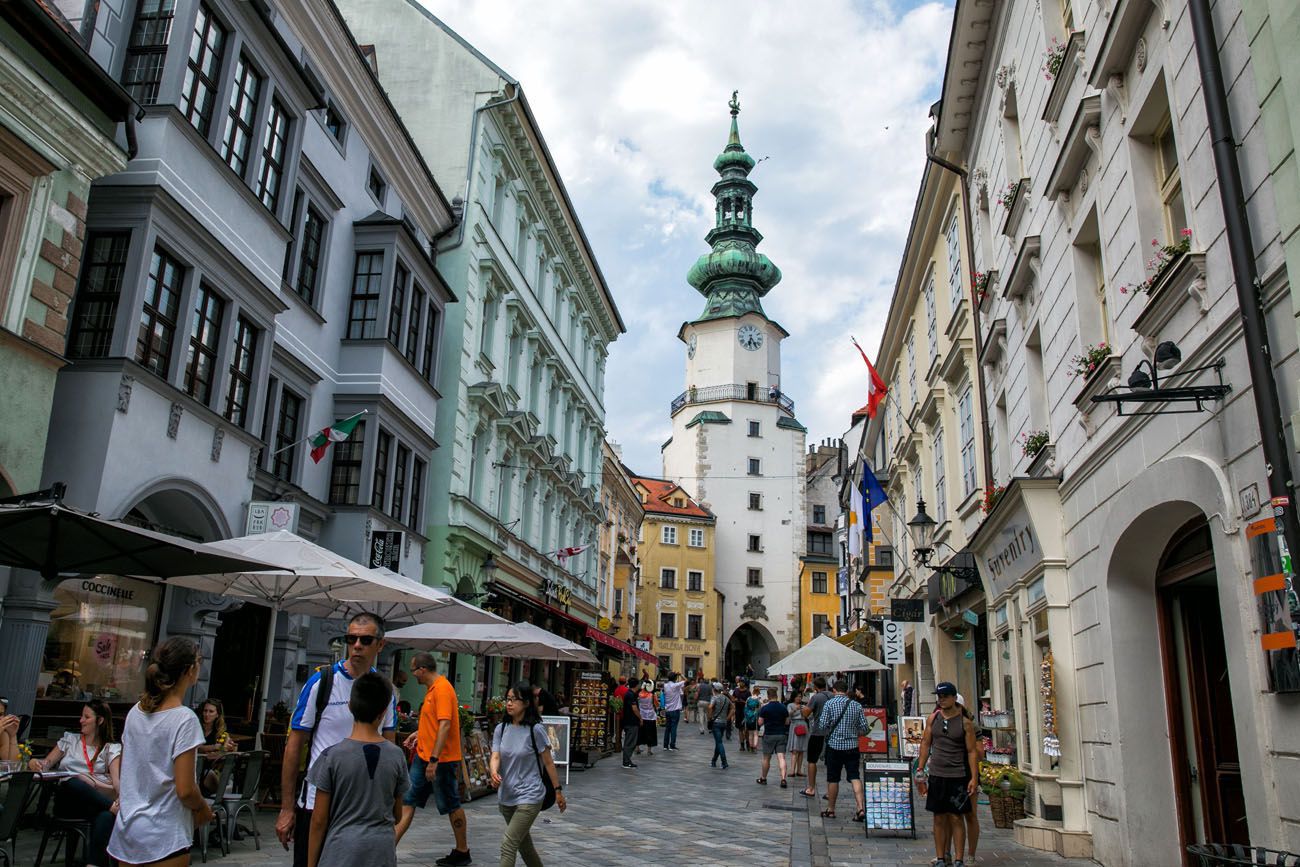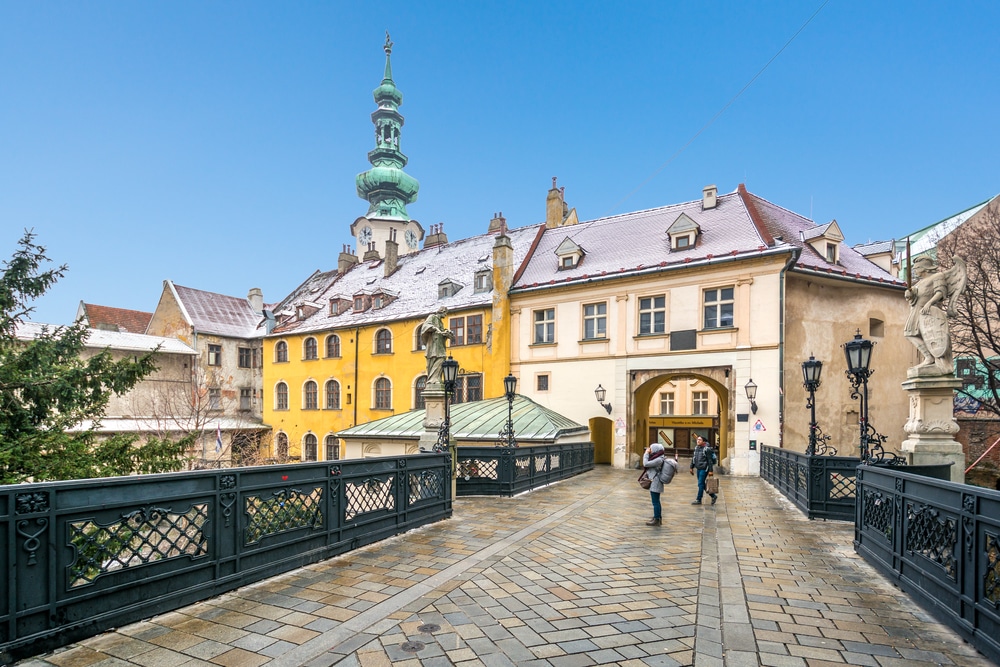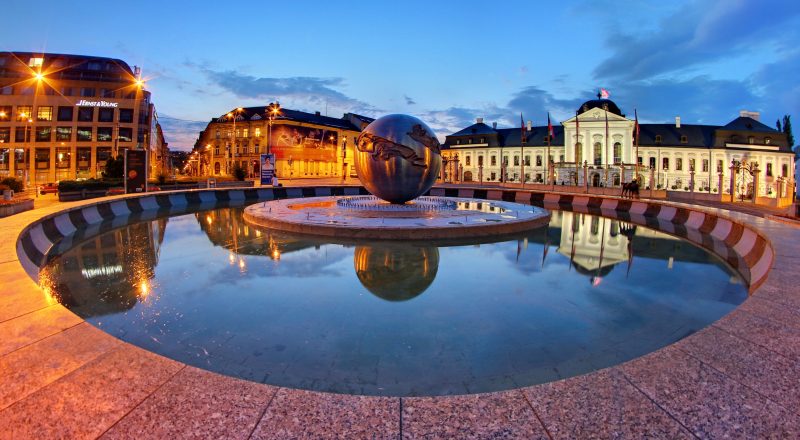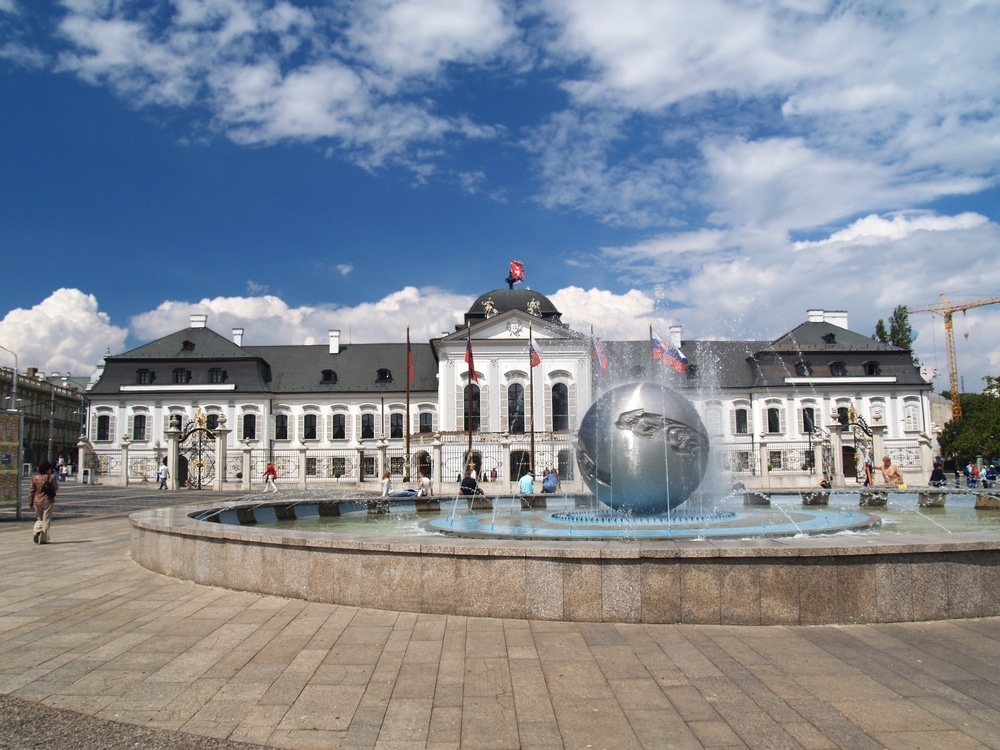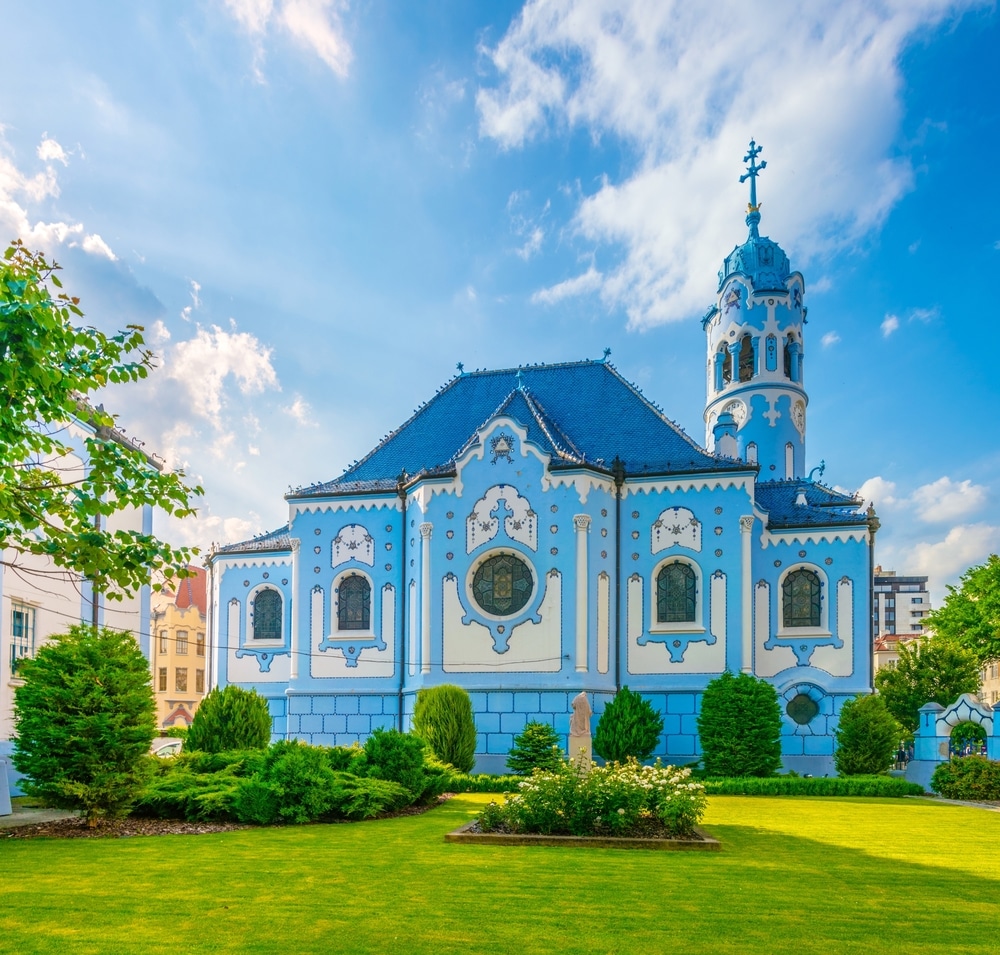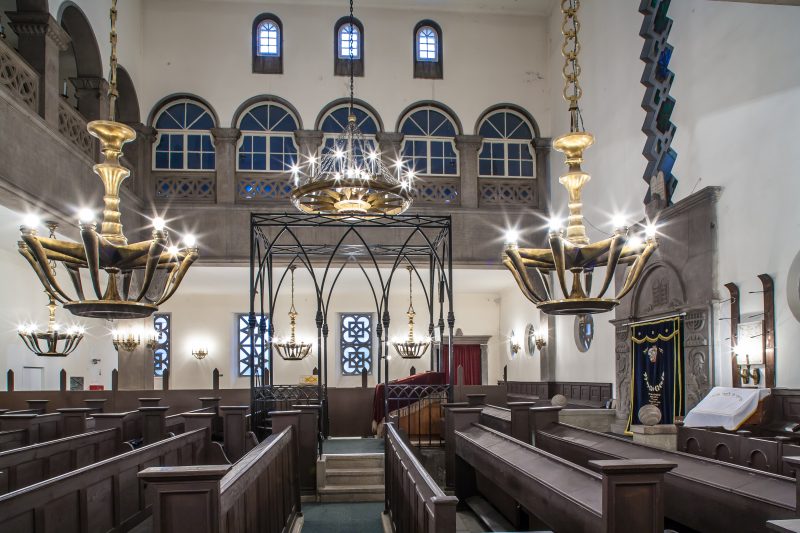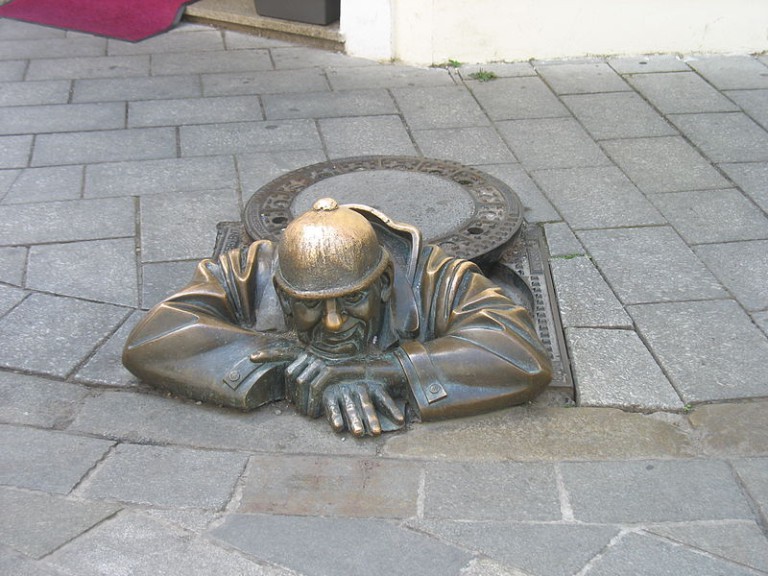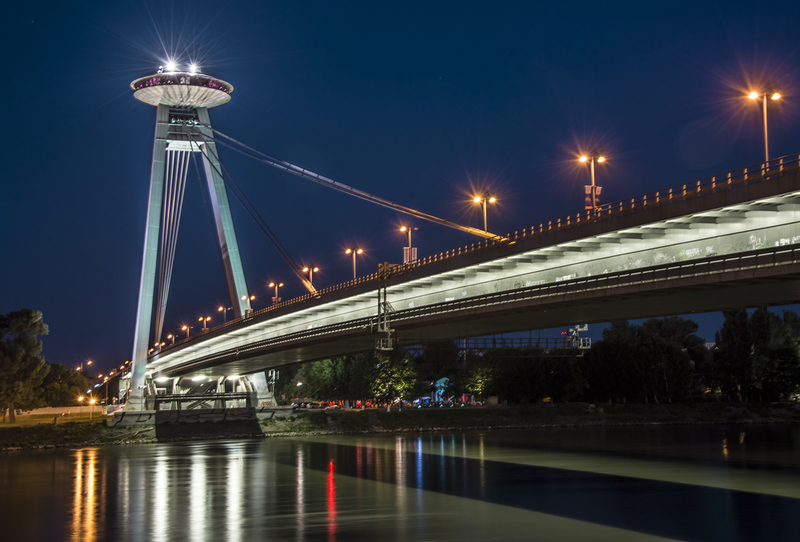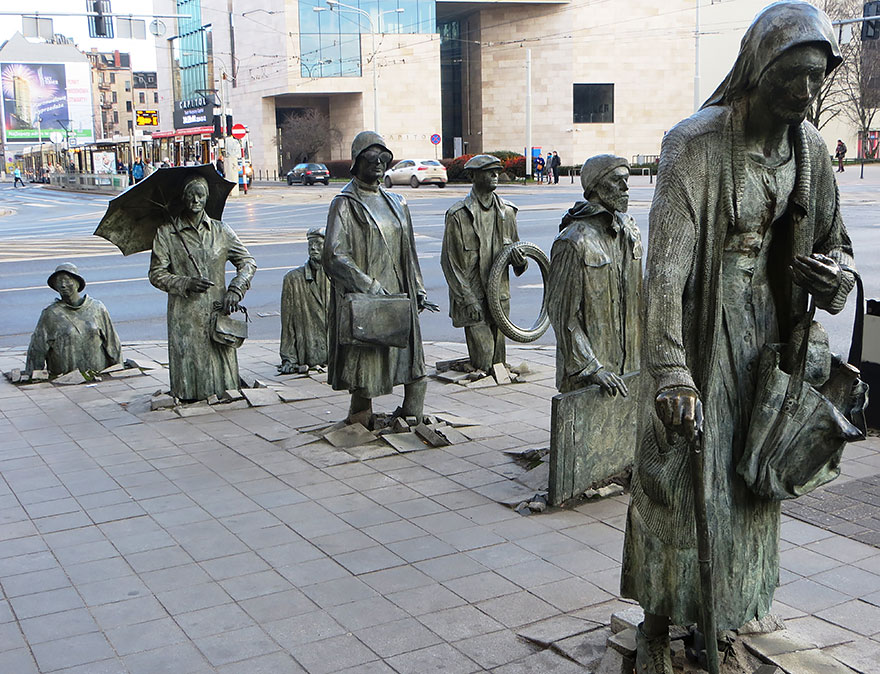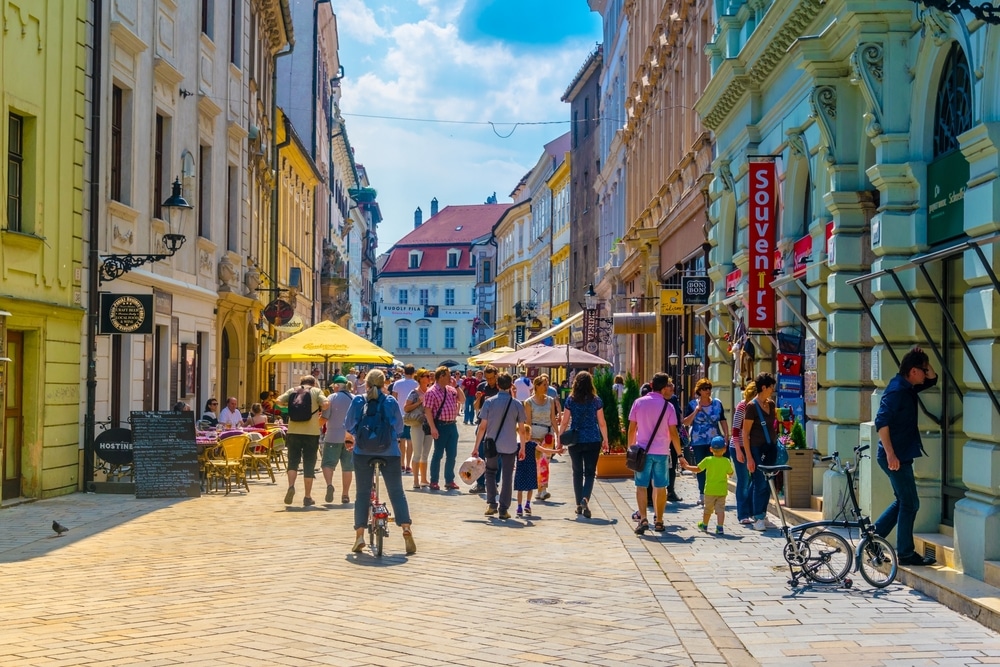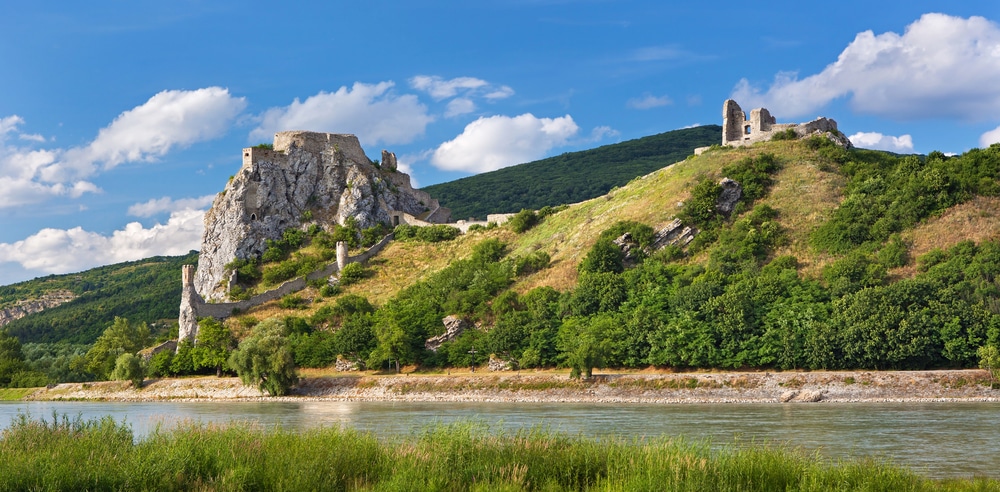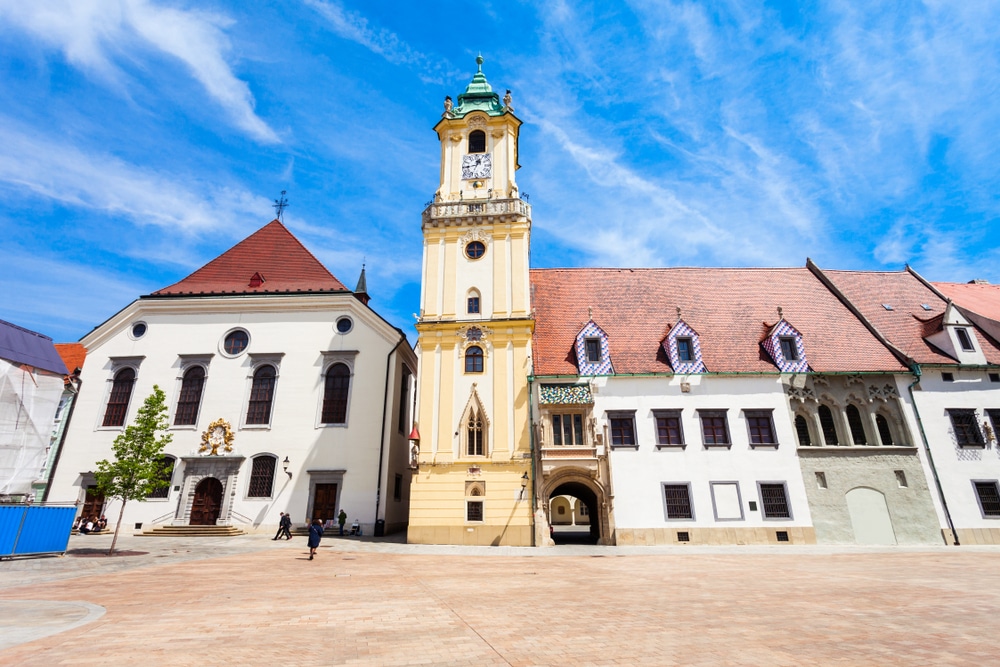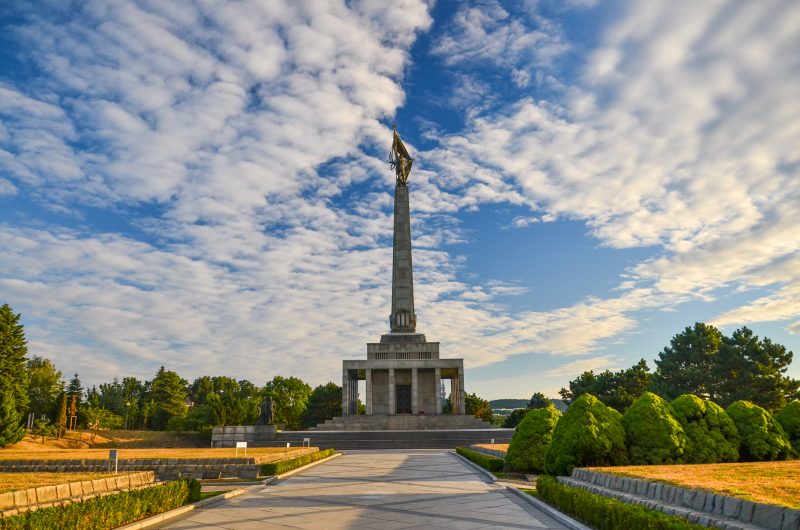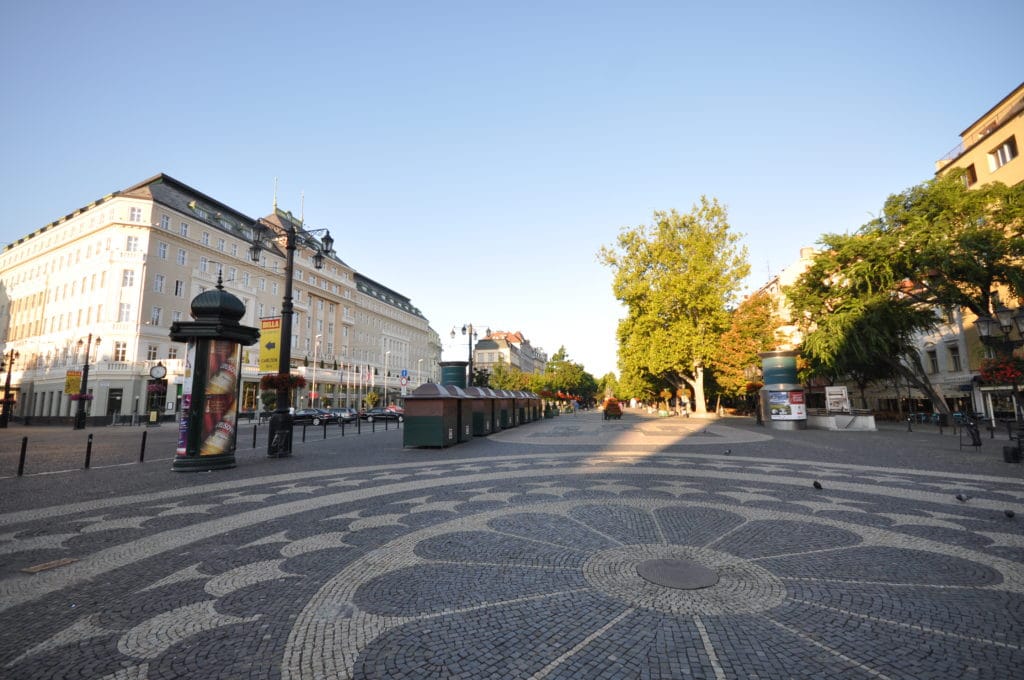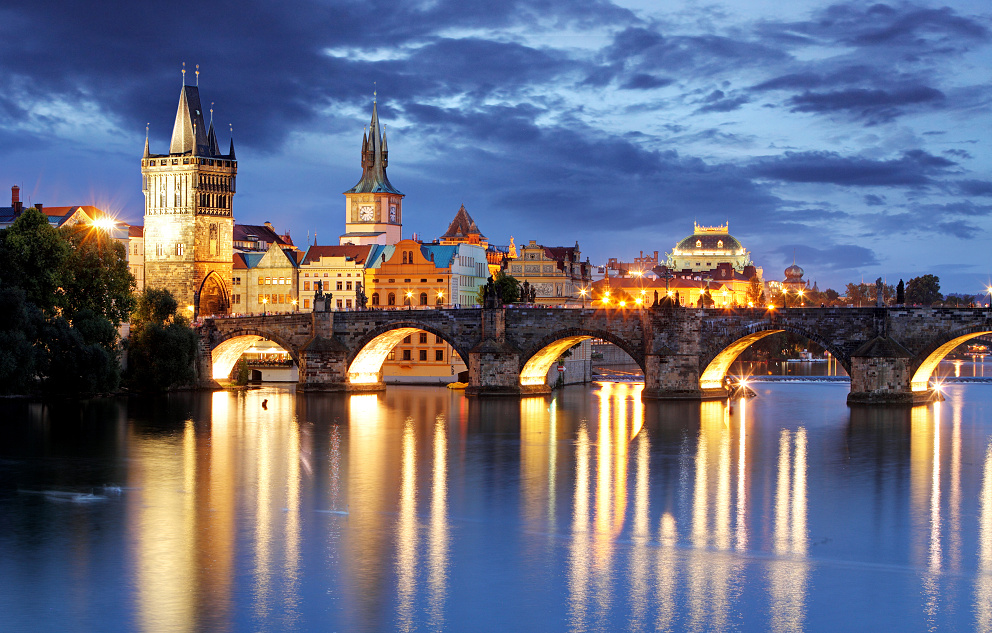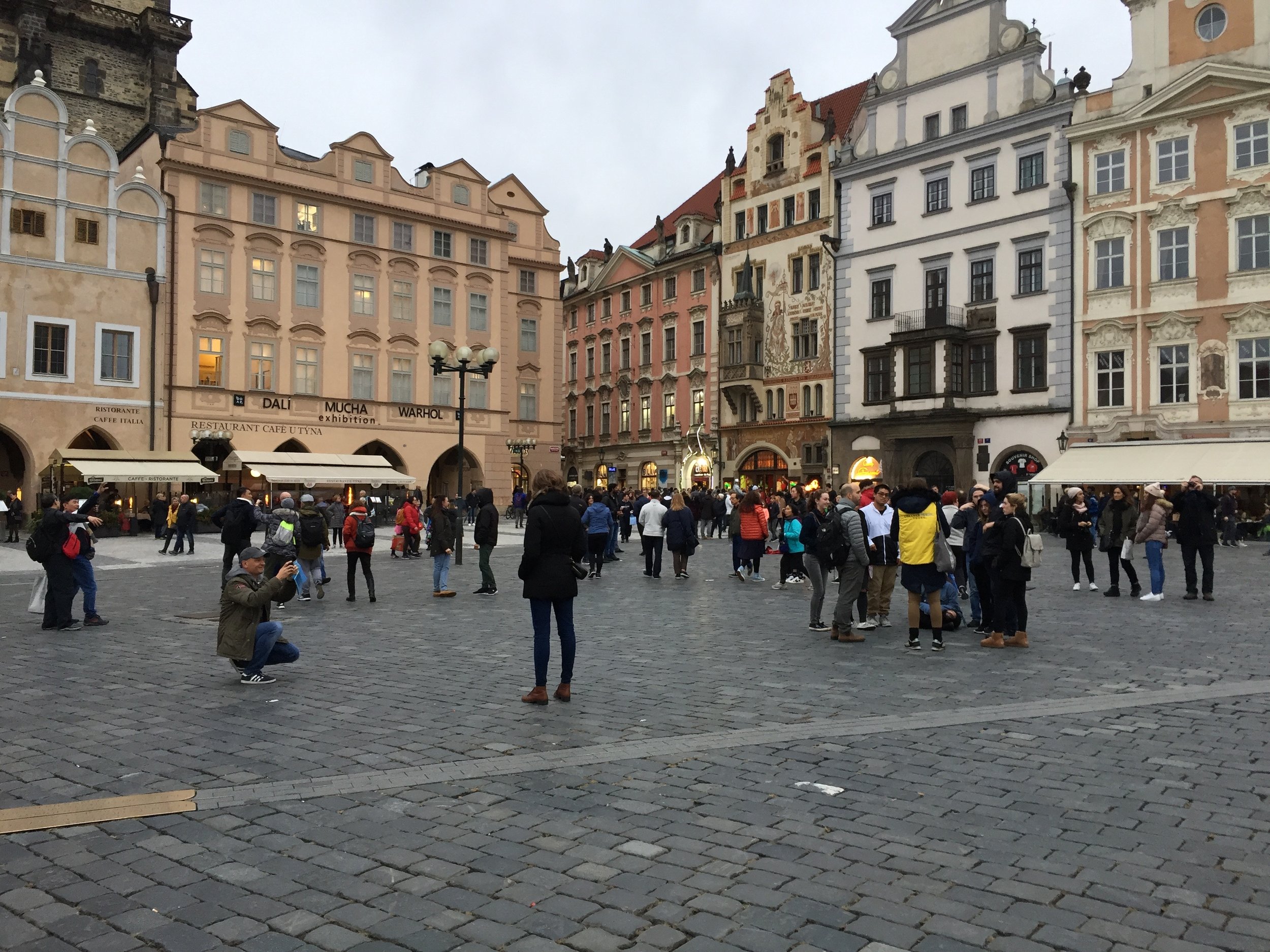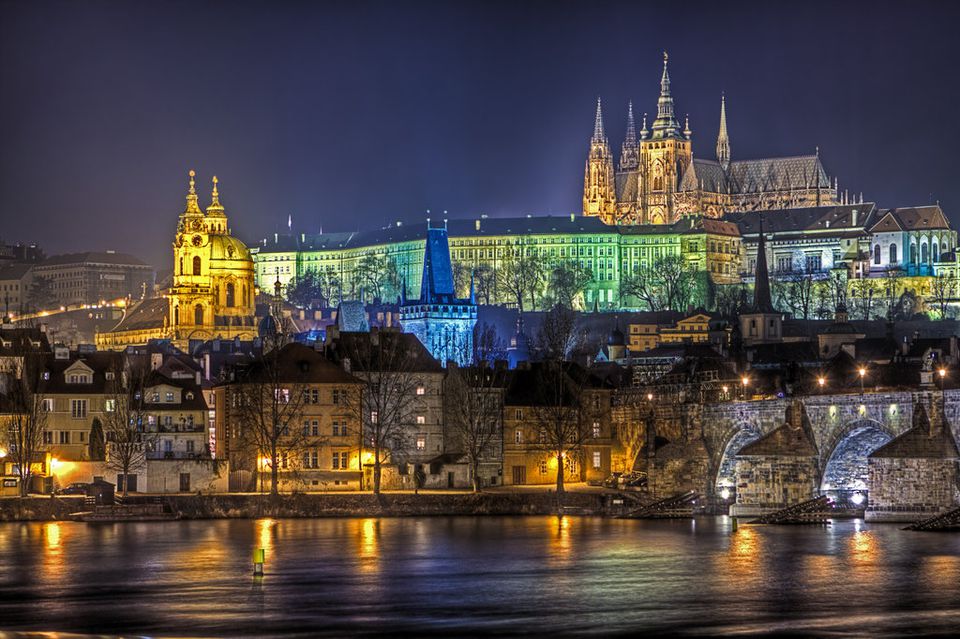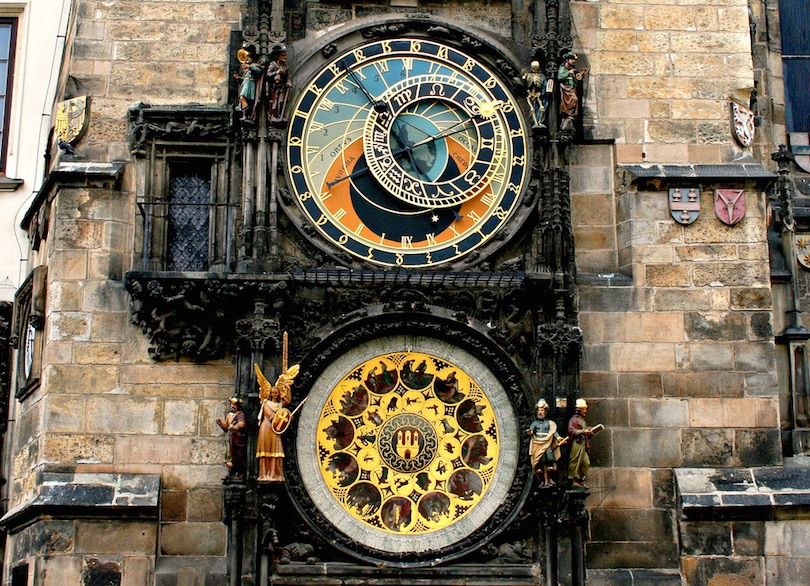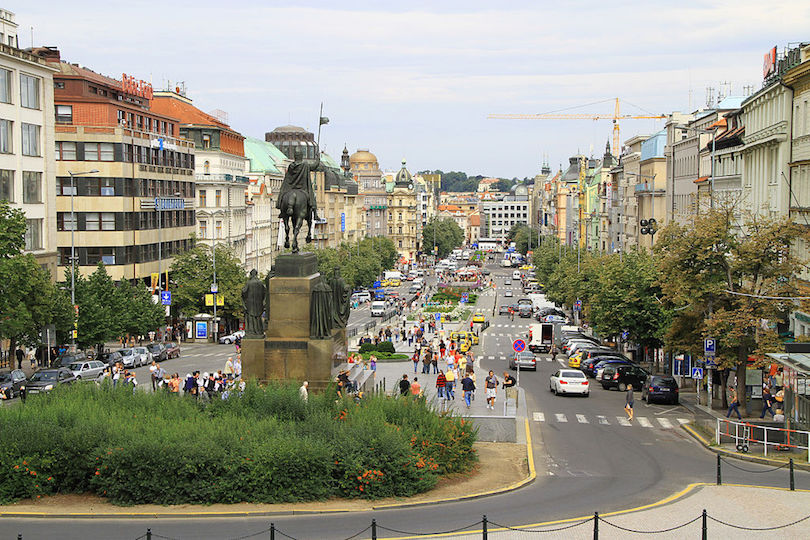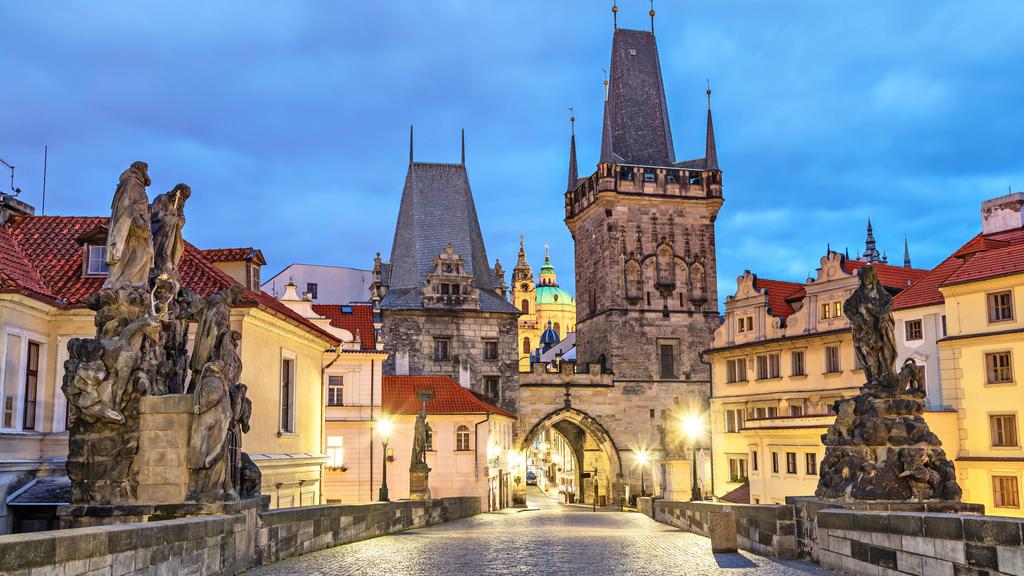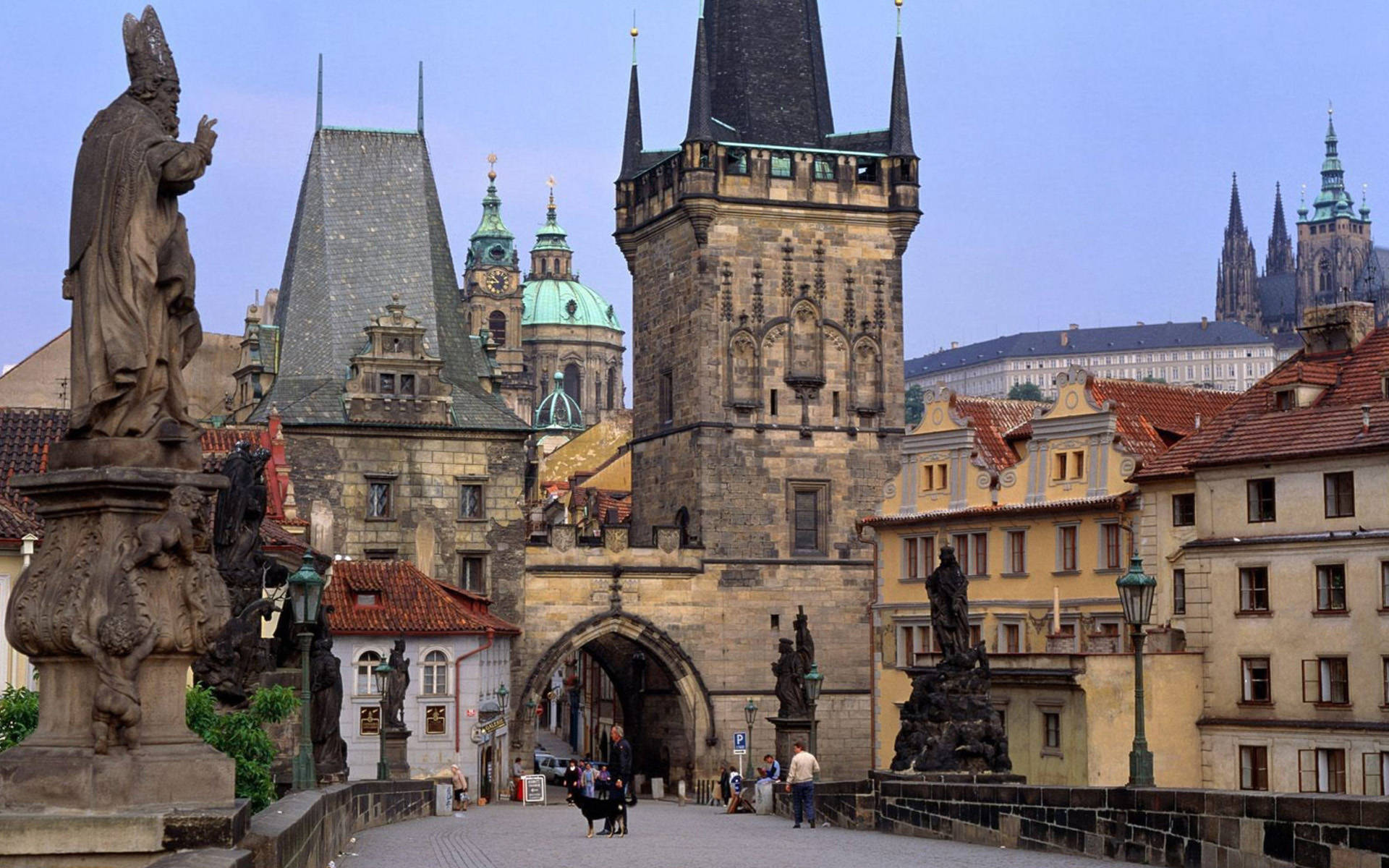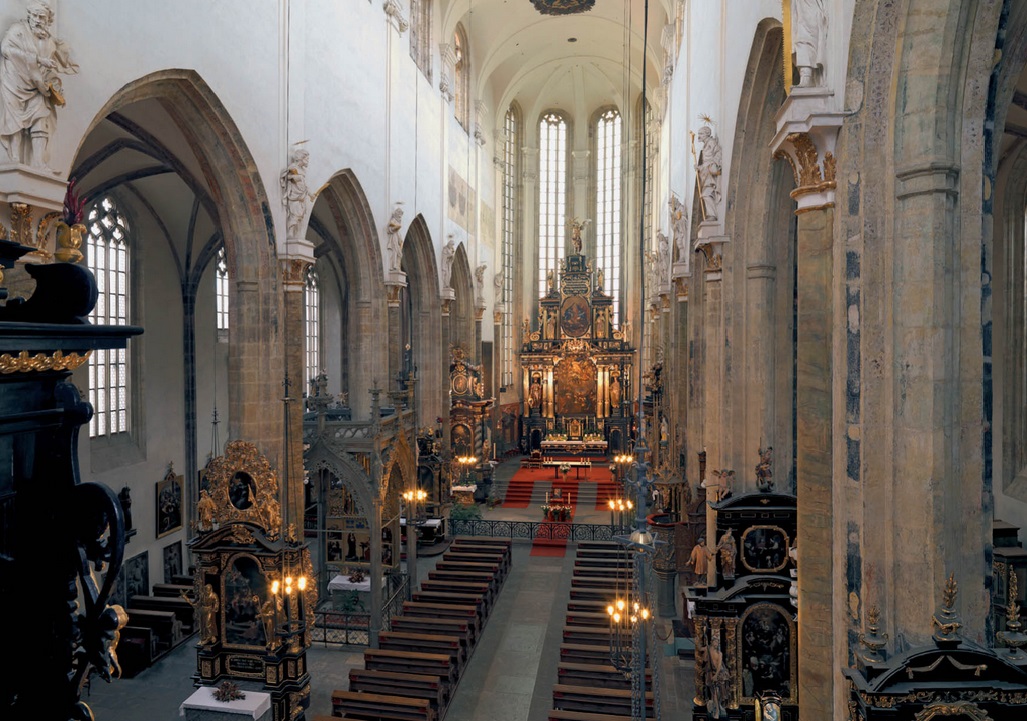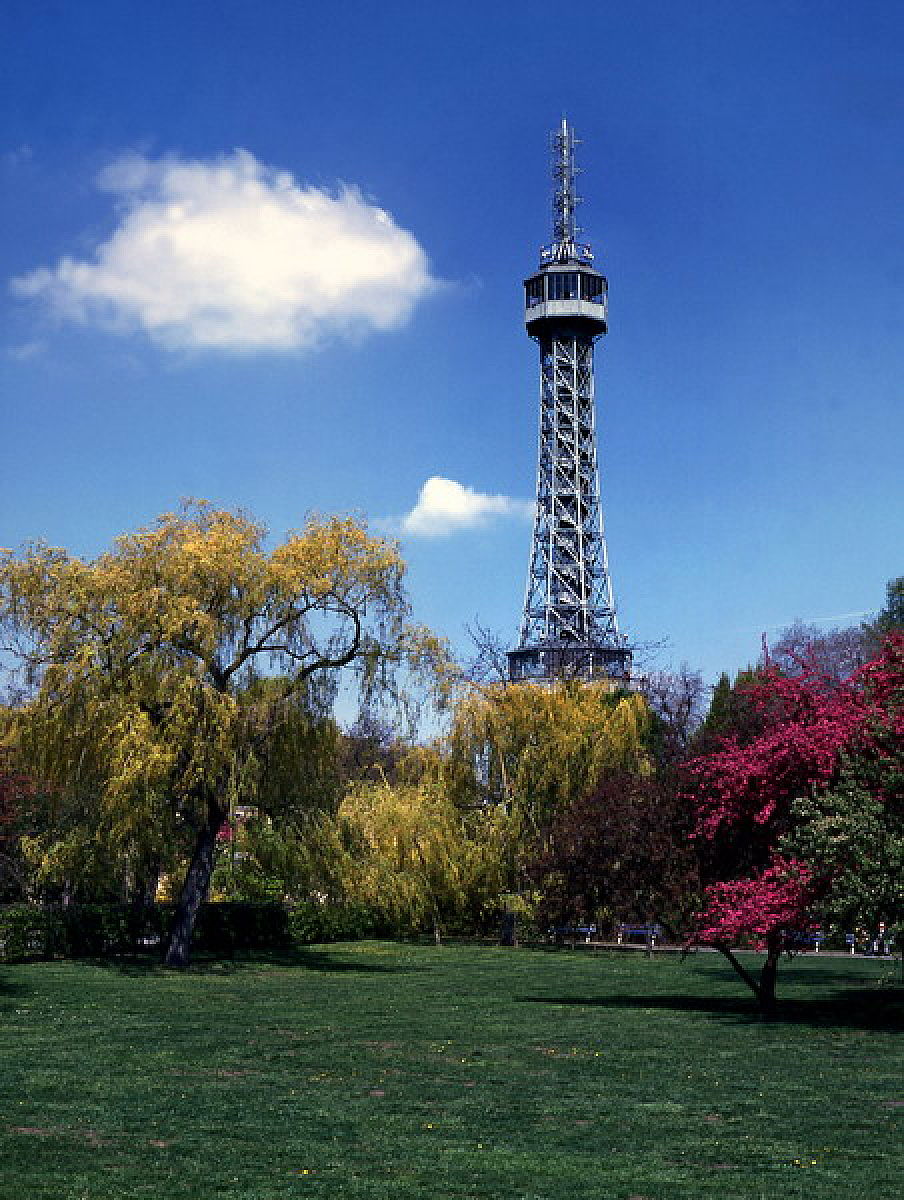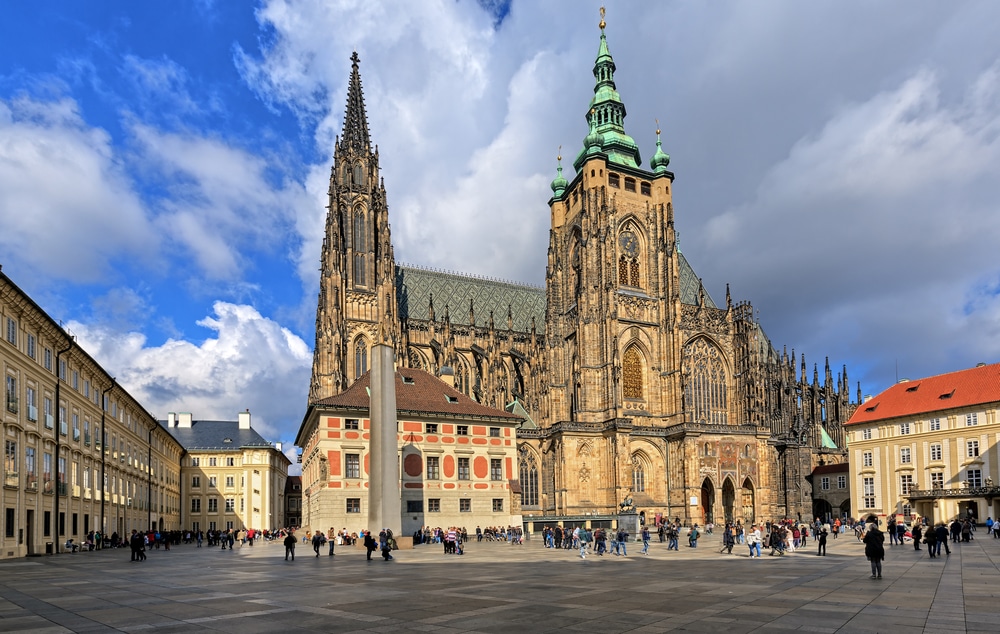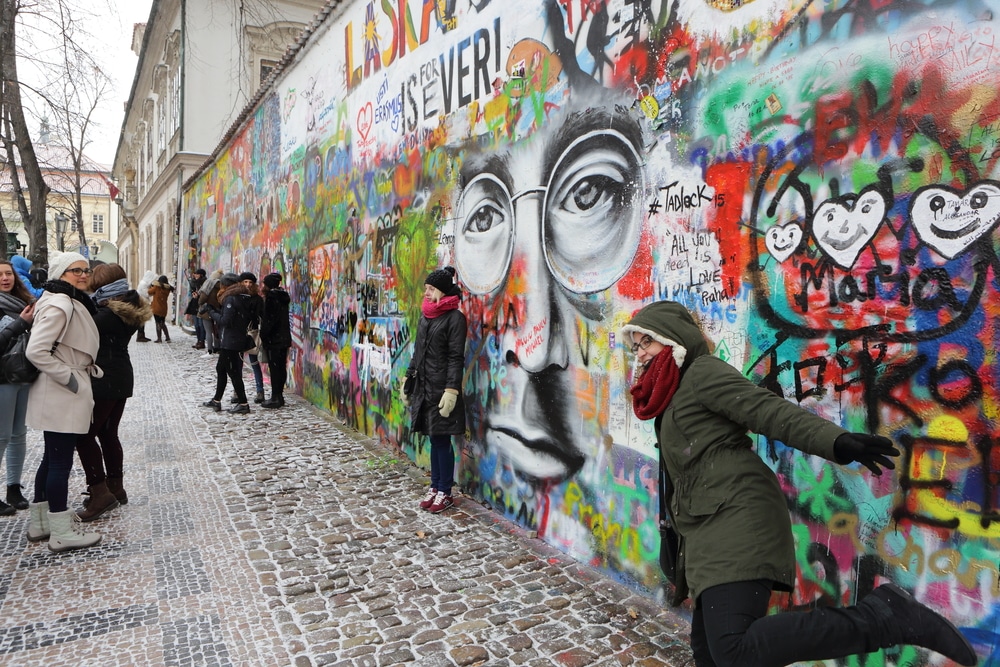TeamTullyTravel recently took a land tour with very dear friends, who are also clients to the European cities of Warsaw & Krakow, Poland; Budapest, Hungary; Vienna, Austria; Bratislava, Slovakia and Prague, Czech Republic via Gate 1 Travel. Gate 1 is a world-renowned tour company that has been in service for 38 years and provides many types of tours all over the world.
This was our first experience with Gate 1, even though one of our clients has used them frequently over the years and highly recommended them as a tour company to use for a trip like this. Our guide Niera, was excellent. She had 30 years of guide and travel experience and was outgoing, personable, funny and very caring of the 41 people we had in our tour. Her knowledge of the places we traveled to was outstanding. I don't know how she remembered all of the history she taught use during our 13 day journey.
In each city we visited, Gate 1 provided local guides who also had a wealth of knowledge of the particular area, its history, culture of the people, foods and provided information on spots to see when we had free time. This was a very busy trip and each day brought new adventures and memories.
We spent two nights in each city which gave us a little more time to soak in the vibe of the cities visited and to sample the local food. It was a busy trip, up at 6:00 am each day, down to breakfast by 7:00 am and then on the bus for a days tour by 8:00 am. So by the time you got back to the hotel each day, you were “pooped” to say the least.
The following is a brief history of each city visited and a catalog of our experiences captured in photo's.
Warsaw, Poland
Once you’ve traveled around Poland, you realize this: Warsaw is different. Rather than being centered on an old market square, the capital is spread across a broad area with diverse architecture: restored Gothic, communist concrete, modern glass and steel.
This jumble is a sign of the city’s tumultuous past. Warsaw has suffered the worst history could throw at it, including near destruction at the end of WWII – and survived. As a result, it’s a fascinating collection of neighborhoods and landmarks. Excellent museums interpret its complex story, from the joys of Chopin’s music to the tragedy of the Jewish ghetto.
It’s not all about the past, however. Warsaw’s restaurant and entertainment scene is the best in Poland. You can dine well and affordably here on cuisines from around the world, and take your choice of lively bars and clubs. This gritty city knows how to have fun.
Krakow, Poland
If you believe the legends, Kraków was founded on the defeat of a dragon, and it’s true a mythical atmosphere permeates its attractive streets and squares.
Wawel Castle is a major drawcard, while the Old Town contains soaring churches, impressive museums and the vast Rynek Główny, Europe’s largest market square. In the former Jewish quarter, Kazimierz, remnant synagogues reflect the tragedy of the 20th century, while lively squares and backstreets symbolize the renewal of the 21st. Here and throughout the Old Town are hundreds of restaurants, bars and clubs.
However, there’s more to the former royal capital than history and nightlife. As you walk through the Old Town, you might be overwhelmed by the harmony of a quiet backstreet, the ‘just so’ nature of the architecture and light. At times like these Kraków reveals its harmonious blend of past and present, an essential part of any visit to Poland.
Once you find your way to the Main Square, there is a tower attached to St.Mary’s Cathedral. There is a history of a trumpeter that plays daily from the very top of the tower - READ HISTORY
Concentration Camps
You think you know the whole story of what happened during WWII regarding the holocaust and the concentration camps that the Germans established to eliminate many of the Jewish faith or political prisoners the Germans wanted to eliminate. You think you know because you studied it in school or you have read books or seen movies or documentaries on TV. You think you do...BUT YOU DON'T! Nothing that you have studied in school or have read or seen on TV can prepare you for what really happened during this time, until you actually visit the real camps in Poland.
TeamTullyTravel made a pilgrimage to three of these camps in Poland. Treblinka, Auschwitz & Birkenau. Until you walk the same land, here the tour guides explain what really happened, will you ever get close to the horror that took place in these camps during a 3 year period.
Treblinka
This camp was an extermination camp built and operated by Nazi Germany in occupied Poland during World War II. It was located in a forest north-east of Warsaw, (2.5 mi) south of the Treblinka train station in what is now the Masovian Voivodeship. The camp operated between July 22, 1942 and October 19, 1943 as part of Operation Reinhard, the deadliest phase of the Final Solution. During this time, it is estimated that between 700,000 and 900,000 Jews were killed in its gas chambers, along with 2,000 Romani people. More Jews were killed at Treblinka than at any other Nazi extermination camp apart from Auschwitz. Much of the camp is gone, destroyed by the Germans during the American occupation to cover up the death and destruction this camp caused to human lives….READ MORE
Auschwitz
Auschwitz, also known as Auschwitz-Birkenau, opened in 1940 and was the largest of the Nazi concentration and death camps. Located in southern Poland, Auschwitz initially served as a detention center for political prisoners. However, it evolved into a network of camps where Jewish people and other perceived enemies of the Nazi state were exterminated, often in gas chambers, or used as slave labor. Some prisoners were also subjected to barbaric medical experiments led by Josef Mengel.
During World War II (1939-45), more than 1 million people, by some accounts, lost their lives at Auschwitz. In January 1945, with the Soviet army approaching, Nazi officials ordered the camp abandoned and sent an estimated 60,000 prisoners on a forced march to other locations. When the Soviets entered Auschwitz, they found thousands of emaciated detainees and piles of corpses left behind….READ MORE
Birkenau
Birkenau was the largest of the more than 40 camps and sub-camps that made up the Auschwitz complex. During its three years of operation, it had a range of functions. When construction began in October 1941, it was supposed to be a camp for 125 thousand prisoners of war. It opened as a branch of Auschwitz in March 1942, and served at the same time as a center for the extermination of the Jews. In its final phase, from 1944, it also became a place where prisoners were concentrated before being transferred to labor in German industry in the depths of the Third Reich.
The majority—probably about 90%—of the victims of Auschwitz Concentration Camp died in Birkenau. This means approximately a million people. The majority, more than nine out of every ten, were Jews. A large proportion of the more than 70 thousand Poles who died or were killed in the Auschwitz complex perished in Birkenau. So did approximately 20 thousand Gypsies, in addition to Soviet POWs and prisoners of other nationalities.
Budapest, Hungry
I must say that Budapest is one of the best cities I have ever visited. The architecture, the history, the cruise down the Danube at night on a dinner cruise, the city is just buzzing all of the time. And at night, it takes on a whole different vibe and beauty. Budapest is paradise for explorers. Keep your senses primed and you'll discover something wonderful at every turn.
Budapest’s beauty is not all God given; humankind has played a role in shaping this pretty face too. Architecturally, the city is a treasure trove, with enough baroque, neoclassical, Eclectic and art nouveau buildings to satisfy everyone. Overall, though, Budapest has a special "vibe" like no other city I have visited. Tour this city at night and it ranks right up there with Paris, Rome or Barcelona with a light show on buildings & bridges that will leave you dazzled.
They say the past is another country, but it’s always been just around the corner in Budapest. Witness the bullet holes and shrapnel pockmarks on buildings from WWII and the 1956 Uprising. There are sad reminders like the poignant Shoes on the Danube memorial, but ones, too, of hope and reconciliation.
There's a lot more to Hungarian food than goulash, and it remains one of the most sophisticated styles of cooking in Europe. Budapest’s reputation as a food capital dates largely from the late 19th and the first half of the 20th century and, despite a fallow period under communism, the city is once again commanding attention as a world center for the gourmet pallet.
Vienna, Austria
Vienna was a different city than I had expected. I guess you get a certain picture in your mind of what a city should look & feel like, and Vienna was not that picture. It is a grand city with hundreds of years of history, lots of turmoil and of course change, but a city that has its own flavor and uniqueness all to itself.
Baroque streetscapes and imperial palaces set the stage for Vienna's artistic and musical masterpieces alongside its coffee-house culture and vibrant epicurean and design scenes.
Vienna's imperial grandeur is the legacy of the powerful Habsburg monarchy. Their home for more than six centuries, the Hofburg palace complex, incorporates the Burgkapelle (Imperial Chapel), where the Vienna Boys' Choir sings Sunday Mass, and the famed Spanish Riding School, where Lipizzaner stallions perform elegant equine ballet, along with a trove of museums. There are so many special places to see in Vienna, it’s hard to see them all in just a few days. The pictures should give you just a sampling of what is in store for you when you visit.
One of the optional tours we took was a Mozart & Strauss concert. A memory we will always cherish. Listening to their music you are thrown back in time to their era of music in the same compact theatre that both performed their works of art. It was truly a world experience.
One thing I was totally blown away with seeing it in such a grand city, is the street art (what we at home call graffiti). There is no law against this in Vienna and you see it everywhere. It is not so much gang territory tagging as it is art, and some of it is pretty creative.
Lastly if you are a coffee drinker, in Vienna, the coffee house isn’t just a hangout: it’s an institution. Lingering over a newspaper with a pastry and a strong espresso drink is officially a Viennese cultural pastime.
Bratislava, Slovakia
An hours drive east of Vienna we ventured out to visit Bratislava. Slovakia’s capital is love at first sight and oozes style, culture and history. Until 1919 Bratislava was known as Pressburg and up to that point it had been part of Hungary in some form for more than 1000 years. From the 16th century the Hungarian crown jewels were kept at the castle, and eleven kings and queens of Hungary were crowned in the city’s cathedral.
The city’s position on the Danube and at the nexus point of trade routes helped it grow into a center of commerce and power in that time. The city’s deep layers of history are all exposed, so be prepared for palaces, castles, churches and outlandish Soviet megastructures.
Nowadays Bratislava doesn’t provoke admiring swoons; it intrigues. Bratislava feels like a frenetic mix of wild and urban, classic and contemporary and it only became capital of newly independent Slovakia only in 1993. Traversing Bratislava's preserved spires and squares from its 18th-century heyday, is a great way to spend the day. Venture down to Old Town Square, walking the cobblestoned streets and pursuing the many shops and alleyways, and you are catapulted back into time hundreds of years ago.
The people are friendly and outgoing and interested in seeing you have a great time visiting their city, hopefully buying that special gift to take back home to remember your time spent in a magical place.
Prague, Czech Republic
Prague is truly an old gem that just keeps getting brighter with age. The history and architecture of this city is unbelievable. It is hard to describe to a person who has never visited this city, what to expect or the feelings they will come away with upon visiting this amazing city. Prague is the equal of Paris in terms of beauty. Its history goes back a millennium.
Everyone who visits the Czech Republic should start with Prague, the cradle of Czech culture and one of Europe’s most fascinating cities. Prague offers a near-intact medieval core of Gothic architecture that can transport you back 500 years. Walking across the 14th-century Charles Bridge, which connects two historic neighborhoods across the Vltava River, with the castle ramparts and the spires of St Vitus Cathedral rising above, is one of the classic sights of world travel. But the city is not just about history, it’s also a vital urban center with a rich array of cultural offerings, and a newly emerging foodie scene.
Prague's maze of cobbled lanes and hidden courtyards is a paradise for the aimless wanderer, always beckoning you to explore a little further. Just a few blocks away from the Old Town Square you can stumble across ancient chapels, unexpected gardens, cute cafes and old-fashioned bars with hardly a tourist in sight. One of the great joys of the city is its potential for exploration. Visiting the neighborhoods such as Vinohrady and Bubeneč can reward the urban adventurer with countless memories, from the setting sun glinting off church domes, to the strains of classical music drifting from an open window.
So there you have it, our 13 day, 5 country land tour. A fabulous trip with great friends and so many memories that will last a lifetime. I would highly recommend a tour of this nature if you really want to see the lands that you travel, meet the local people, share their life and city, and eat the native foods. It will leave you with a great sense of accomplishment and a wanting to do it again, to another land you have wanted to see and experience.


